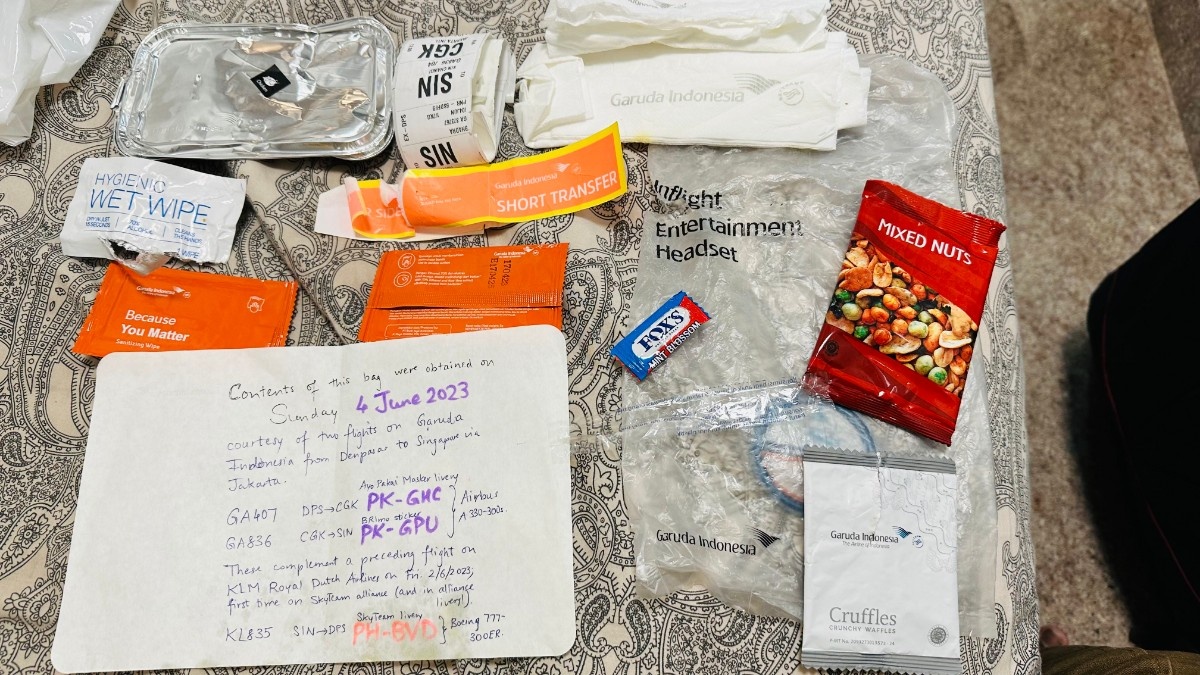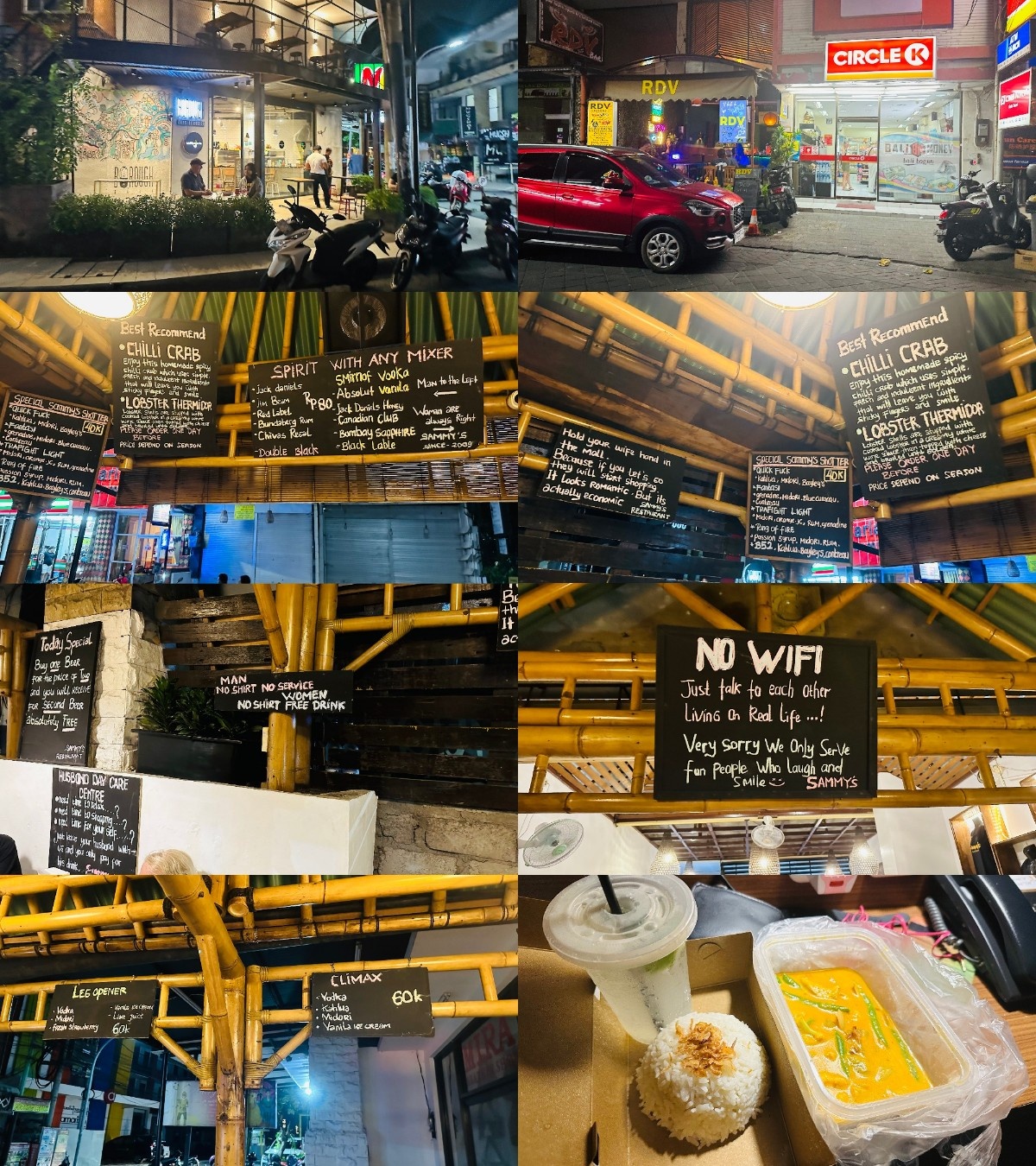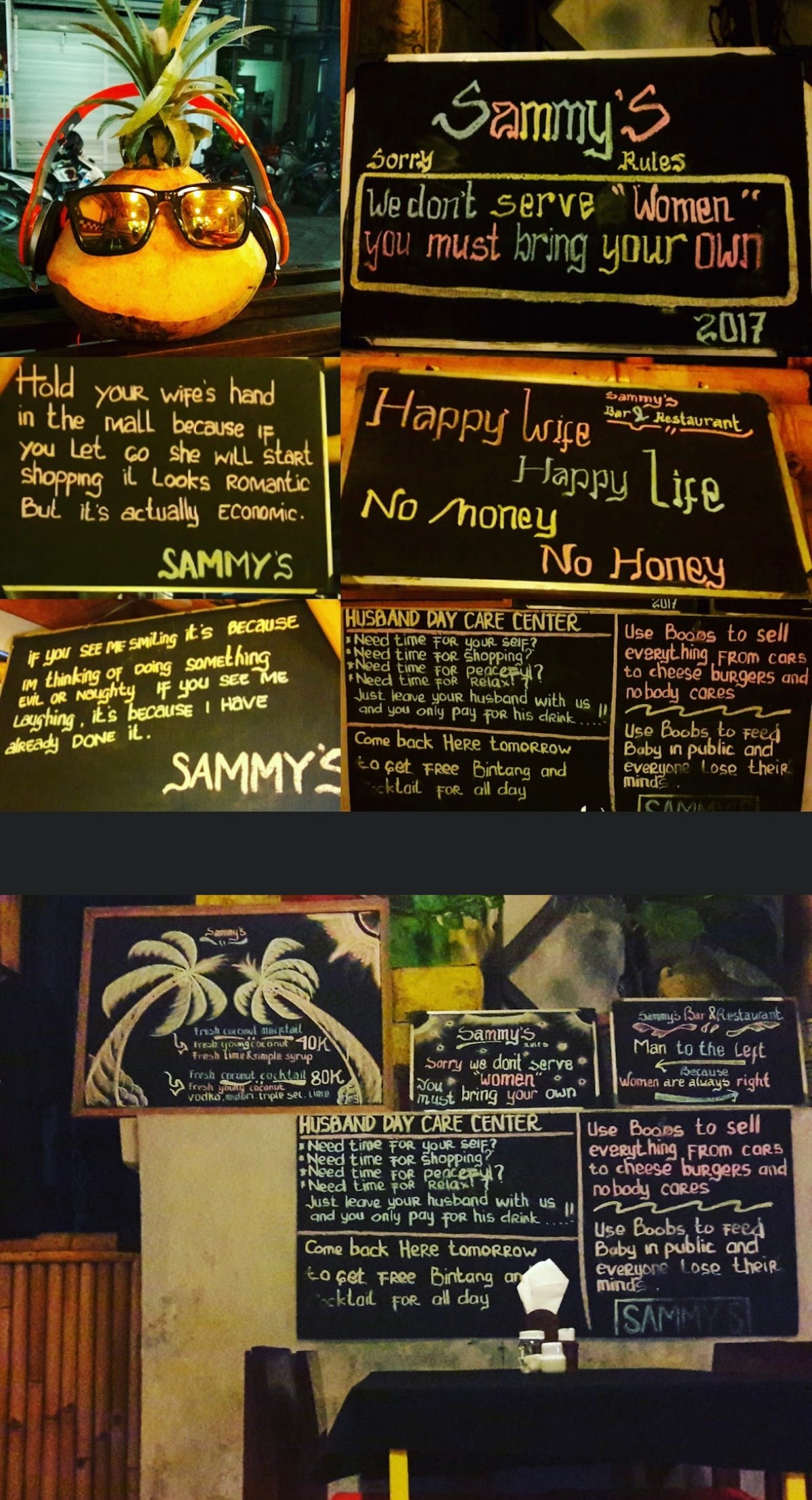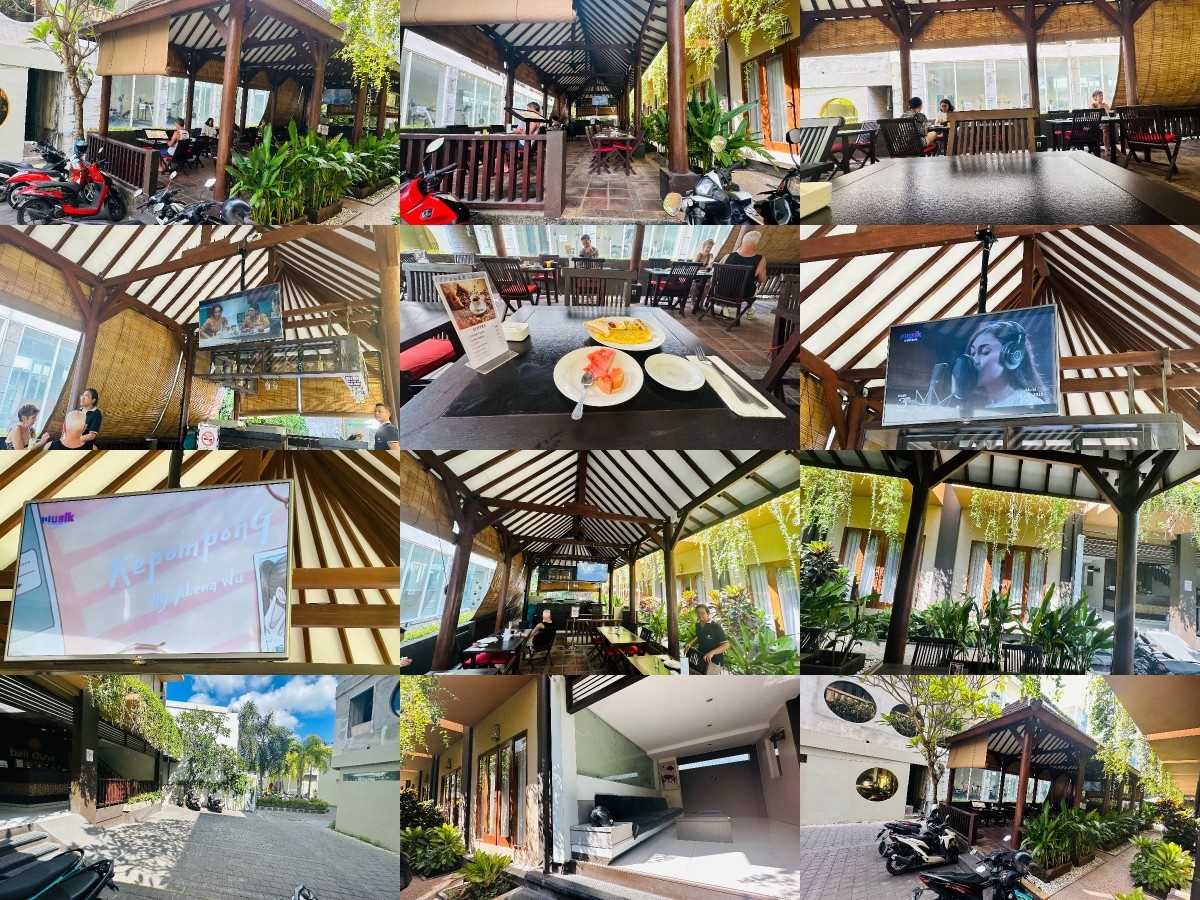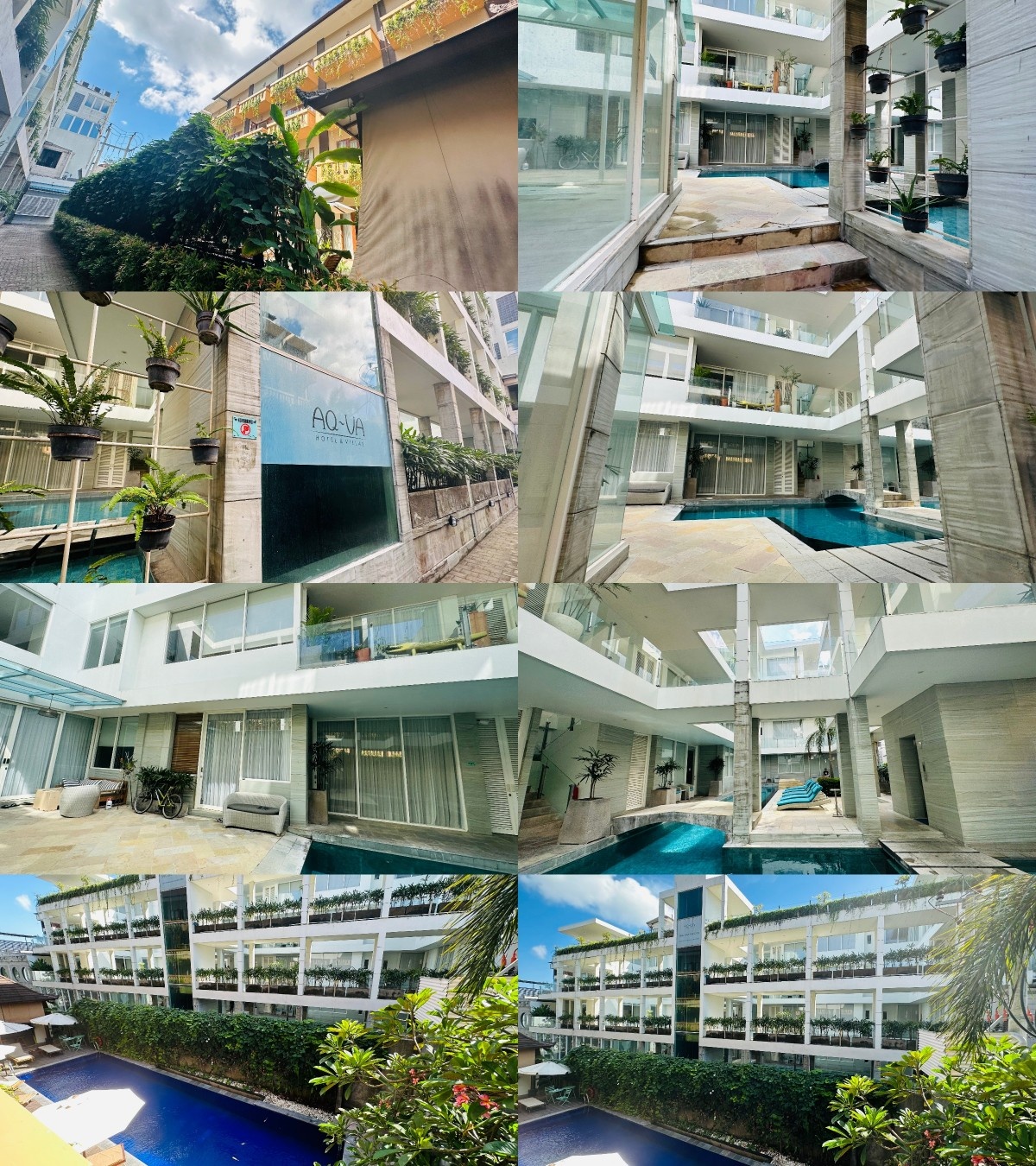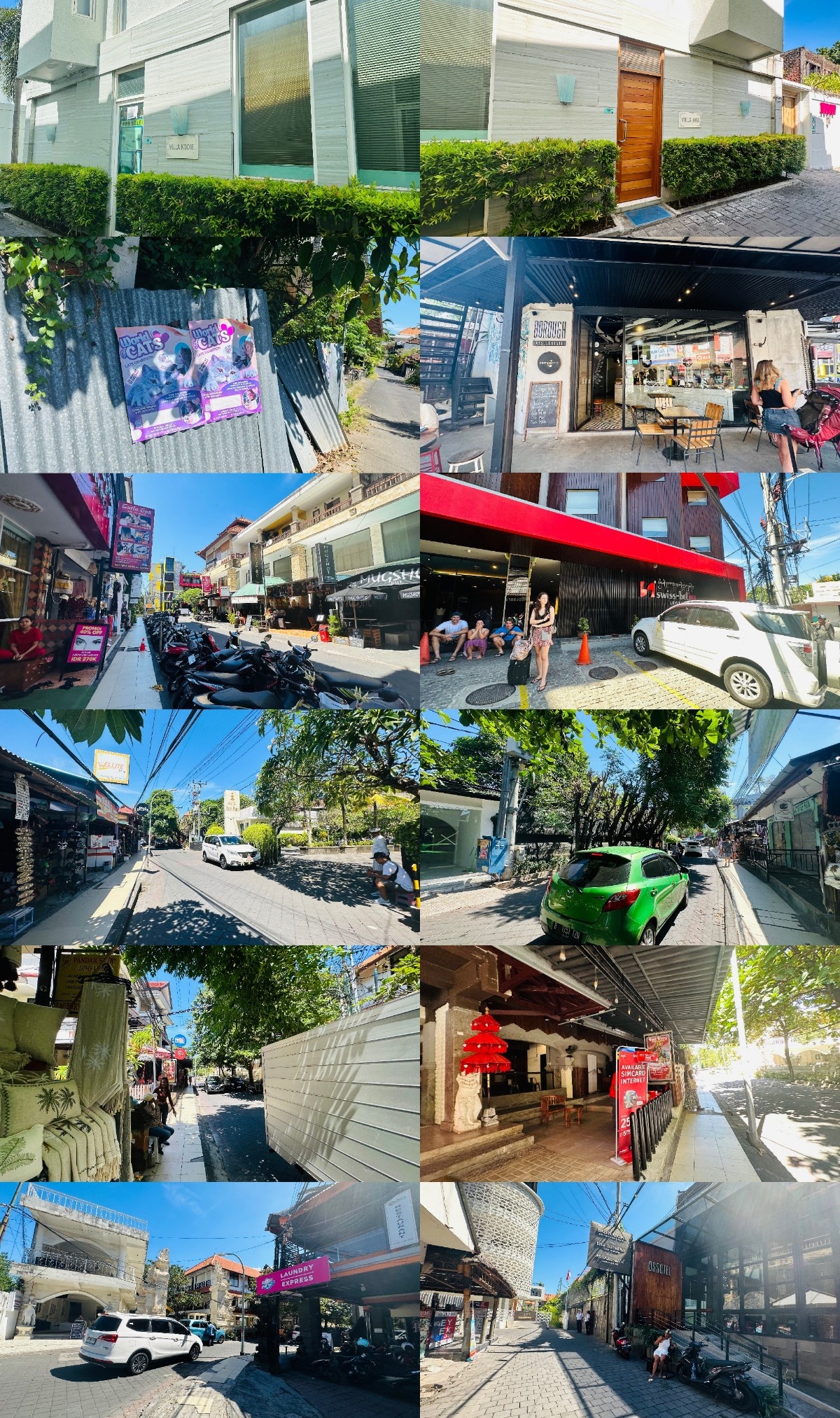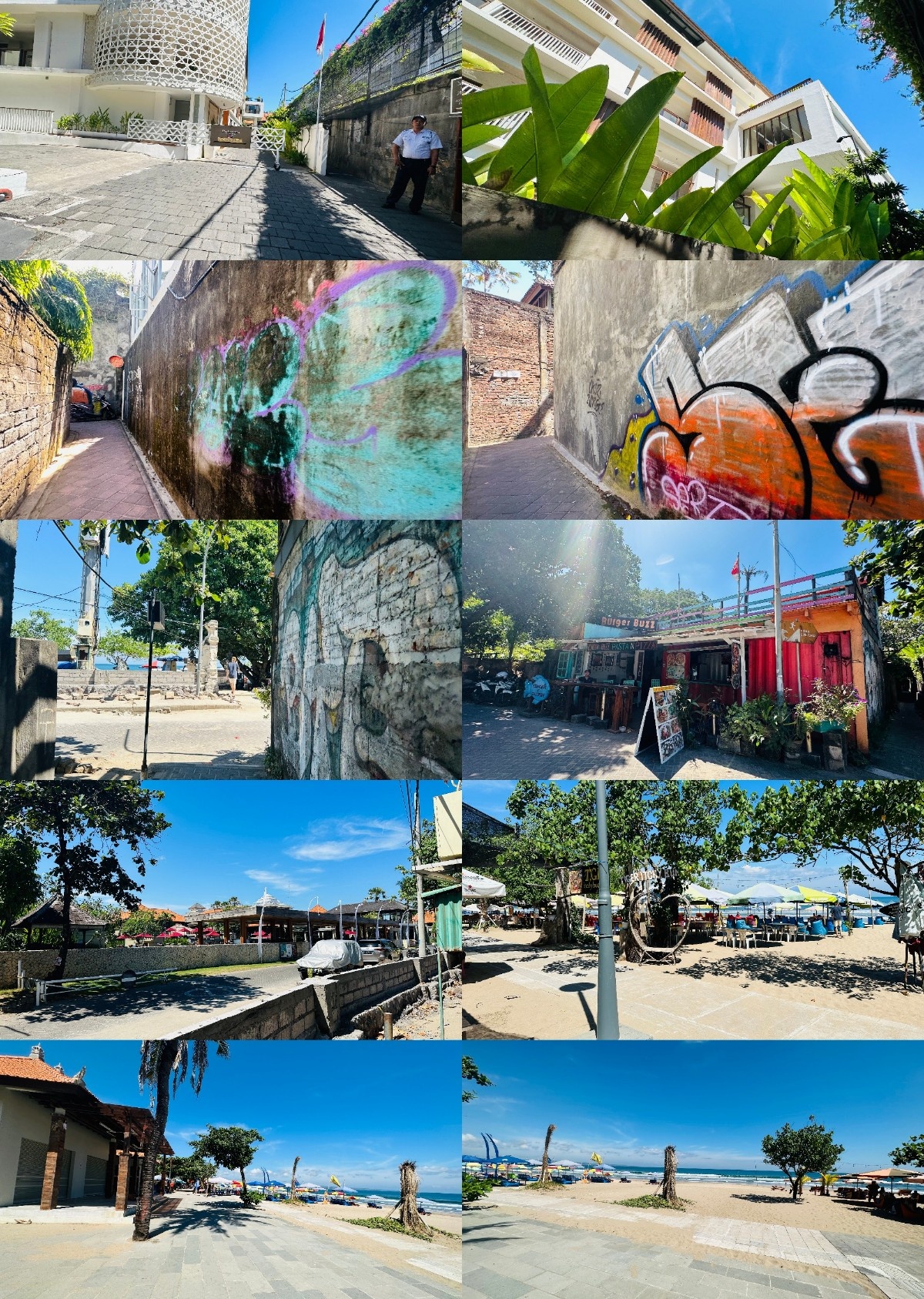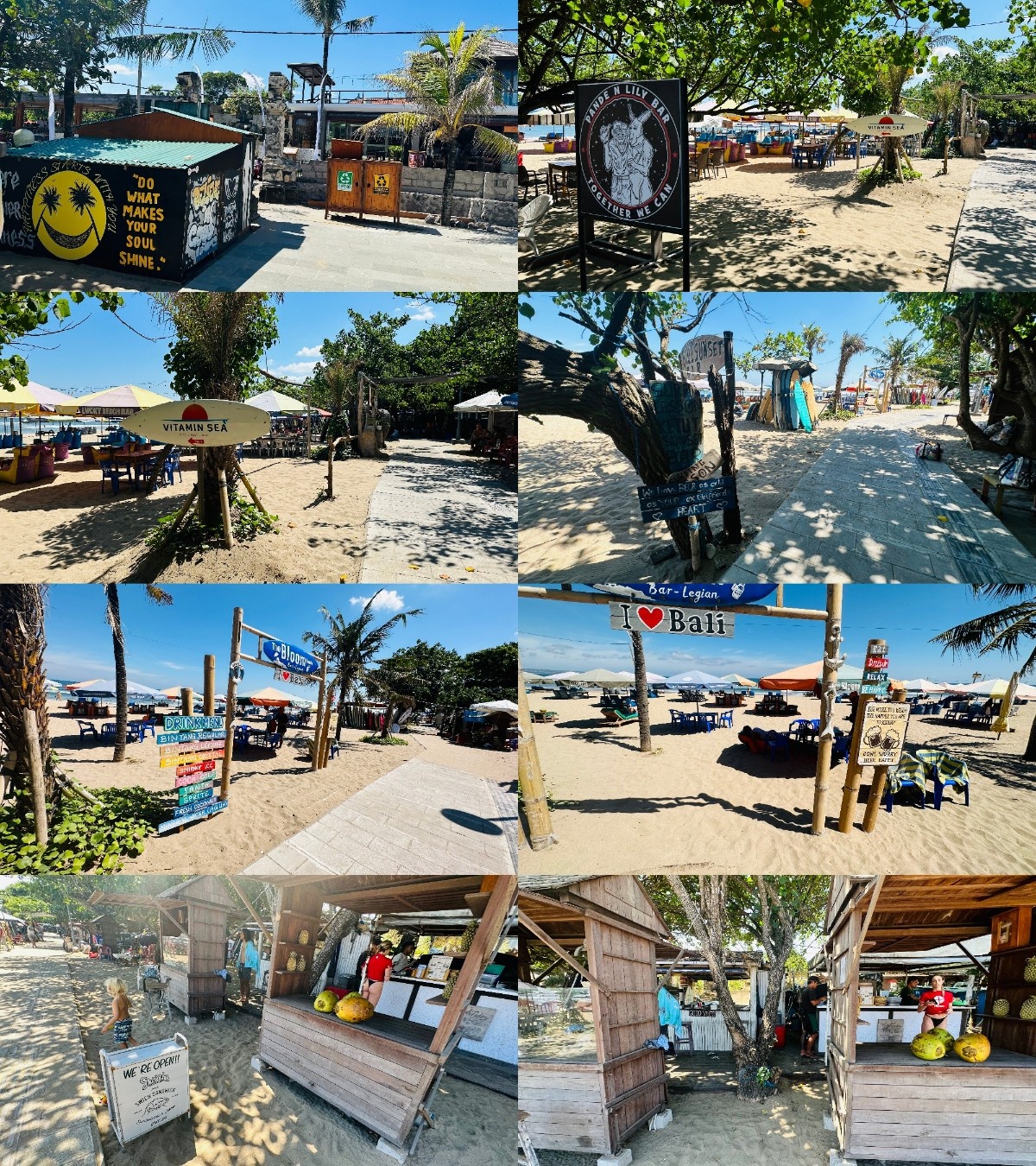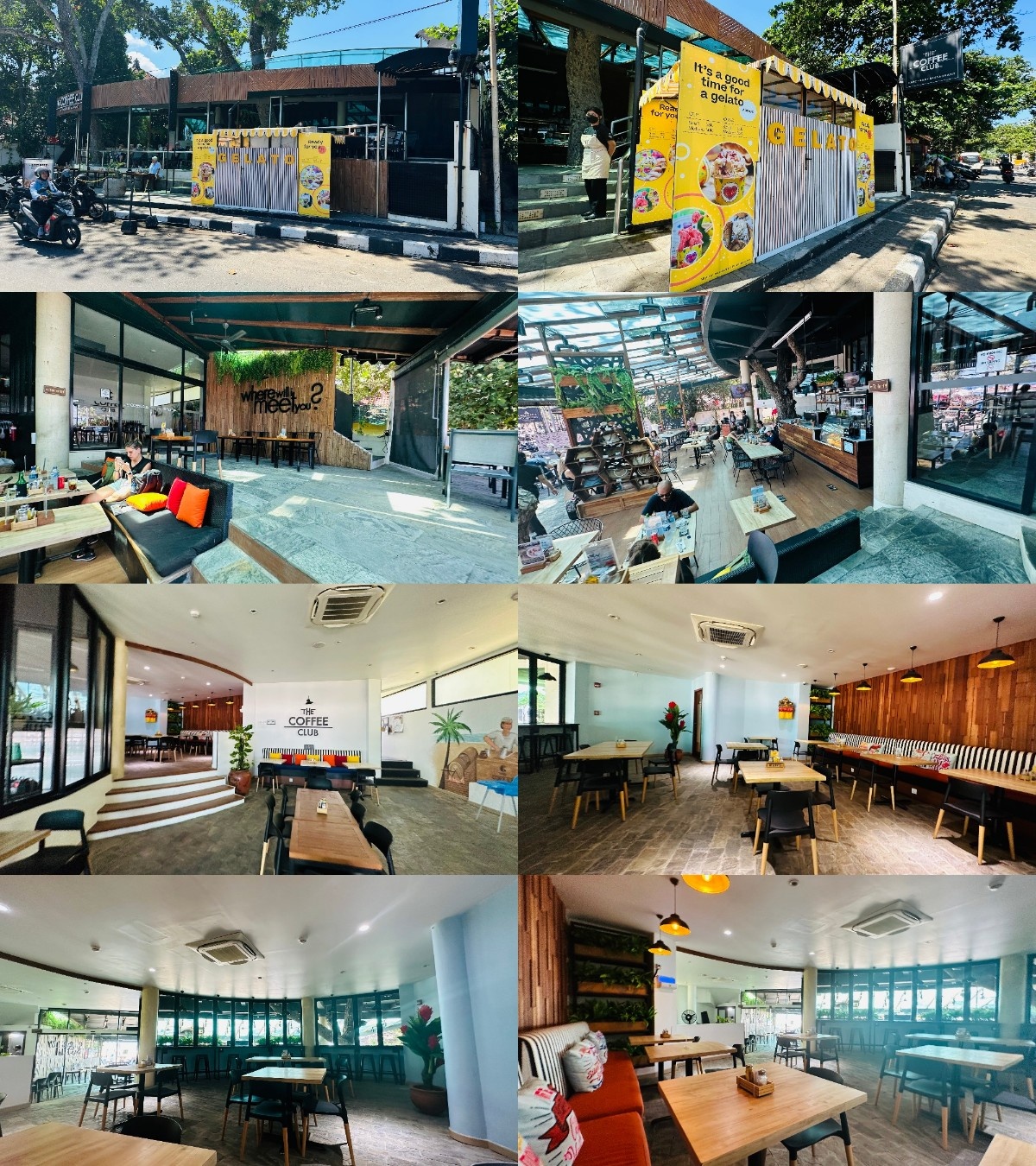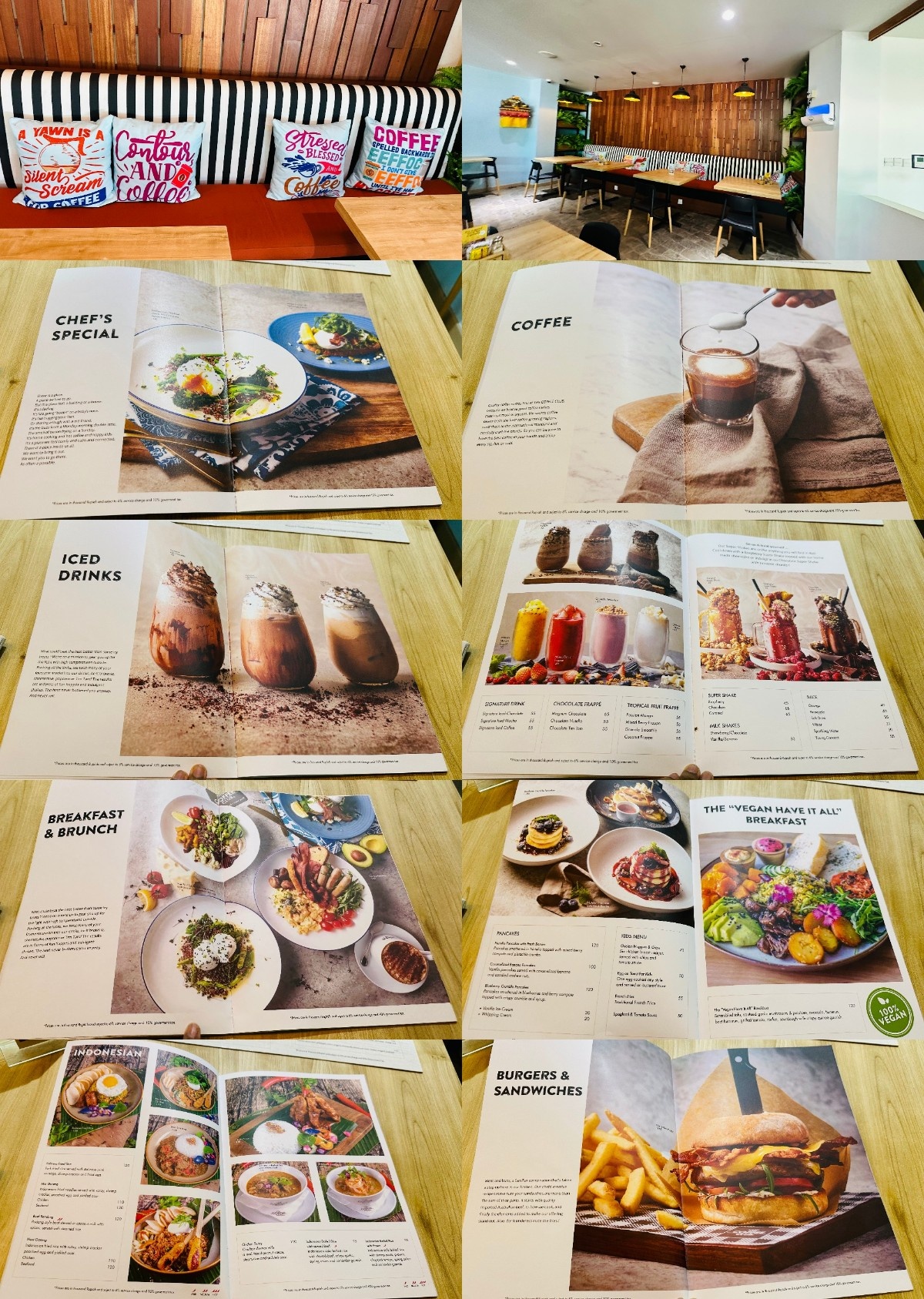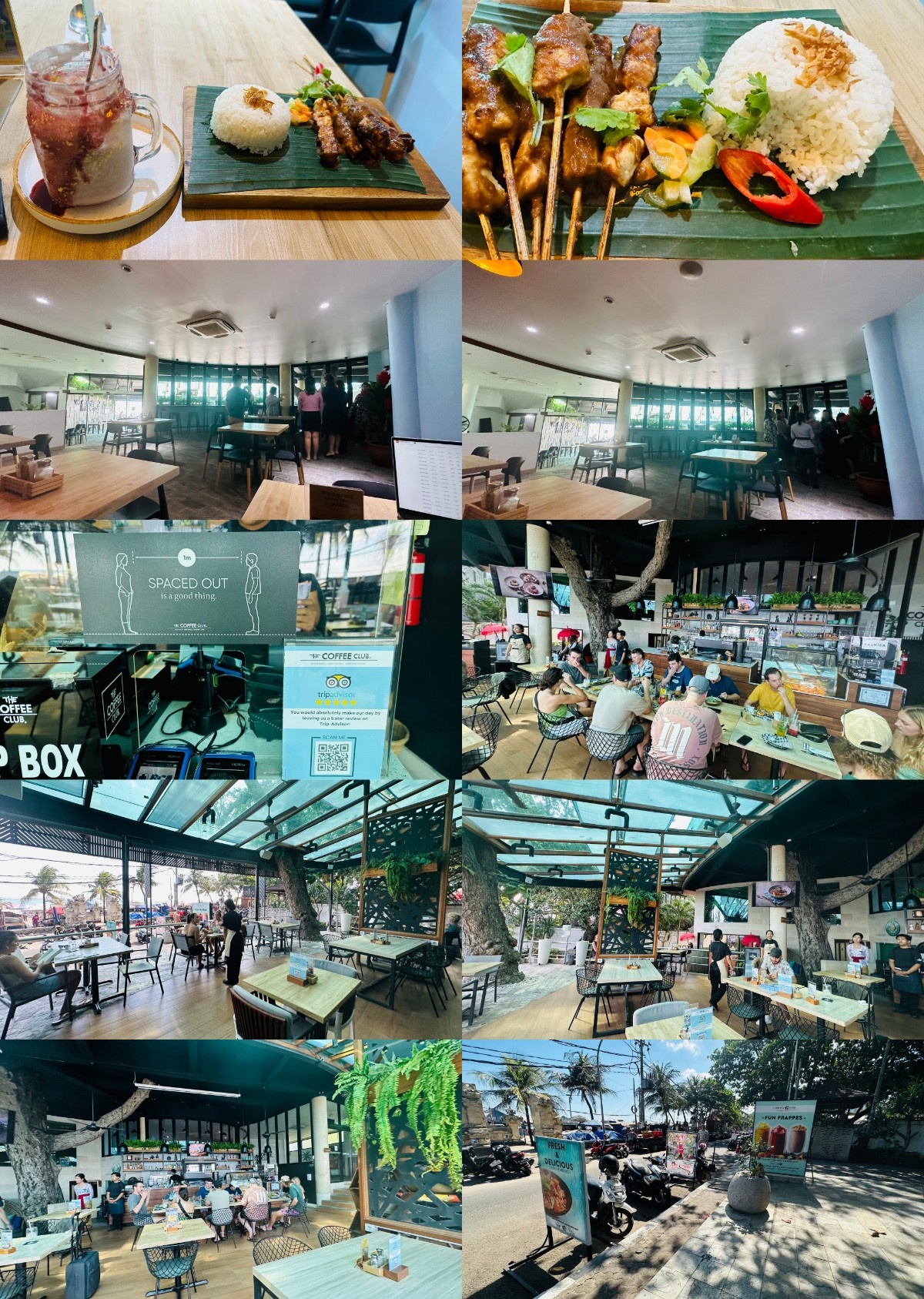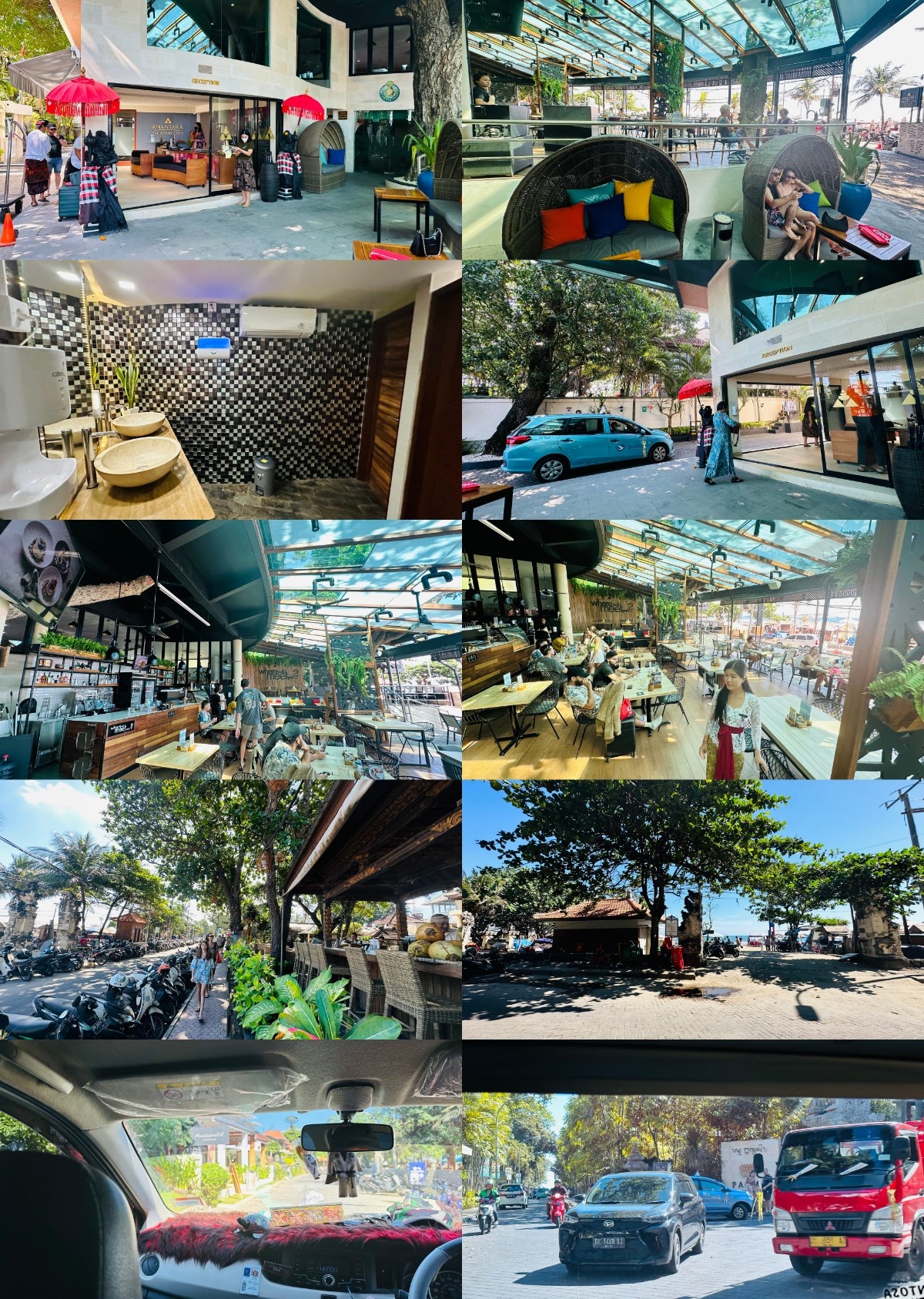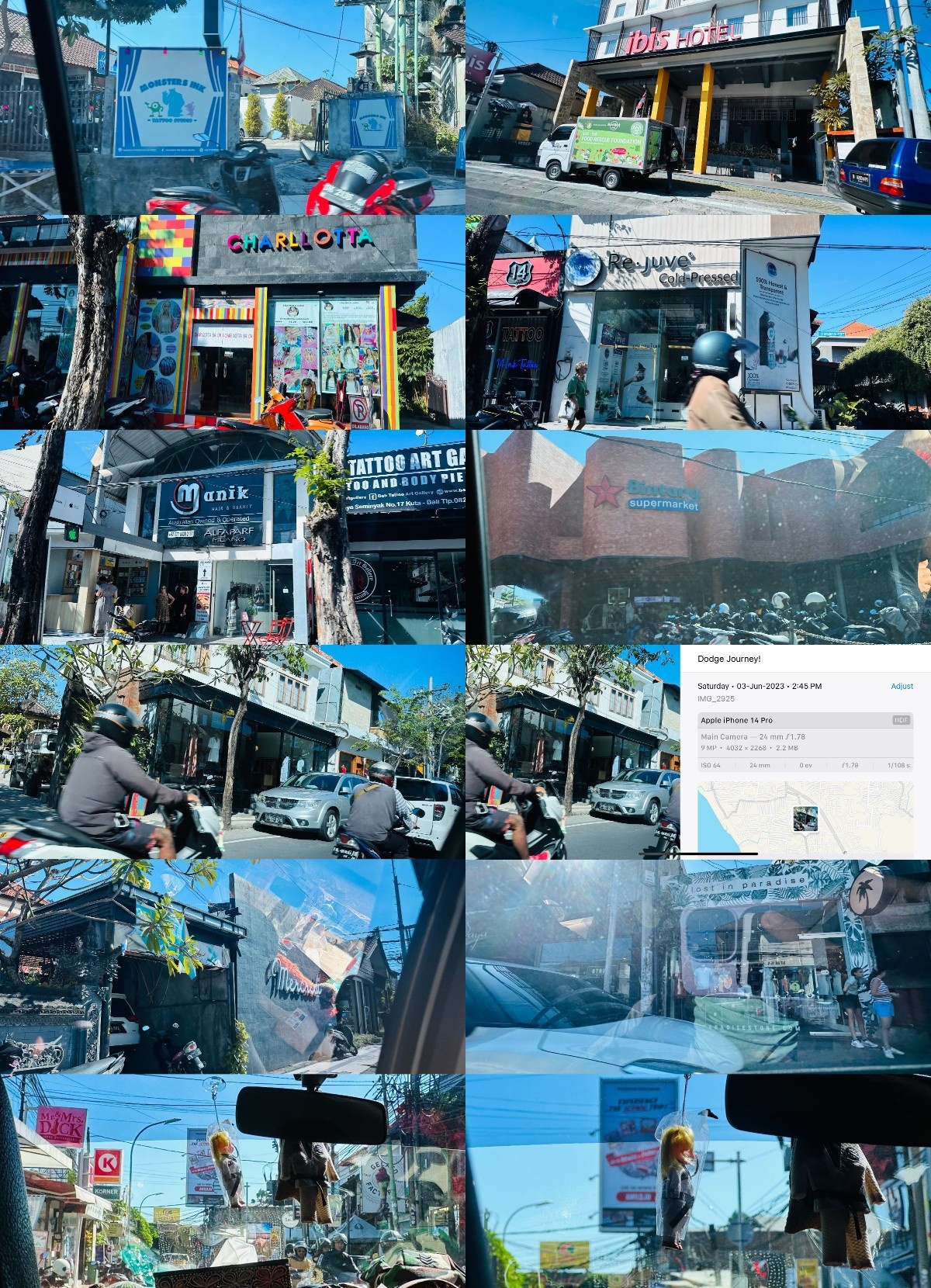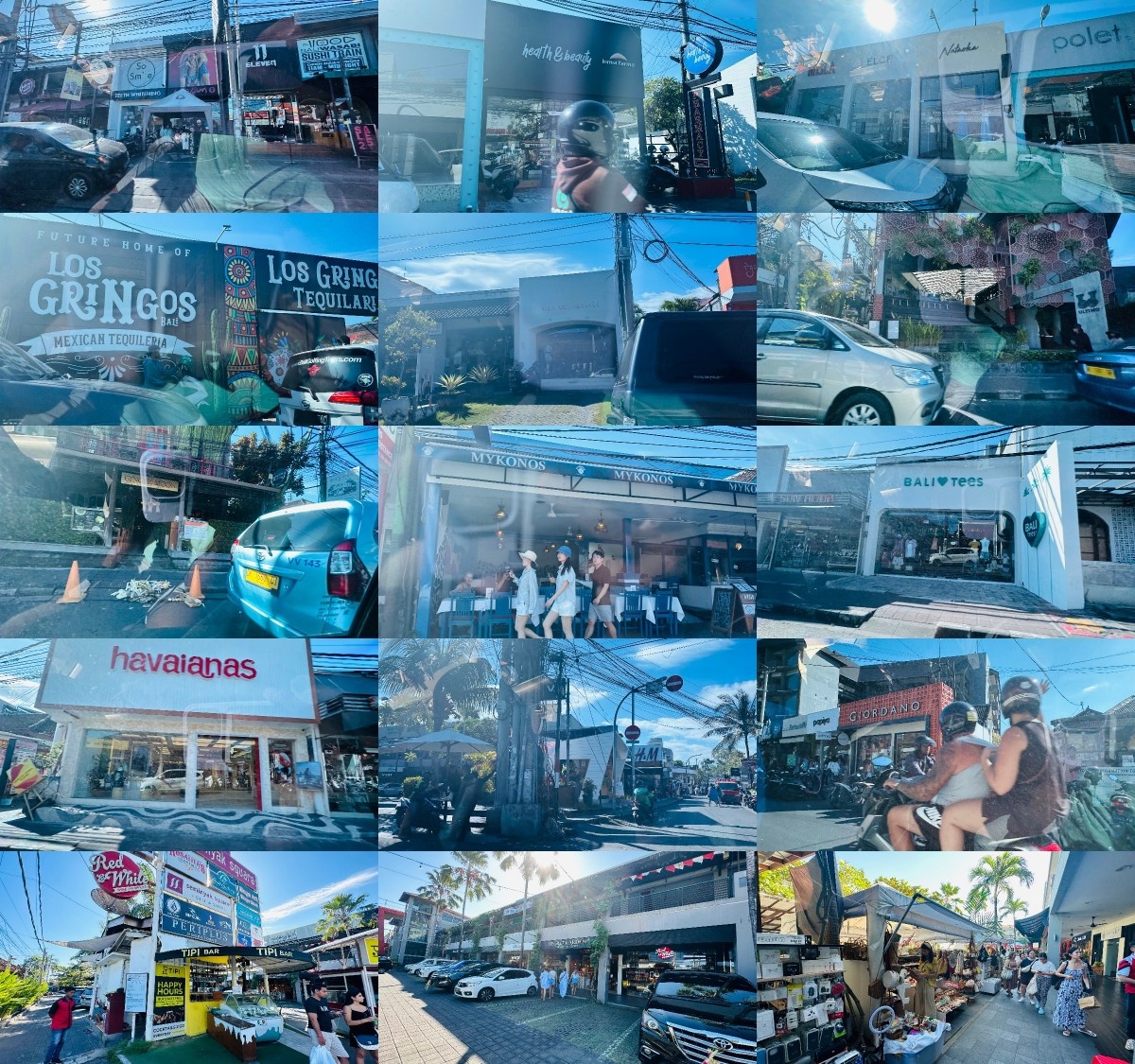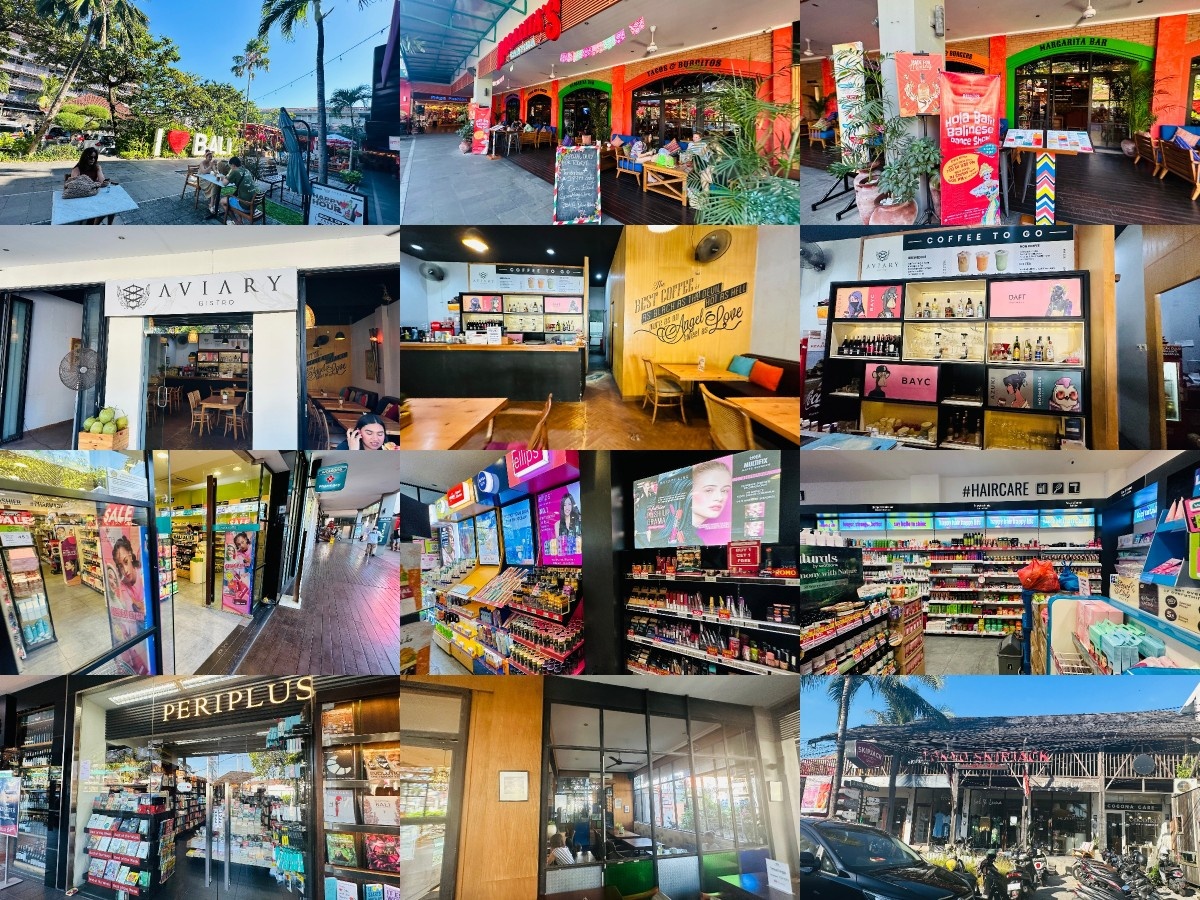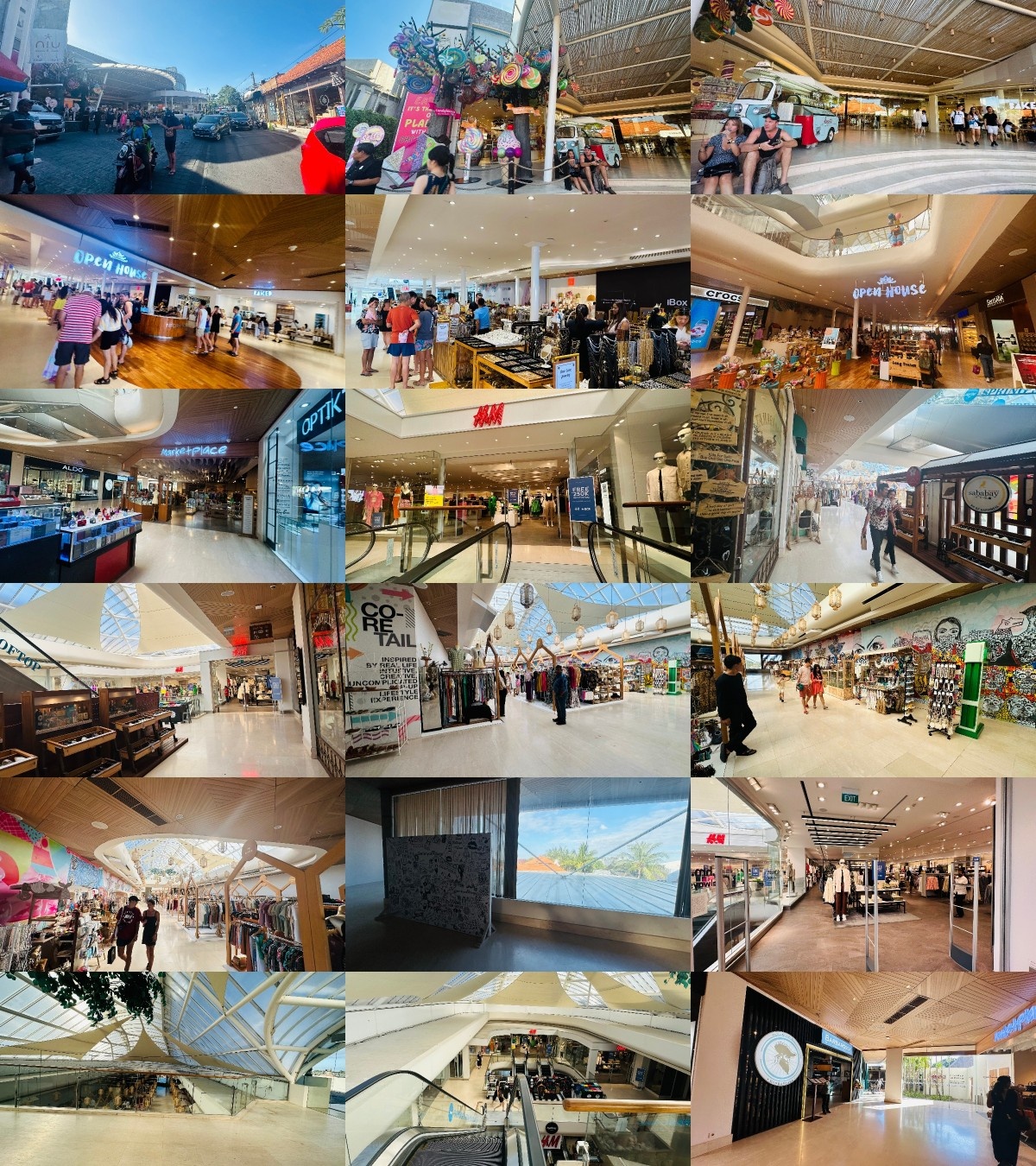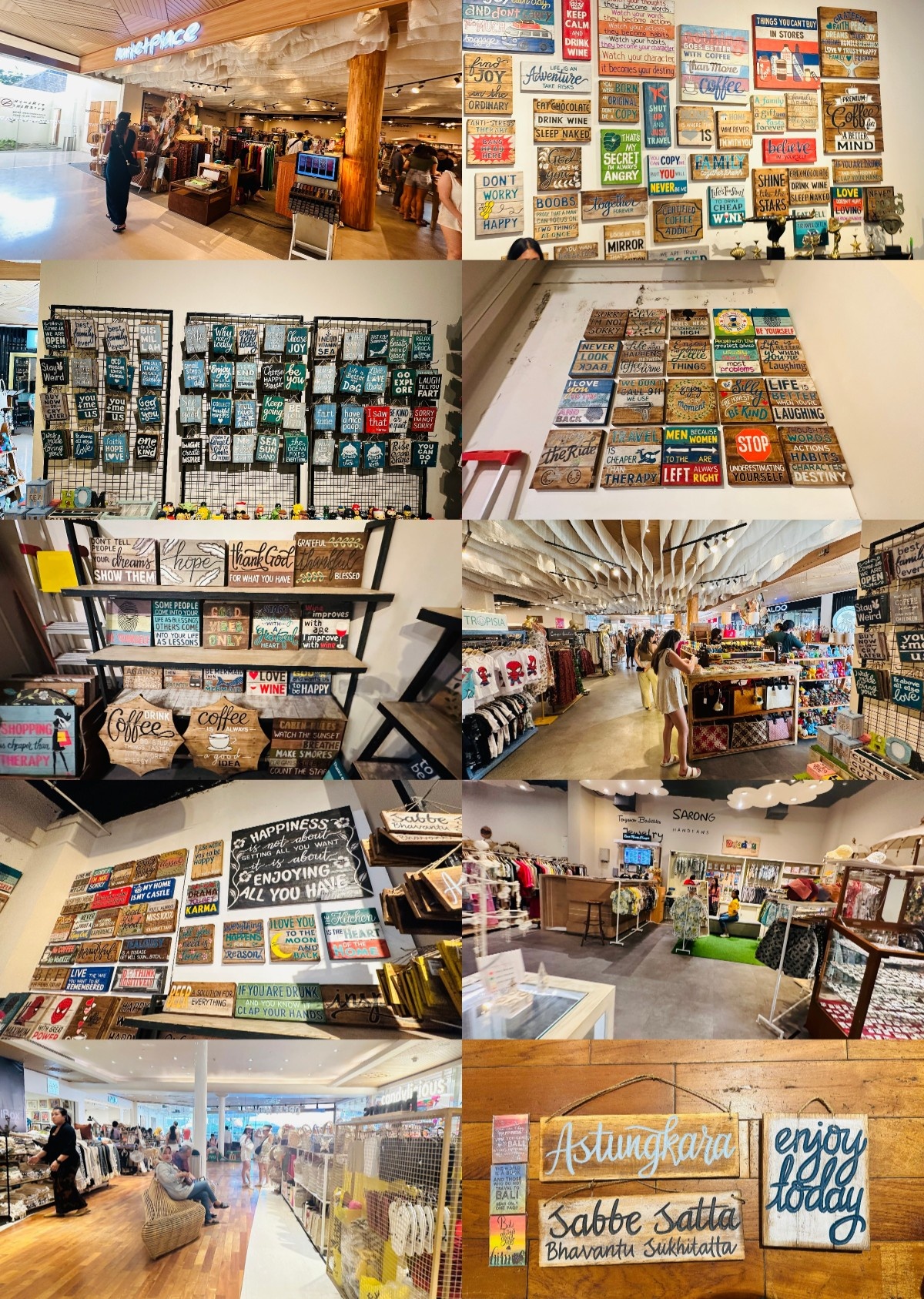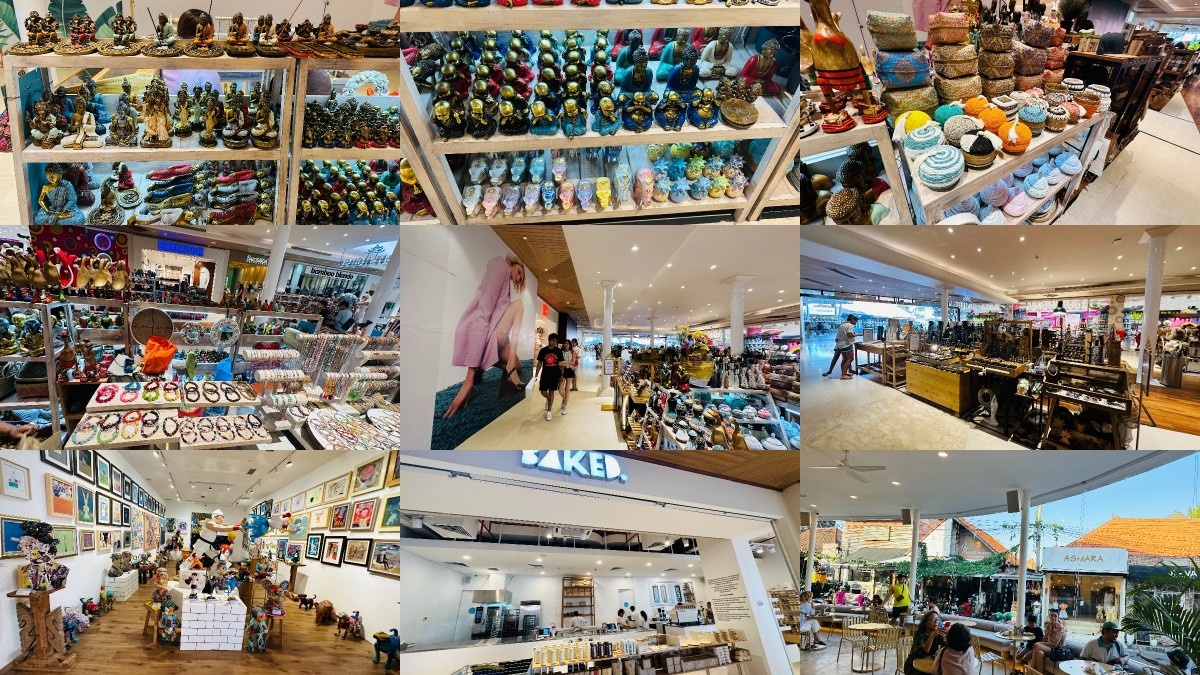Prelude
Garuda Indonesia and SriLankan Airlines seem to be soul sisters from different alliances… Both are from tropical island countries, both operate A330s as their main widebody, both are bleeding money by the truckload and have shrunk their fleets, neither has any aircraft on order — but my word do they manage to surprise and delight me every time, thanks especially to their bright aquamarine blues and the cheery charm of their female flight attendants. When I completed these Garuda flights in early June 2023, I published my second SriLankan report — both flights being on the same A330-200 — and now, in November, that I’ve finally managed to fly SriLankan’s A330-300* along with the sole (all-white, older, well-kept) A321ceo to Bengaluru, I’m publishing these Garuda reports. Really, what goes around comes around!
Bali photo essay (Part 1) in the ‘Travelling Bonus’ section at the end — a little bit lengthy, in order to compensate for the fewer-than-usual pictures in the main part of the report.. Part 2 will be published along with my second Garuda trip report.
*For the record: UL309, SIN–CMB, 4R-ALO, A330-300; UL173, CMB–BLR, 4R-ABQ, A321.
Introduction: Mask on… seriously!
This refers not only to the fact that the plane itself was ‘wearing’ a mask, but also because mask-wearing was strictly enforced for all passengers (apparently the case for all Indonesian domestic flights) — something that has otherwise almost vanished in 2023, after being mandated for the past three years in the throes of pandemic-era regulations.
After a 36-hour stay in Bali — in which I tried to squeeze in as many sights as I could across the Legian–Seminyak–Canggu culture circuit in a day, while adding only a small taste of the Kuta beach-party club — it was time to make my return to Singapore, but not without a hop to another Indonesian city: Jakarta, the country’s capital (for the time being, until Nusantara opens) and the largest metropolitan area in Southeast Asia and the second-largest in the world. In fact, Soekarno–Hatta Airport (code: CGK, named after the district of Cengkareng) — located in the satellite city of Tangerang northwest of Jakarta — was the busiest airport in the Southern Hemisphere in prepandemic times!
No better way to do so than to fly on the flag carrier, Garuda Indonesia, which like KLM Royal Dutch Airlines on the inbound is part of the SkyTeam alliance — and, what’s more, is a Skytrax 5-star airline: one of only three outside Northeast Asia, Singapore Airlines and Qatar Airways being the other two. (Not that you should set much store by that, given the Joke-star-hansa rating that was given to LH’s new business-class product, which six years on is nowhere in sight… but if anyone deserves a five-star rating, at least for its cabin crew, this is the one.) Even though it has shunk significantly and gotten rid of more than half its fleet (from nearly 150 to around 70) and also cancelled almost all of its orders, GA has by far one of the nicest cabin products in Southeast Asia after SQ, doubly so if you can snag the A330-300 or even the rare A330-900neo. Though it will always be sad for me that no Indonesian airline will ever operate the A350 or 787, but at least Garuda and Lion Air have a bunch of A330-900neos to make up for it — even if they mostly fly on Hajj charters.
If you’re tired of the SQ 787-10s and 737 MAXes flying to Denpasar (SQ does not fly any Airbus aircraft to DPS) and also don’t want Garuda’s direct flight to Changi on the 737 — assuming you’re not able to get KLM’s late-evening return to Changi and onward to Amsterdam — your best bet is to take two early-afternoon widebodies on Garuda via CGK. GA407 and GA836 are so well-timed, allowing ample connection time at CGK, that it was a no-brainer to choose this pair of A330-300s (though the former is often operated by the 777-300ER) on the way back to Changi. Needless to say, I was pumped to experience one of the world’s most renowned boutique carriers on its flagship domestic route, and I hope for a similar experience on fellow SkyTeam partner Vietnam Airlines’ A350 on its equivalent domestic trunk route — between Hanoi and Ho Chi Minh City — close to New Year’s Eve.
With special decals on both A330-300s — this one (PK-GHC) carried a mask decal, and the next (PK-GPU) had a small BRImo banking sticker from BRI, one of the country’s largest state-owned banks — and delightful boarding and landing music, I’m happy to say Garuda more than exceeded my (admittedly high) expectations. On top of which both DPS (which I’ve praised in no uncertain terms in the KLM report) and CGK have built seriously impressive terminals, which shows the world just how far Indonesia as a whole has improved its perception from a third-world country to a major emerging power on par with India, Brazil and South Africa. Even in its current loss-making, crippled state, Garuda has left no stone unturned in ensuring an enchanting experience for customers, with the smiles of its flight attendants being the biggest bonus of all — as I witnessed again on SriLankan earlier in November. I’m happy to have said this for so many airlines in this year alone: Garuda, KLM, Ethiopian, SriLankan, Vistara… the list goes on, and I hope Gulf Air, Cathay Pacific and Vietnam Airlines extend it further as 2023 draws to a close.
Let’s GA-ready, set, go!
Flight routing
- 1
- 2GA407 | Denpasar to Jakarta | 4 June 2023 | A330-300 | PK-GHC (Mask decal)
- 3GA836 | Jakarta to Singapore | 4 June 2023 | A330-300 | PK-GPU (BRImo sticker)
Pre-departure:The furthest east I’d ever been
Sunday, 4 June. I started the day by checking out the renovated and redesigned Telkomsel app. As a result of the hefty and expensive 25GB SIM card I’d had to buy at Ngurah Rai Airport — this was sadly the cheapest option available (IDR 400,000, or about S$38) — I had ten times more data than I could possibly use! That said, despite the English being rather shaky at times, the effort in reinventing the country’s largest telco was clear for all to see — all the more so since its image was visibly dated until a big rebrand two years before, in June 2021.
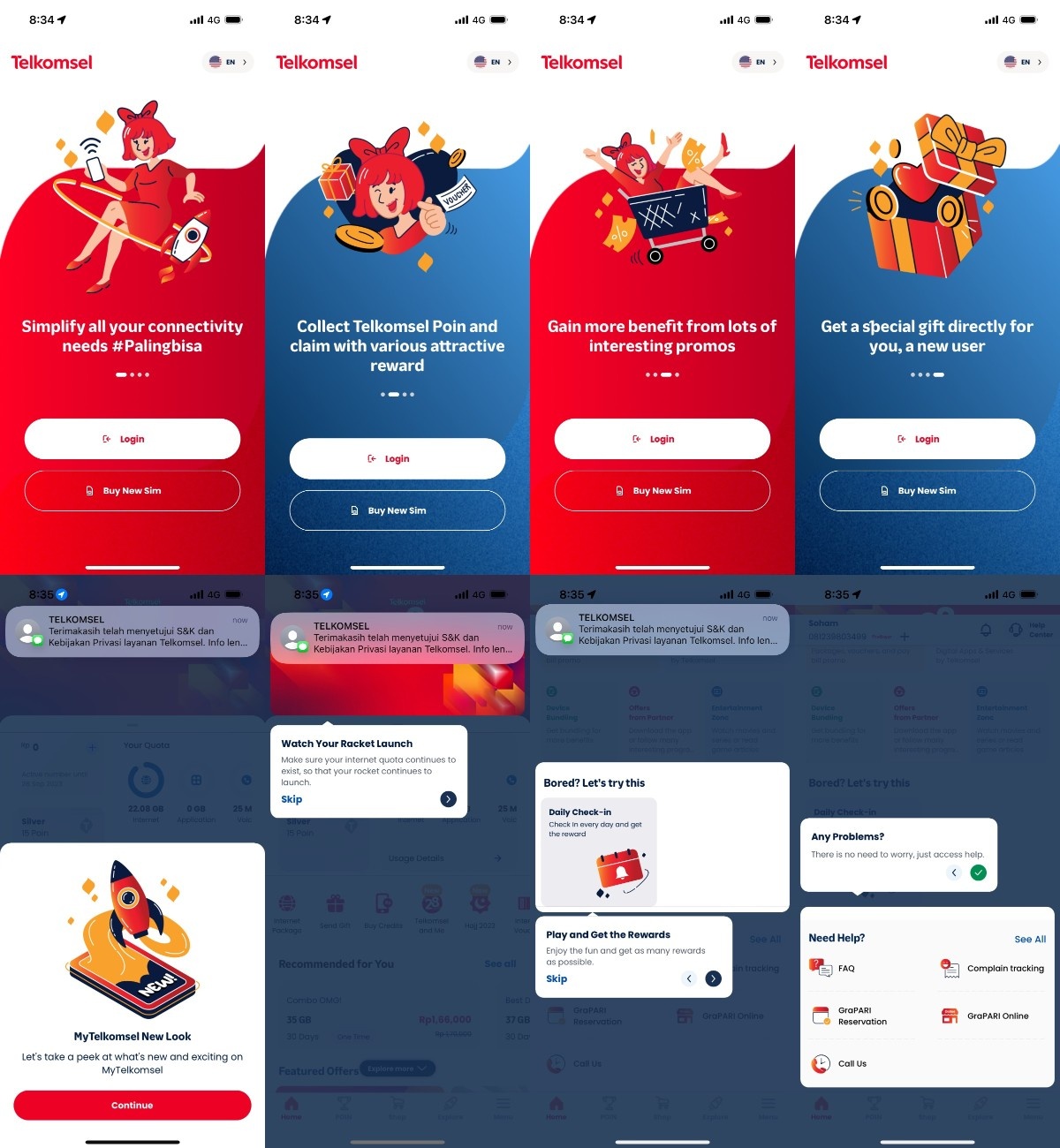
I did not like the room very much, because the complete lack of lighting at night was terrible: it overshadowed (pun!) my perception of what should otherwise have been a cute little boutique hotel. That said, during daylight it didn’t look half bad.
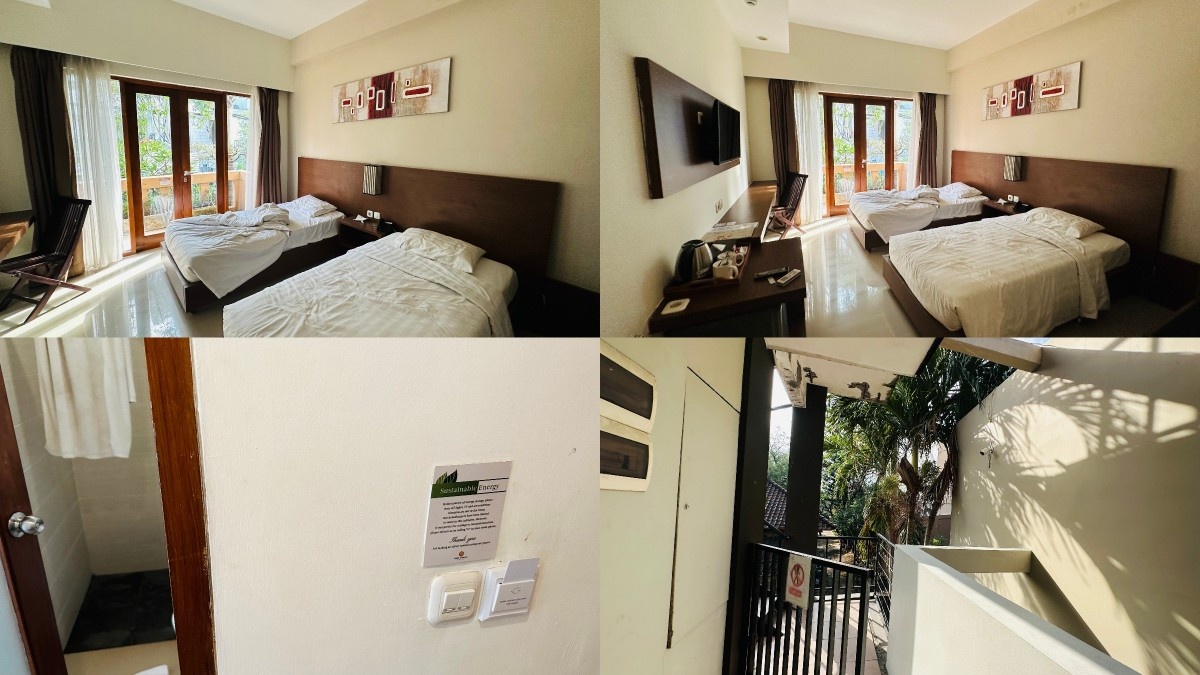
The (mostly Western) tourists were all set to head out for the day. I had a simple yet exotic breakfast of Indonesian fried rice (nasi campur) with fried egg, cut fruits and a glass of orange juice, later accompanied by a cold coffee frappé.
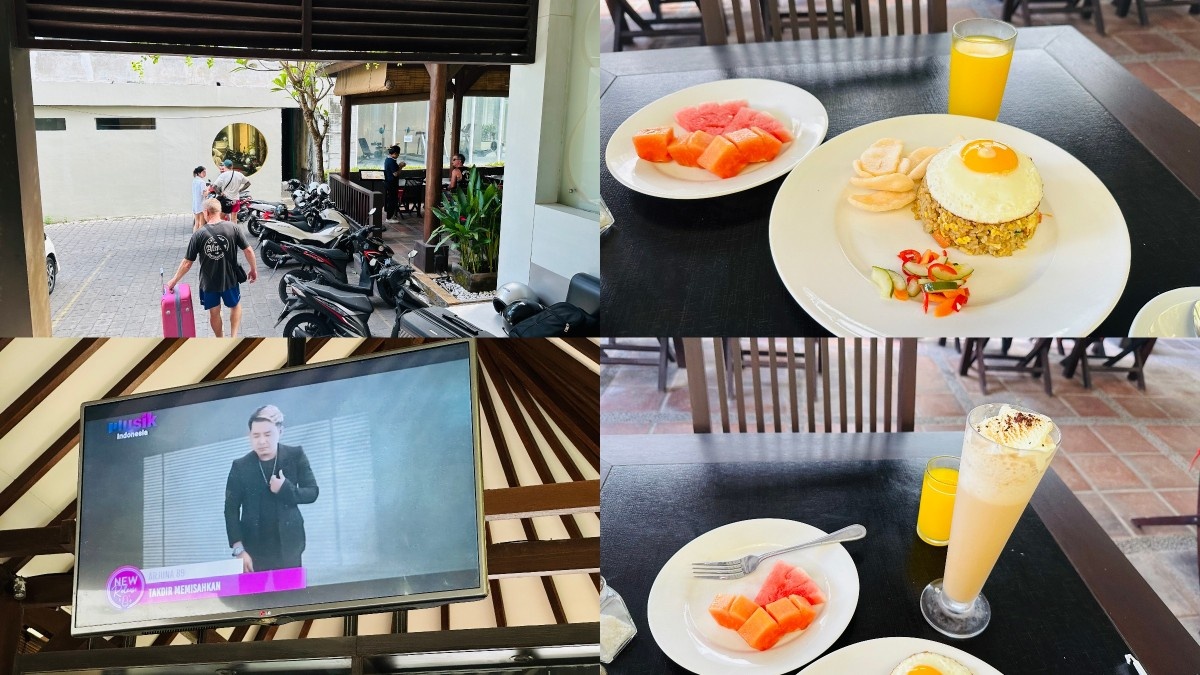
Quaint is the word: the inn was tucked into a small alley, lined with small houses of the traditional kind. The streets were rather lowbrow, if you ask me, with the small shops and hovels more resembling a hamlet than one of the world’s leading tropical tourist destinations.
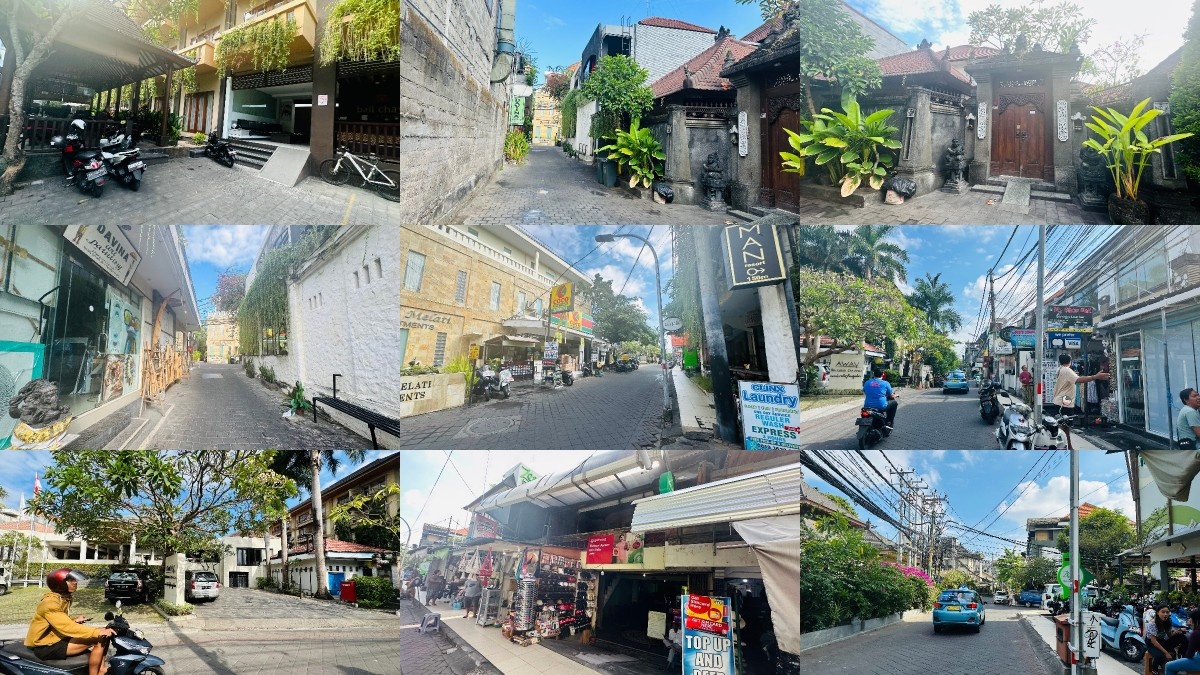
As the Toyota Avanza — that most ubiquitously Indonesian of cars, like the Toyota Innova in India (which is also sold in Indonesia) — moved further away from the hotel, the roads became ever-so-slightly wider, the hotels more numerous and the people more hipster and good-looking.
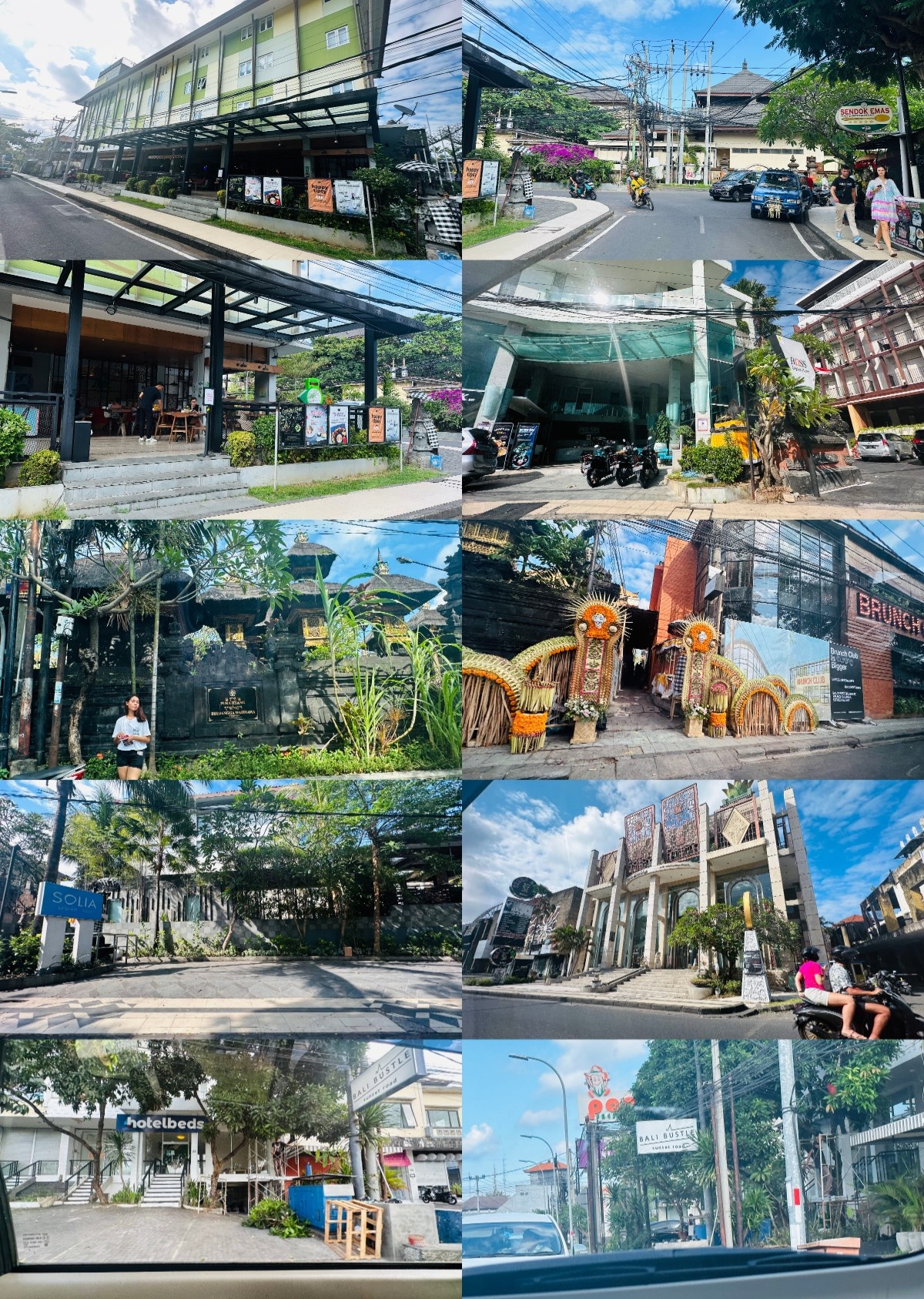
Proceeding towards the airport, the roads became two-laned and the trees dwindled in number, with a couple of impressive sculptures to dot the surroundings.
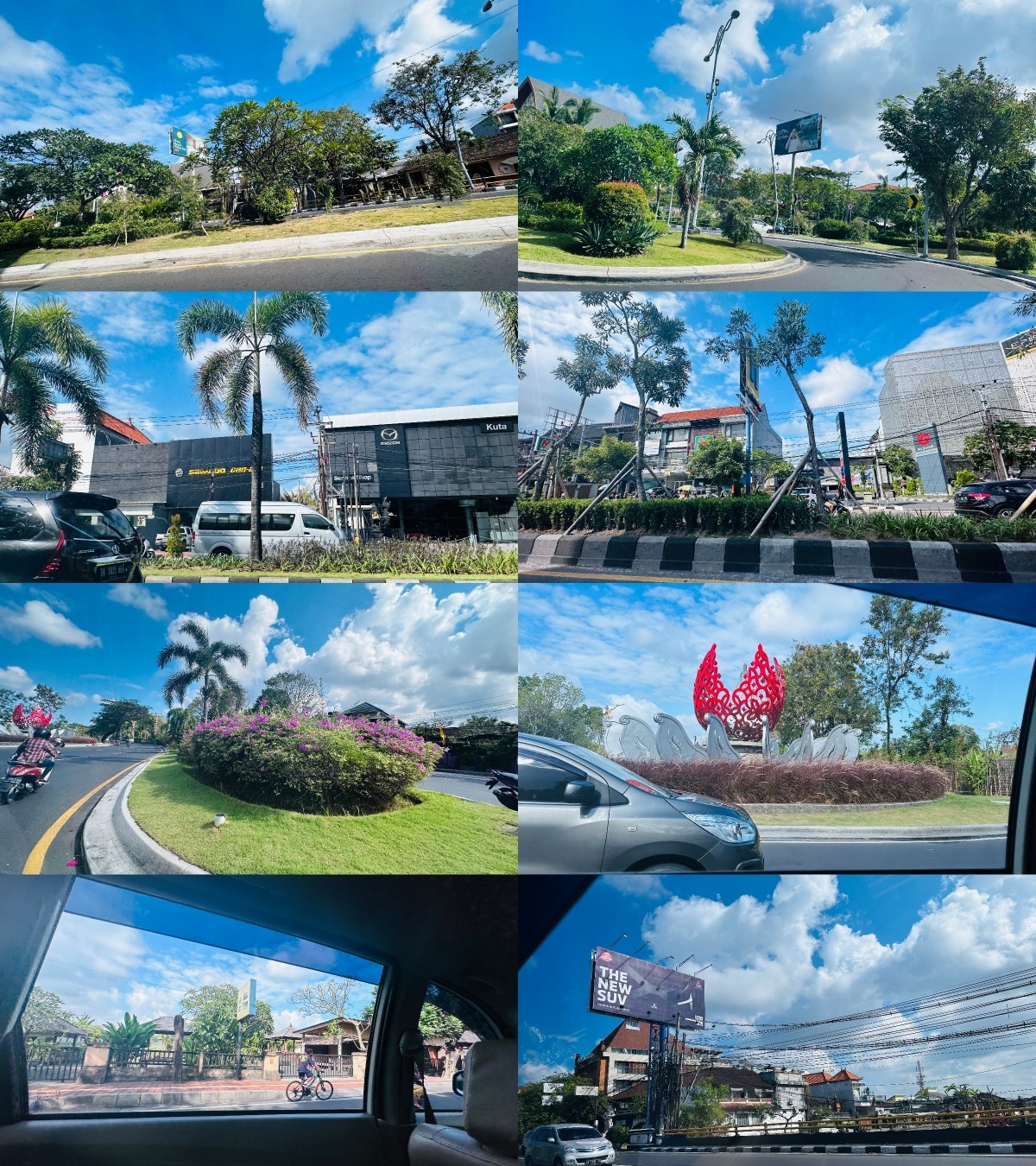
A particular park en route to the Mal Bali Galeria, one of the largest malls on the island, became my new easternmost point visited so far.
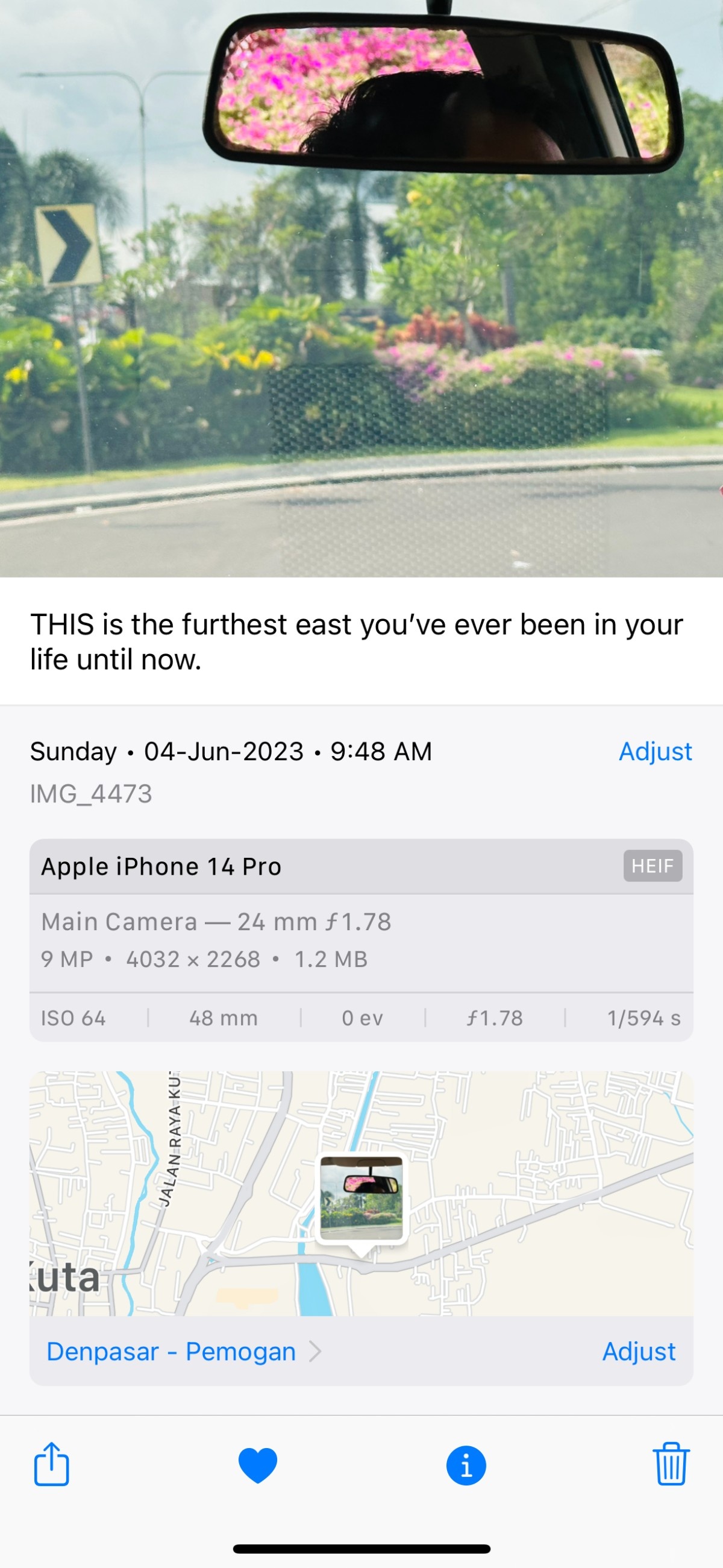
Pitstop: Mal Bali Galeria
I’d specifically wanted to make a detour to the Mal Bali Galeria, having visited the largely open-air Beachwalk Shopping Centre — which was filled to the brim with über-luxe Sephoras, Zaras, H&Ms and, yes, Victoria’s Secrets — the previous evening, when it was on the verge of closure for the day. While this was not quite as al-fresco or premium, it still had its fair share of brands, given that it was run by international retail group DFS. That it was yet to begin business for the day was a different matter.
By the way, the ad for the Hyundai Stargazer you see in the first image is for one of a number of made-for-Indonesia-first cars that carmakers have rolled out over the years — with the Avanza and its twin the Daihatsu Xenia being the best-selling of them, and another such popular model being the Mitsubishi Xpander.
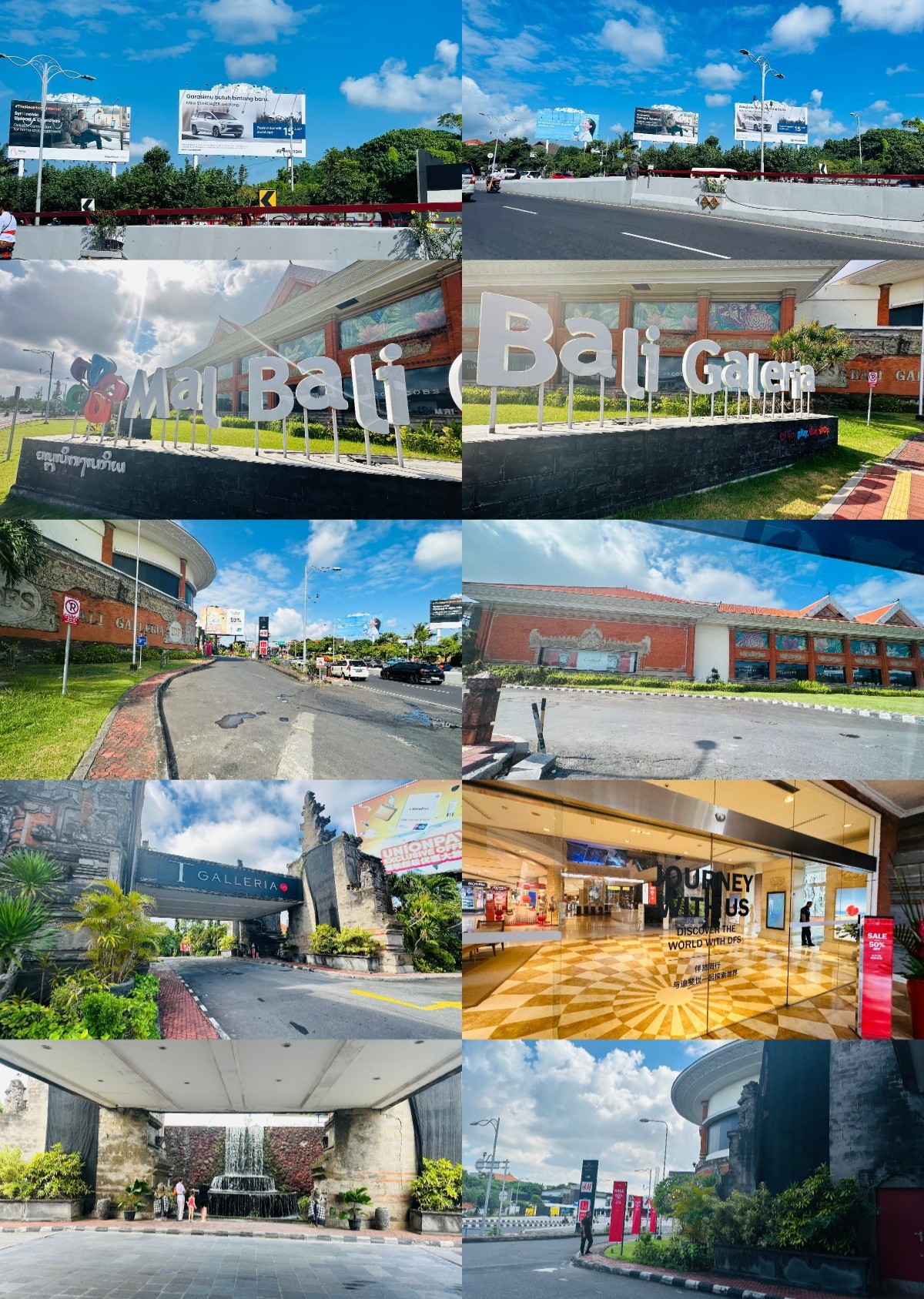
I got off the Toyota Avanza and ordered another Gojek by the portico entrance, and another MPV, a Suzuki Ertiga — which, unlike the Avanza, is found aplenty in India (under the Maruti Suzuki marque) — turned up within minutes. Such department stores as Matahari and home-improvement stores as Ace are unique to Indonesia, and I also saw them on my weekend group trip to Batam three months later at the beginning of September. (No, no flights — only ferries!)
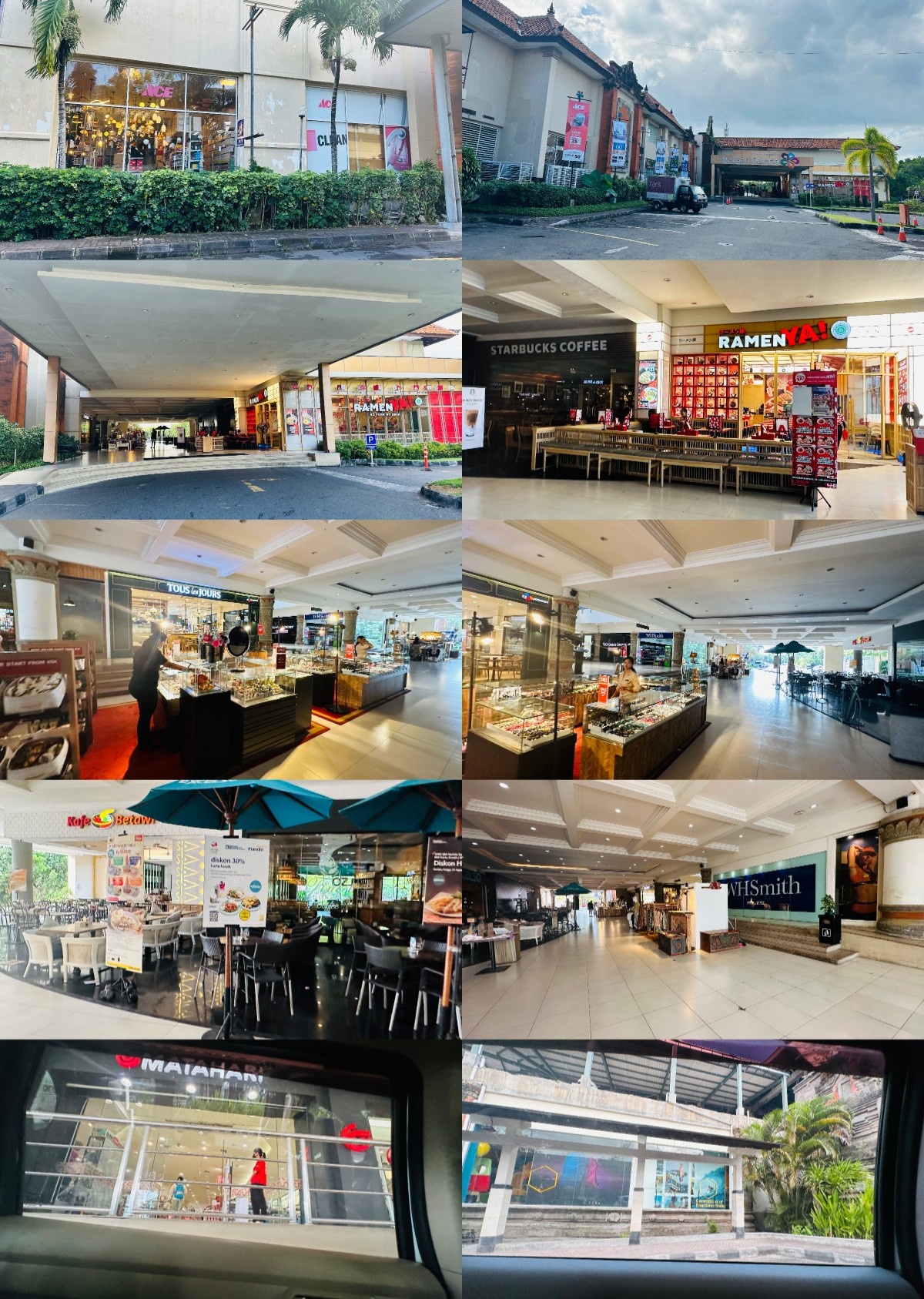
Before long we were headed to the airport proper, not without a motley selection of Balinese architecture, or these offices for Garuda Indonesia (top left) and telecom company Indosat Ooredoo Hutchison (bottom right).
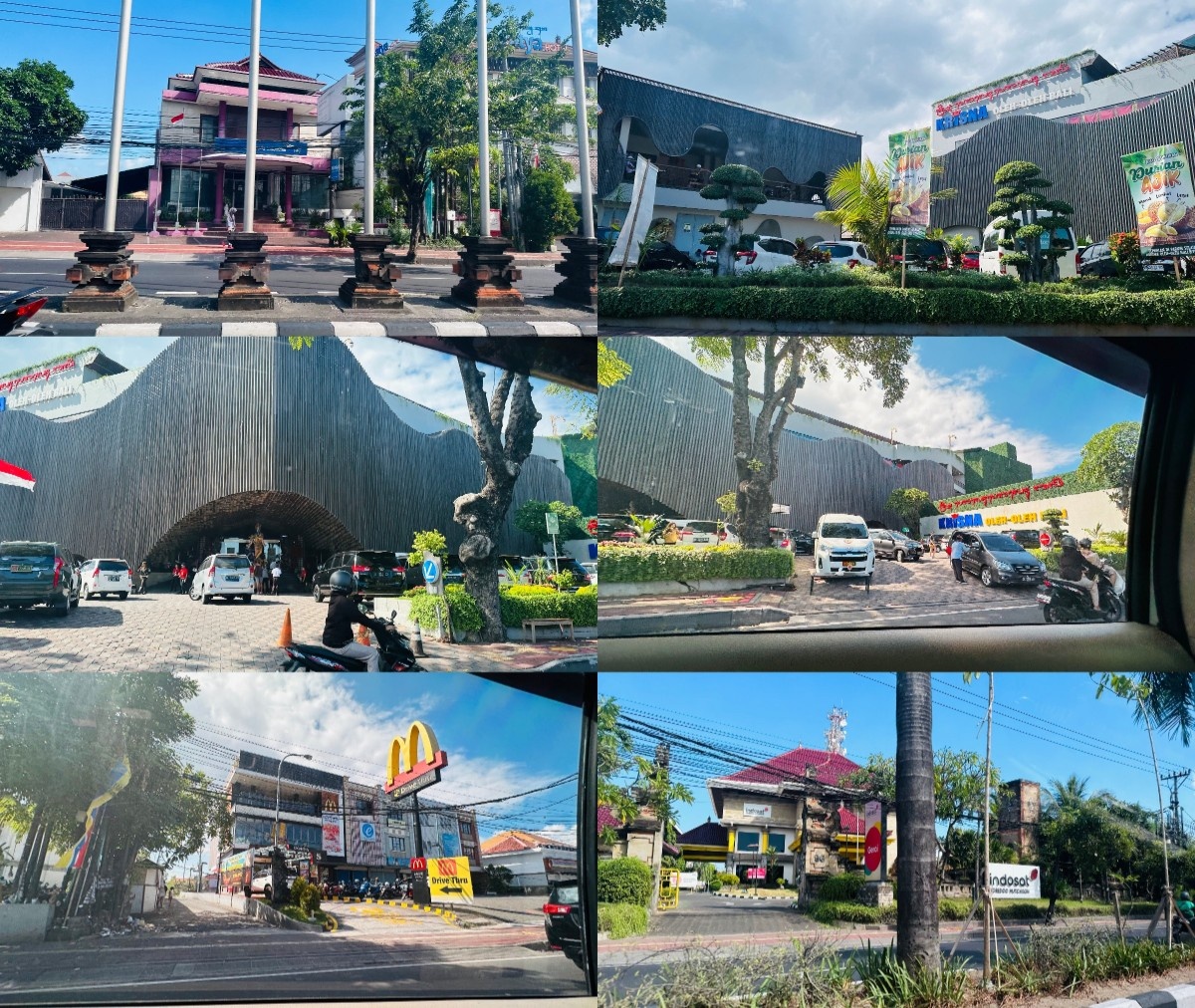
I Gusti Ngurah Rai Airport is as impressive on the outside as from the inside, and you’re not going to forget the entrance in a hurry.
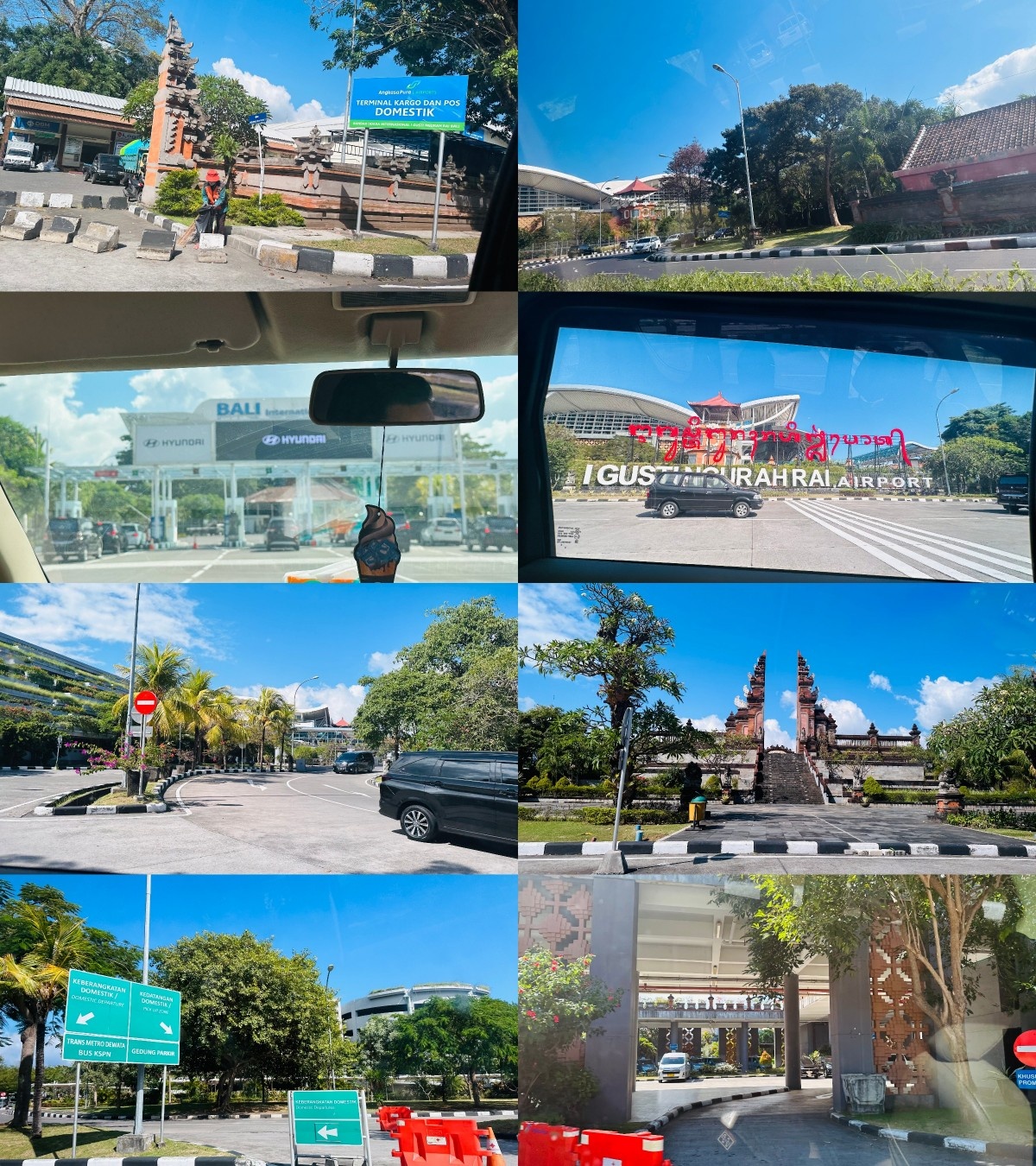
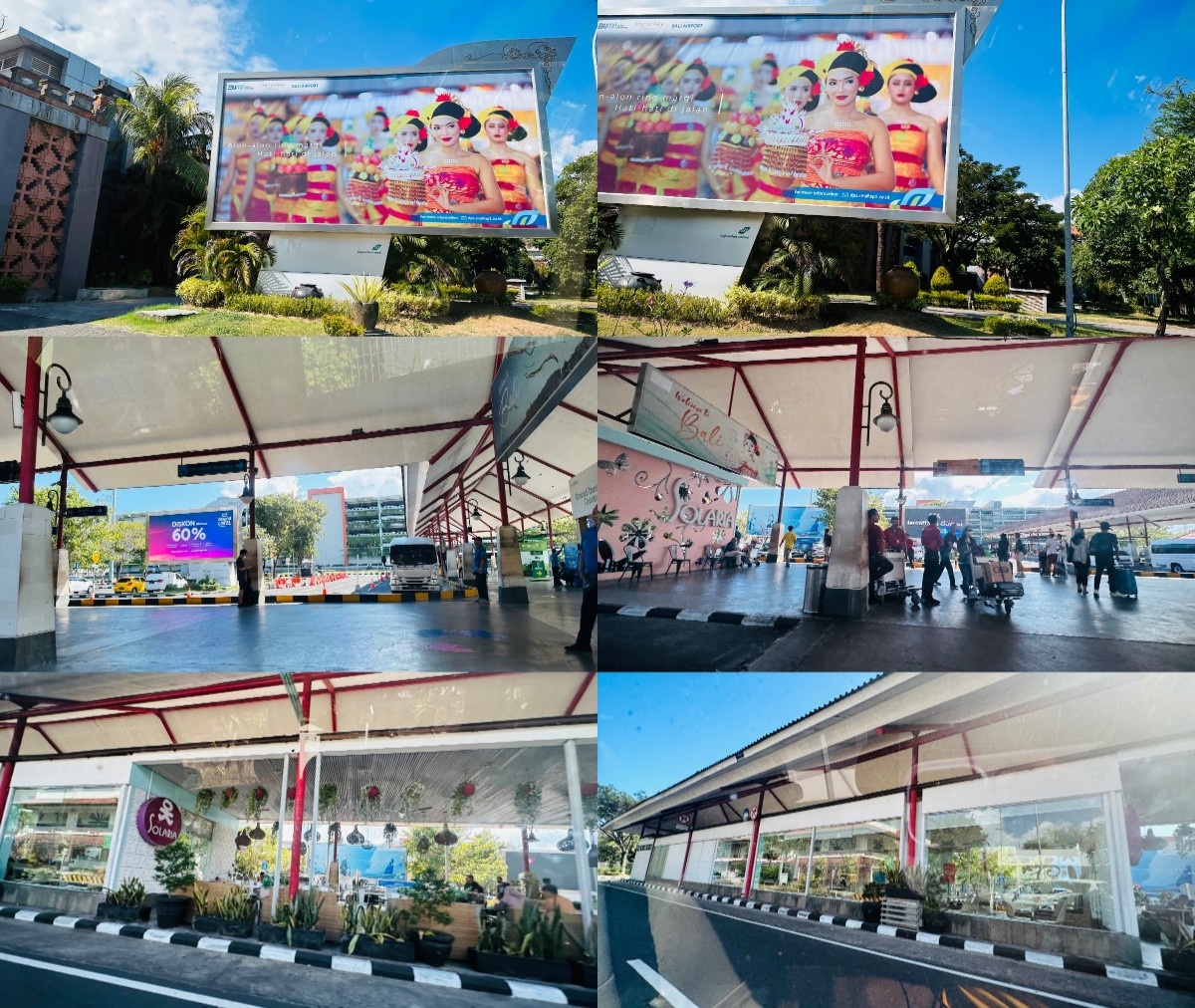
Only now did I look up the registration of the aircraft, and it turned out to be PK-GHC: a nice little way to extend the special-livery streak, ensuring that the previous KLM 777 in the SkyTeam livery wouldn’t be the only one of its kind!
Interesting fact: Garuda Indonesia and Citilink prohibit the letter B in aircraft registrations. Therefore PK-GHB does not exist, and so PK-GHC is the next A330-300 after PK-GHA. Similarly, the two A330-900neos in Citilink livery are PK-GYA and PK-GYC, since PK-GYB cannot exist, and the latest set of secondhand 737-800s start with PK-GUA and PK-GUC, as PK-GUB cannot exist. The ten 777-300ERs are PK-GIA to PK-GIK, as — you guessed it — PK-GIB is prohibited. Why this particular letter (so high up the alphabetical order) was chosen to be banned remains a mystery.
In a similar vein, Singapore Airlines (but not Scoot) prohibits the letter X in registrations, while Thai Airways and Thai Smile both forbid I, and China Airlines (along with subsidiaries Mandarin Airlines and Tigerair Taiwan) skip the digit 4. (In Chinese culture, 8 is the luckiest number and 4 the unluckiest, as it sounds similar to ‘death’.) Meanwhile several European airlines, from Finnair to LOT Polish Airlines to British Airways, skip letters like J and Q. In fact, all airlines in Türkiye (not just Turkish Airlines) avoid the letters Q, W and X completely, since they do not exist in the Turkish alphabet — but they all do in the closely related Azerbaijani language, which is most famous for its usage of the letter ǝ .
This superstition is not followed among Middle Eastern or Indian airlines (or, in ASEAN, Malaysia Airlines) which are happy to use all letters, and the only cases where a certain registration may be skipped is when it is already taken by another aircraft. This is often the case with IndiGo, e.g., VT-IBA/IBG/IBP/IBR and VT-IMA/IMF/IMO/IMP were already taken by other aircraft, so could not be used for its A321neo registrations — not that Indian airlines are known to skip registrations otherwise, other than perhaps VT-PPP, which was intentionally skipped out of Air India’s VT-PP* series of A321ceos, delivered until 2010.
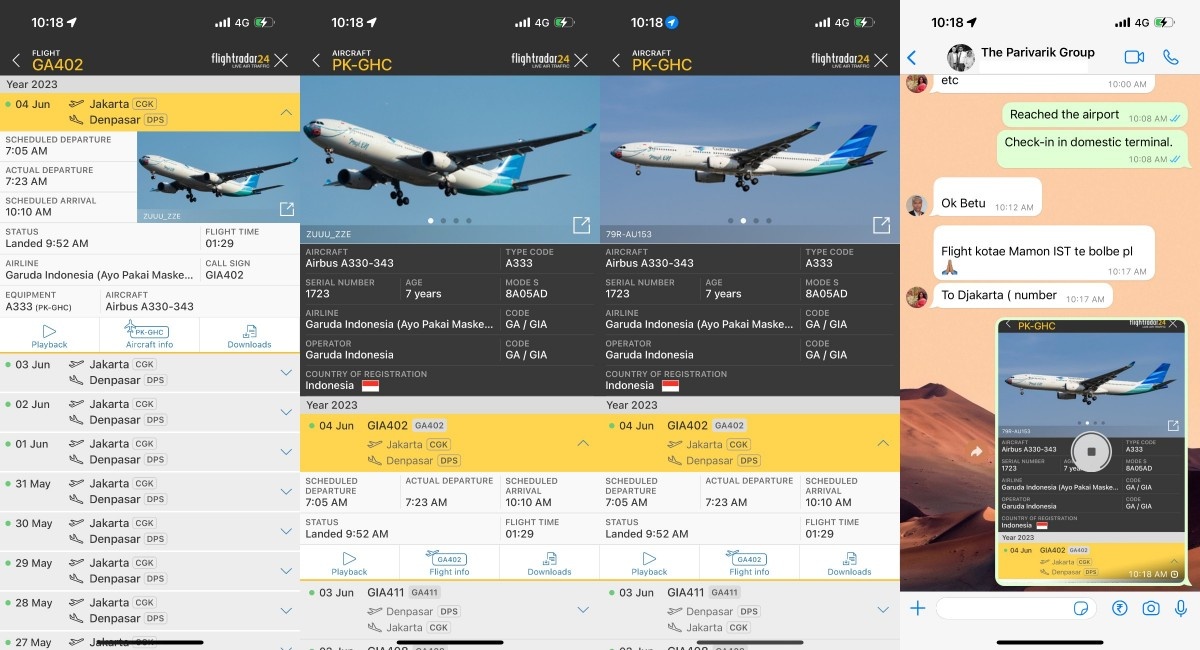
Denpasar domestic departures
The domestic departure area was relatively not so crowded, and at the entrance stood a pretty multi-tier umbrella.
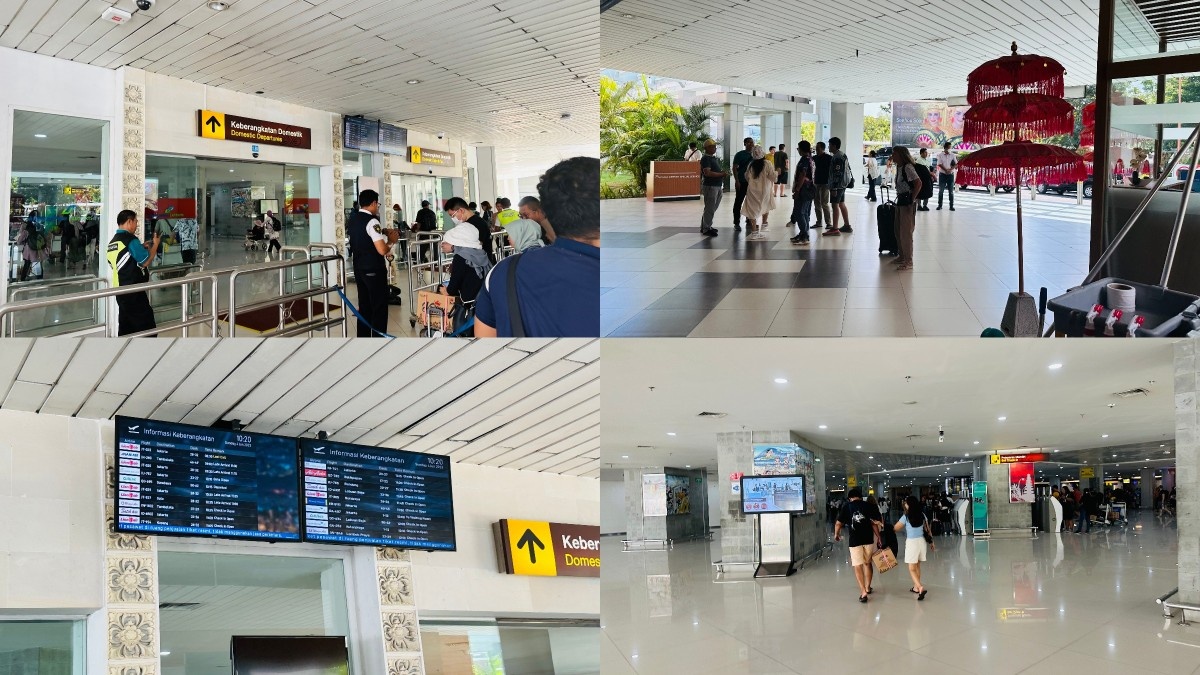
A rather chaotic, messy sktech of the people of the island was placed inside: far from the luxurious idyll that Bali is portrayed to be, this is instead no different from a noisy city in a developing country, where pigs shower in baththubs — a touch of Animal Farm perhaps, where the pigs who rule the farm increasingly become more and more like humans.
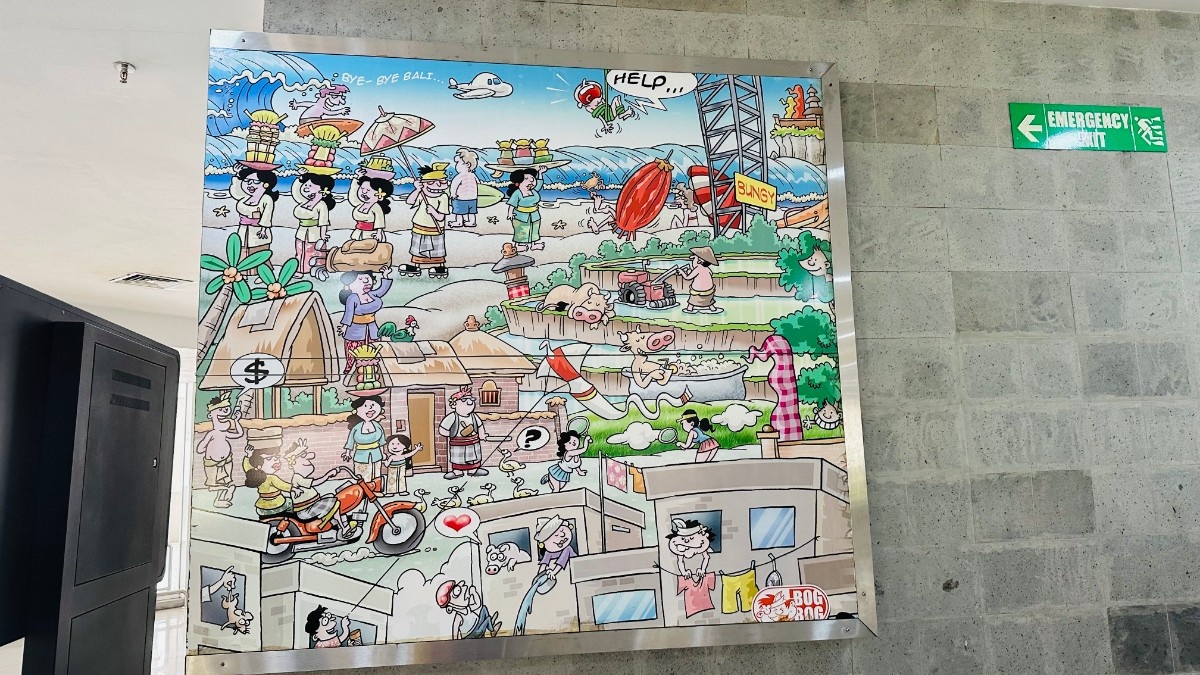
Self-check-in kiosks — equipped with facial recognition, at that! — were also placed near the counters: clearly a COVID-inspired technology move, something that was made clear by the masks.
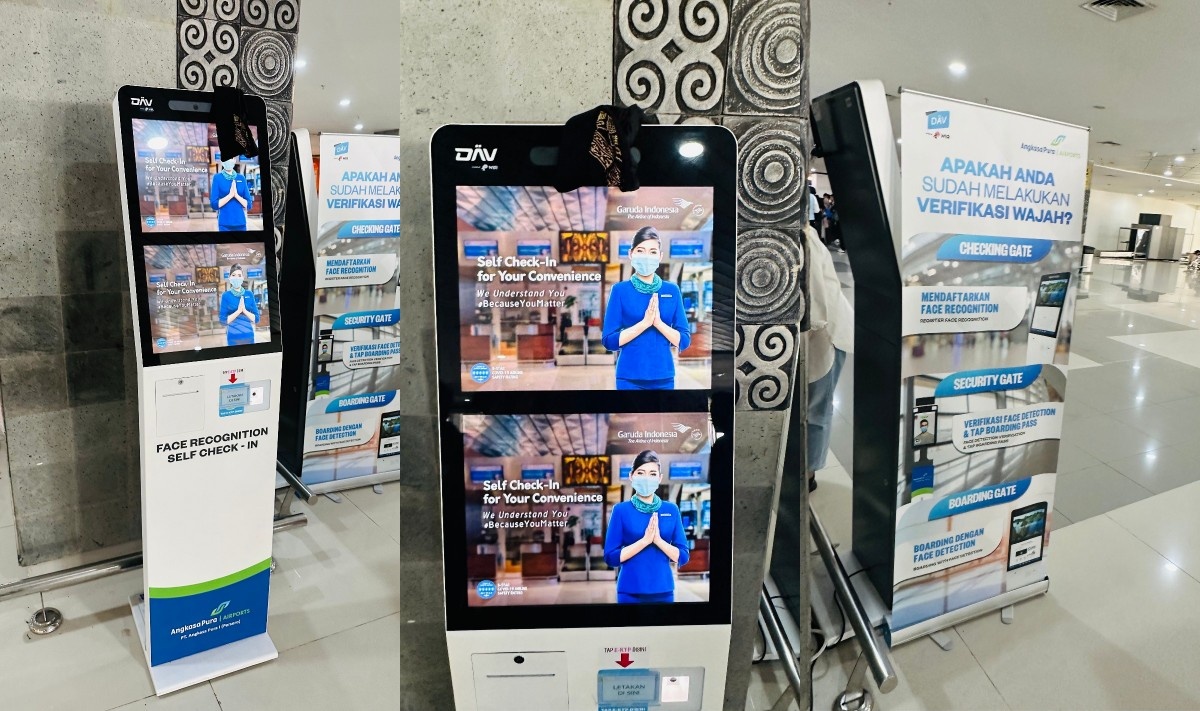
Business-class and SkyTeam elite passengers had a dedicated premium check-in section, with its warm yellow lighting and brown furniture contrasting with the bright whites of the rest of the terminal. At every turn was some sort of Balinese greeting translated to English, each of which was heavily borrowed from Sanskrit, given the predominance of Hinduism on the island.
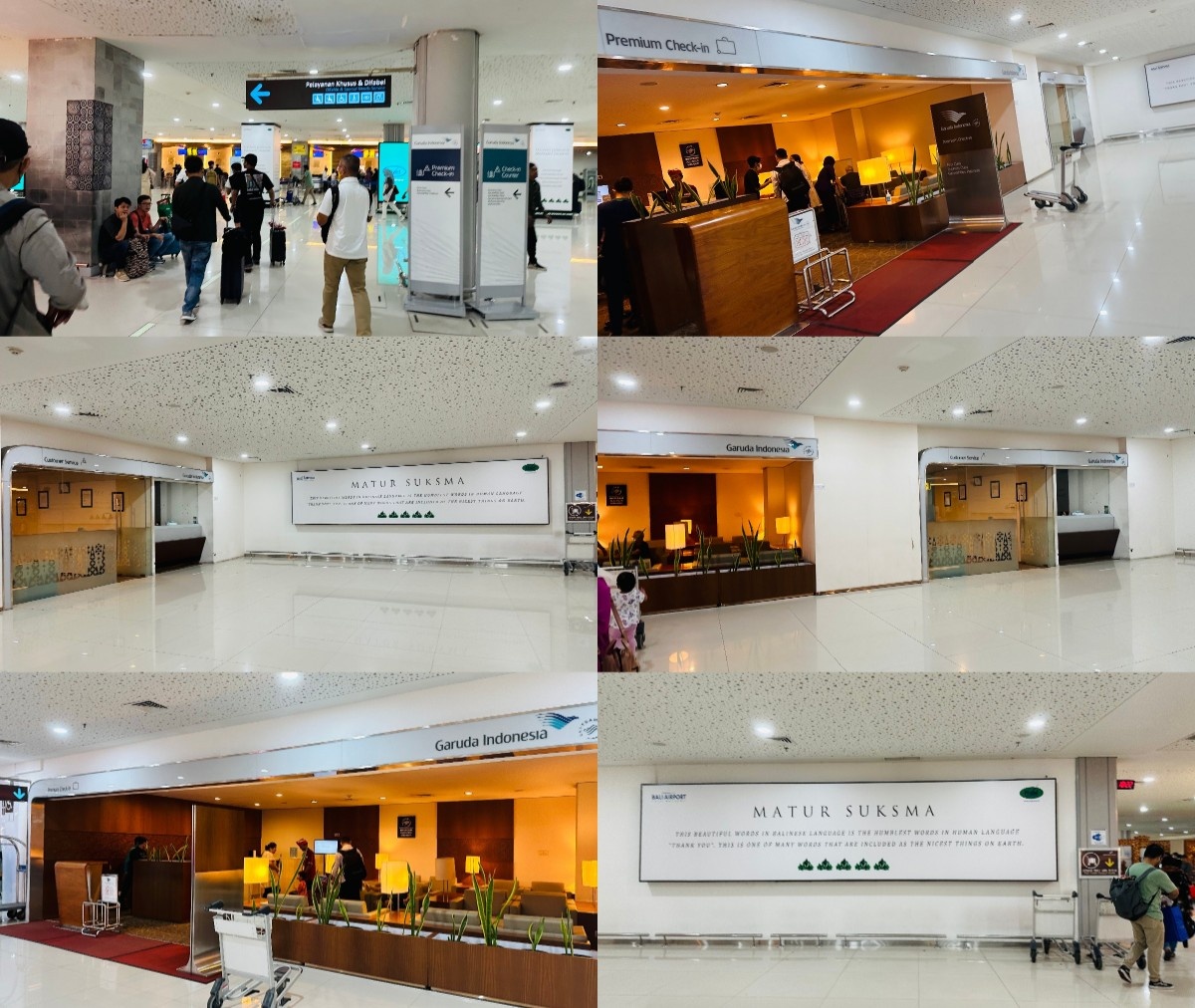
The check-in counters themselves had the same pleasant yellow-brown décor of the premium section, giving a rather high-end feel, from the wooden panelling to the square miniatures behind the agents.
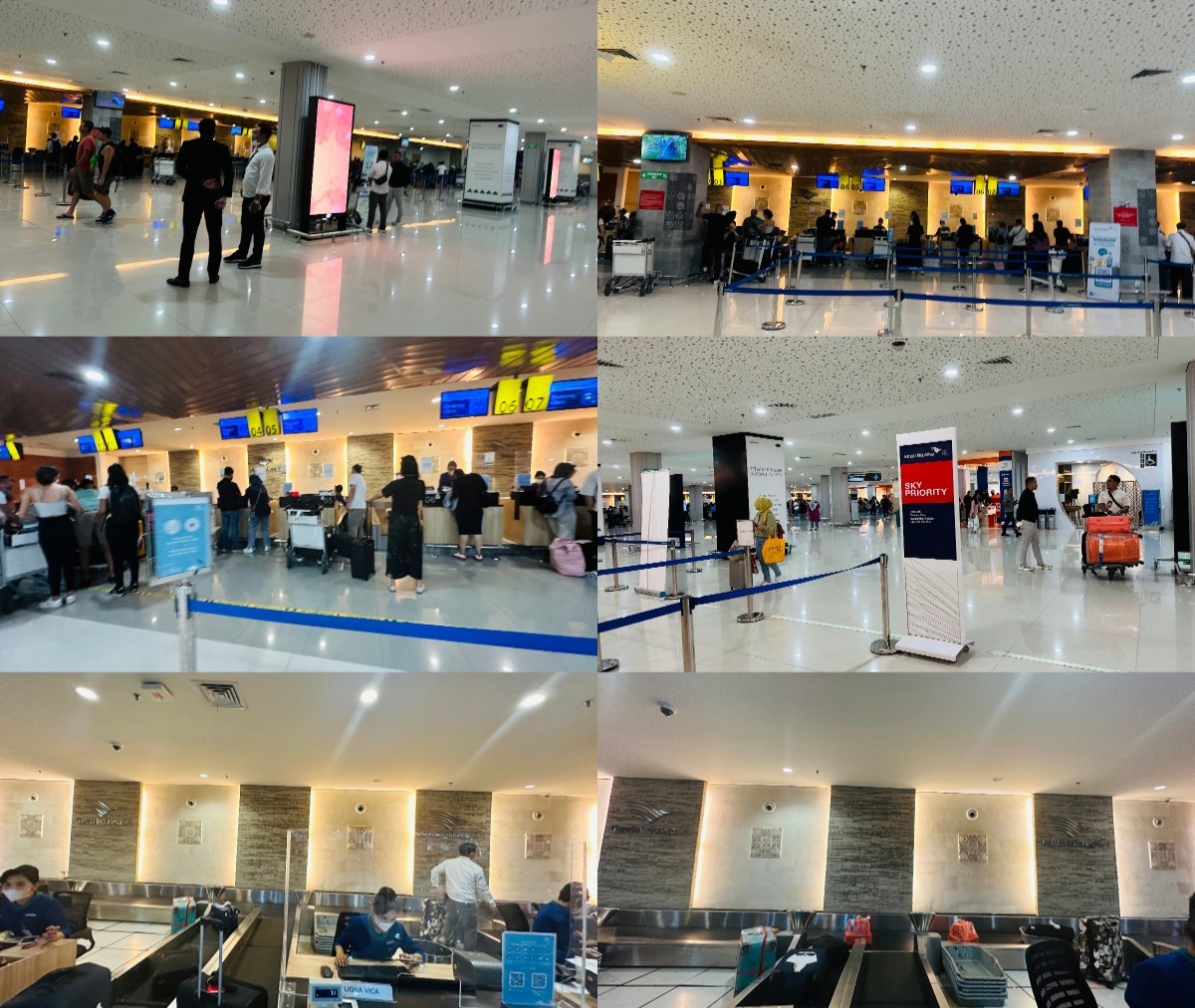
Ligna Vica, a girl with a Sanskrit-originated, Indonesianised name, helped to check in my single suitcase all the way to Singapore, taking into account the immgration required at Jakarta. She issued both boarding passes in one go, and I’m afraid GA has joined the likes of SQ and MH in having extremely plain, unadorned boarding passes, which sadly was also the case on the preceding KLM flight. Then I went up a level to the domestic departure area, which was, as you’d expect, dominated by the Lion group.
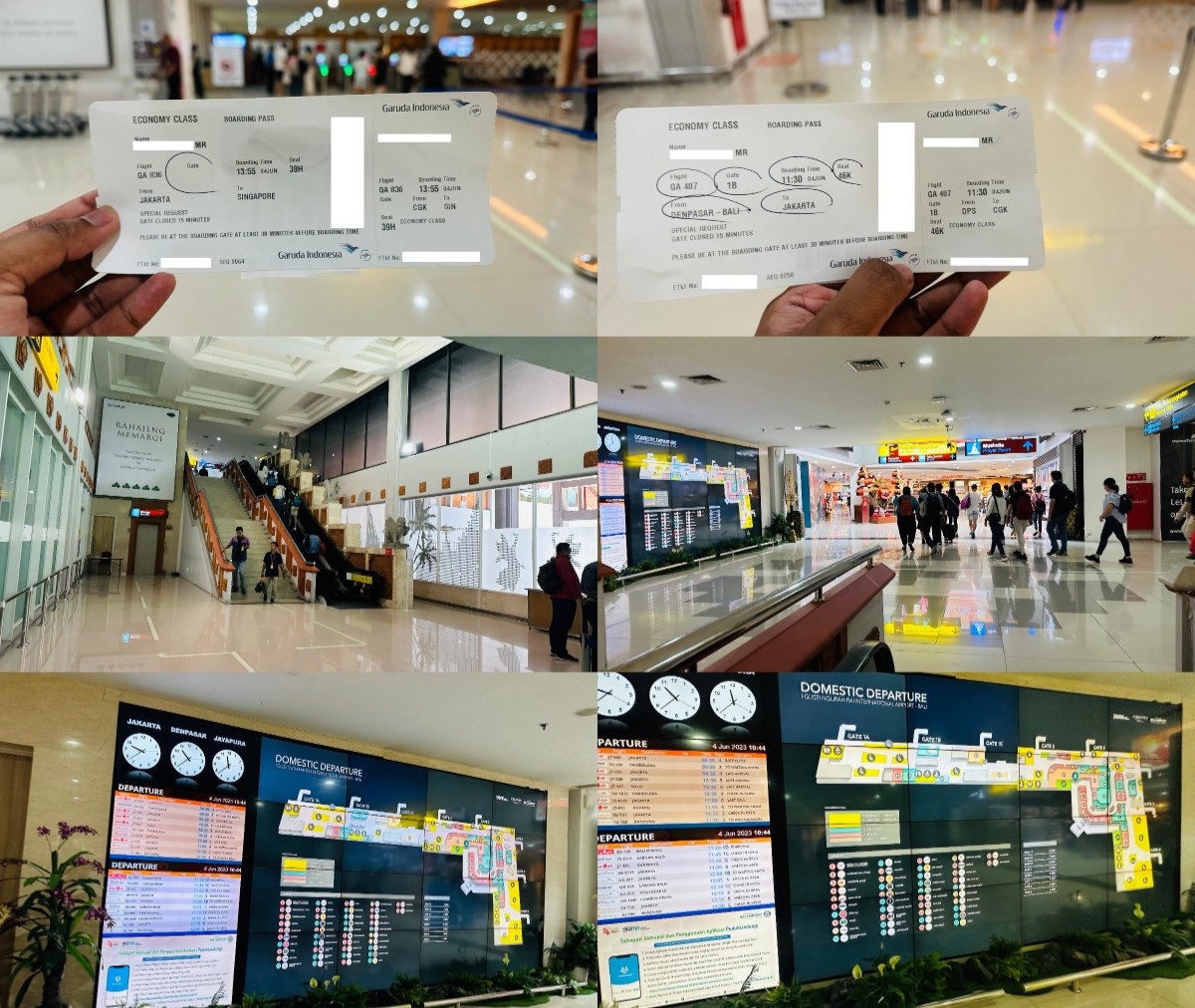
L: The ‘CGK’ and barely-visible ‘SIN’ on the baggage tags: two of three ‘ICAO triple-letter codes’ in maritime Southeast Asia — WIII and WSSS, respectively — with the third being WAAA (Makassar, whose IATA code is, inexplicably, UPG). In fact, Denpasar itself used to have WRRR, but this changed to WADD in 2006. There are also VYYY (Yangon, Myanmar) and VHHH (Hong Kong) not far off, but the former sometimes might not be considered to be Southeast Asian, and the latter certainly not.
C and R: Some of the beauty duty-free products on offer, from face scrubs to moisturisers, naturally intended more for the fairer (and, in my opinion, stronger) sex.
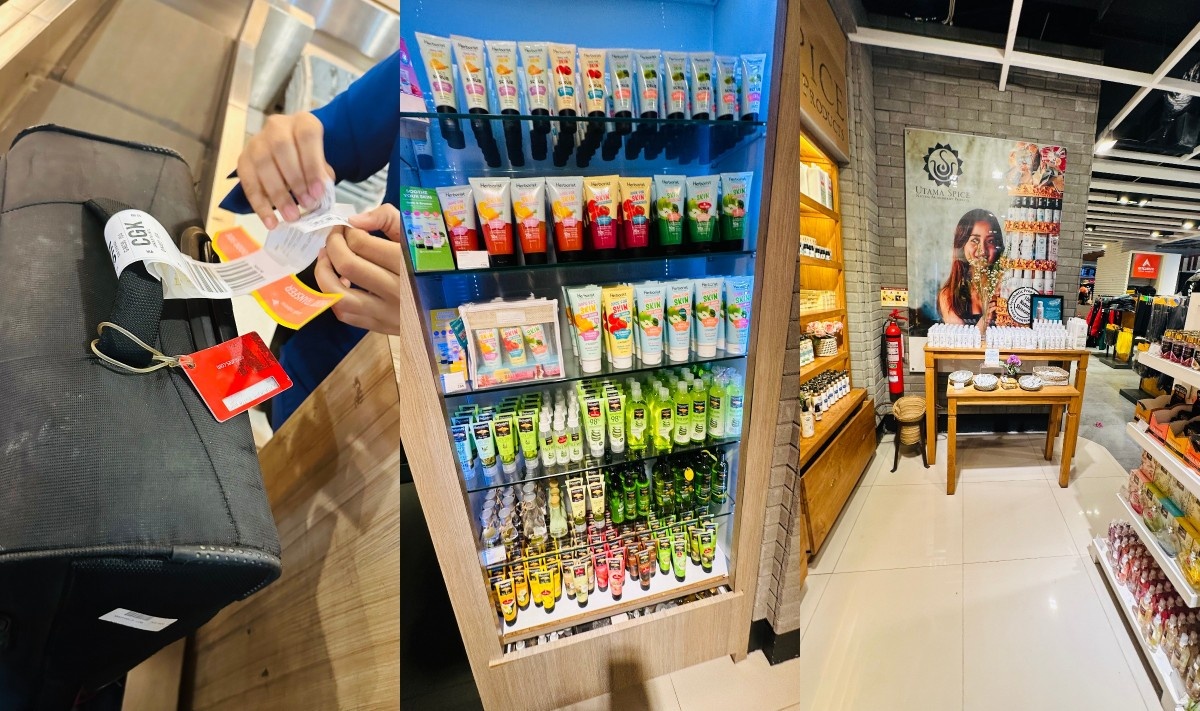
Shortly after the escalators were stores of mostly the souvenir-shopping kind, not so much the eating-and-drinking kind, but all it took was a Starbucks to start the procession of gastronomic outlets.
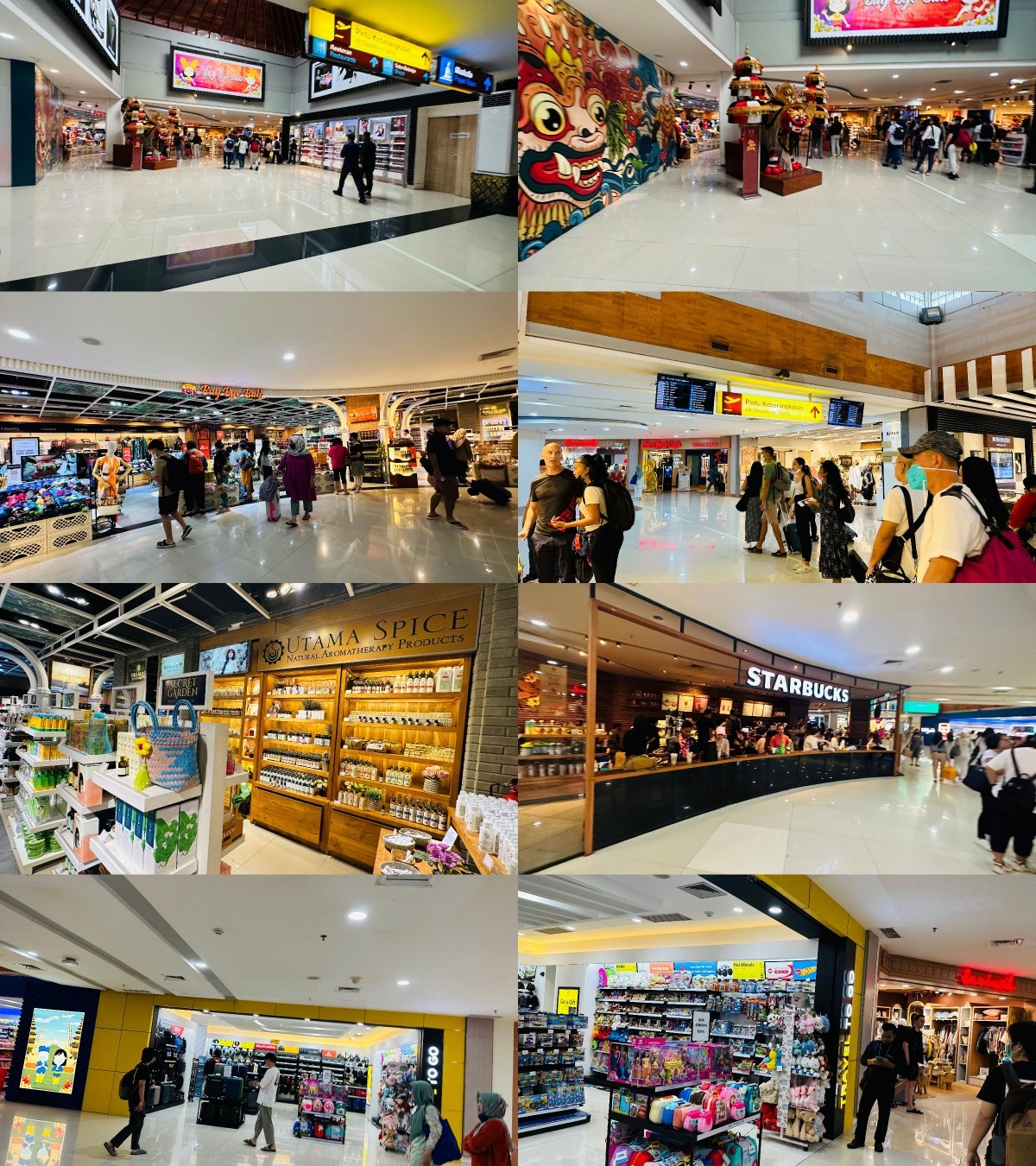
A look inside a WHSmith, which was much less oriented towards books (as is the case in Indian airports) and much more towards keepsakes, foodstuffs and accessories.

Thereafter the eateries took over, while the corridors widened, and once you made a pop you simply couldn’t stop.
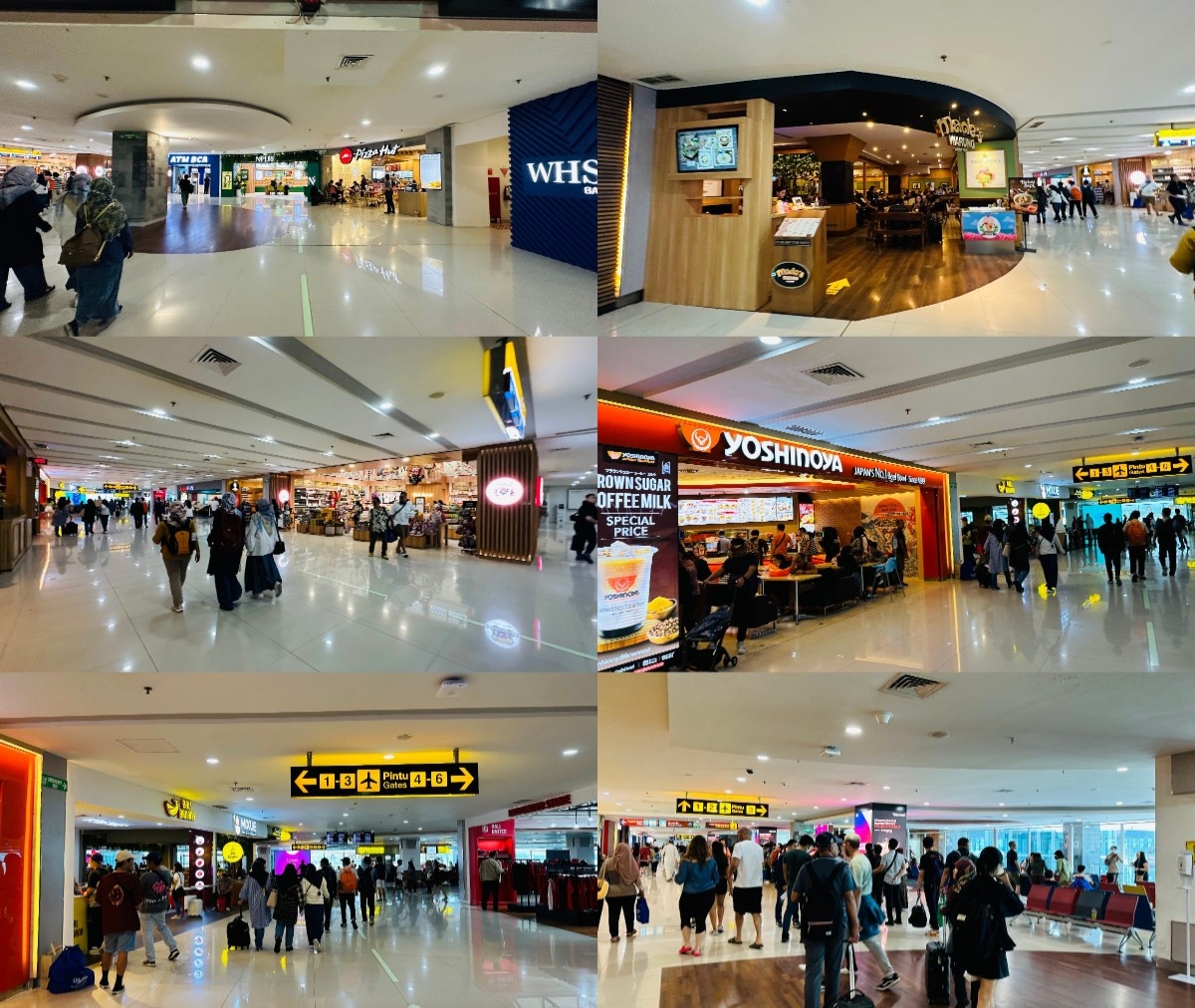
Imagine my joy when I saw Beard Papa’s, a Japanese cream-pastry shop that is among my favourites in Singapore. Really, this has to be one of the nicest domestic terminals I’ve seen outside India — though, of course, Indian private airports (especially BOM and BLR) have infinitely more classy setups; I haven’t seen DEL of late.
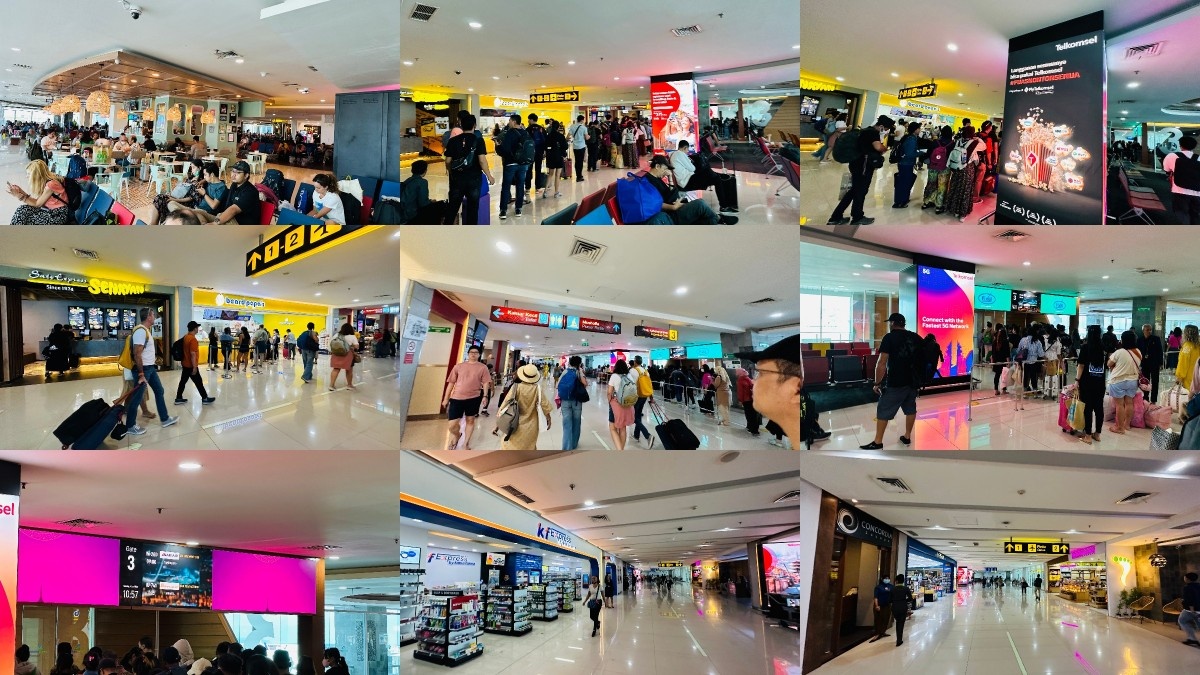
These were some of the visitors from elsewhere in the country, including three A320ceos in quick succession: PK-LUG, a sharkletted specimen of Batik Air; PK-STD, an all-white specimen of Super Air Jet; and a bit of Citilink’s PK-GLO. (Citilink, Garuda’s low-cost subsidiary, is the country’s only significant A320neo operator: while Batik has plenty of sharkletted A320ceos, PK-BDF is the only A320neo in the Lion Group. Indonesia AirAsia and Super Air Jet don’t have any A320neos either, which is a far cry from India, the largest A320neo/A321neo country in the world — all single-handedly thanks to IndiGo!)
Meanwhile, there were also PK-WFU, an ATR 72 of Wings Air, the Lion Group’s all-turboprop regional operator; PK-GMD, a Garuda 737-800; and 9V-OJH, a Scoot 787-9, one of a handful of international arrivals at this time.
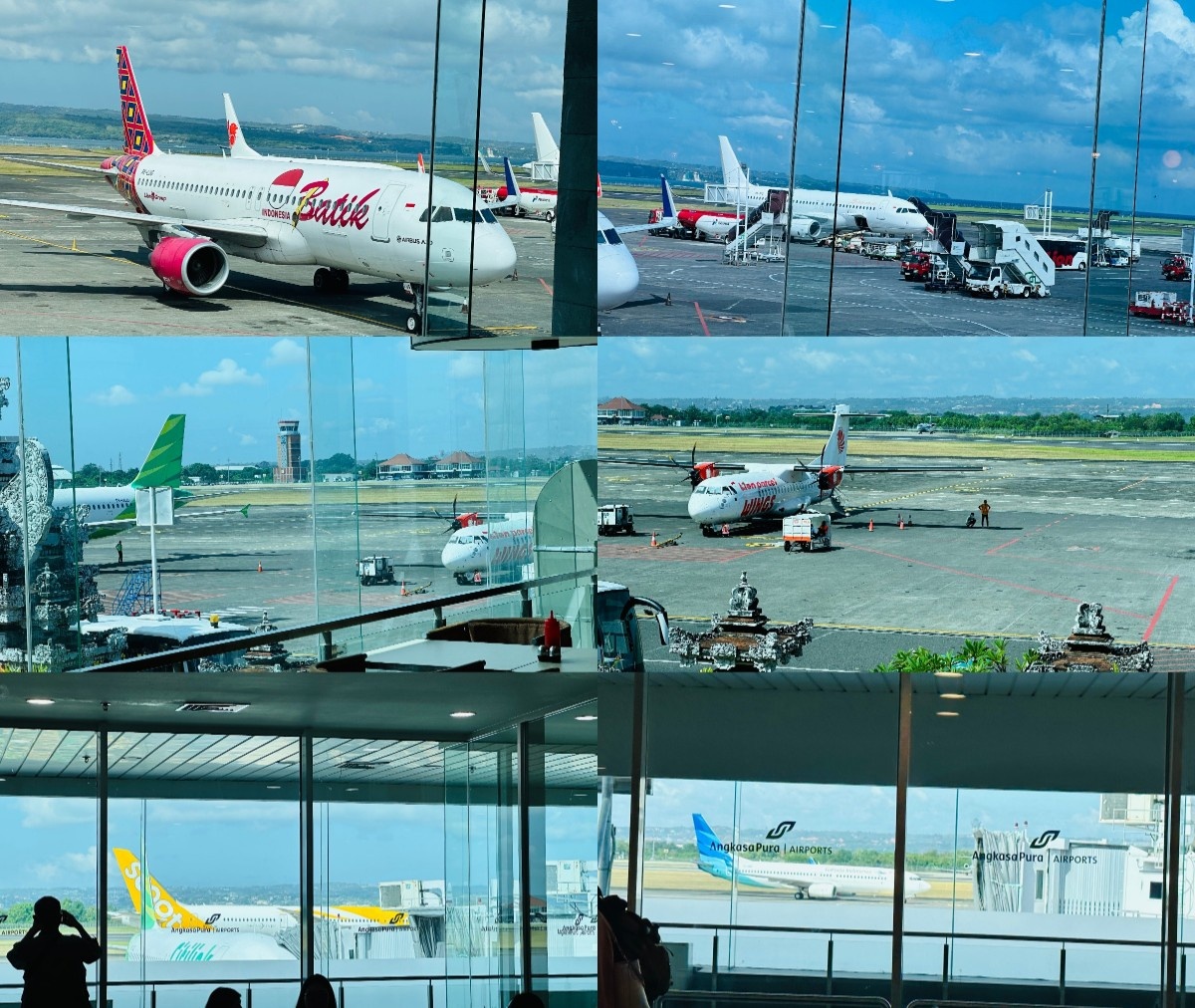
Some more eats-’n’-delights: Urban Food Market, OldTown Coffee and an AlfaExpress convenience store, punctuated by the vibrant Telkomsel ads promoting the country’s fastest and widest 5G network, and the pretty Vesak (Buddhist New Year) designs at the gates.
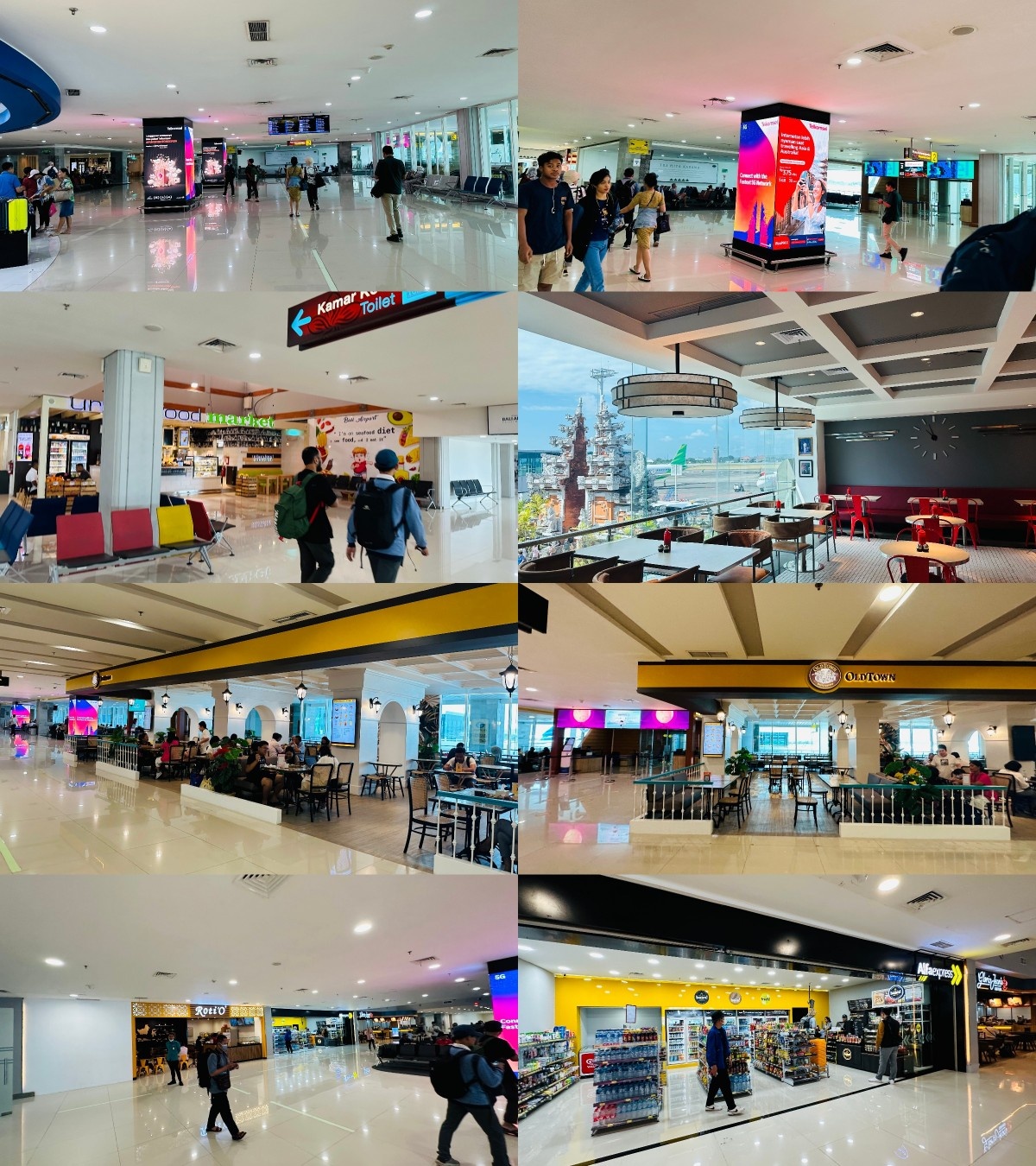
And now the Garuda Indonesia Domestic Lounge: even though the airline’s first-class footprint has shrunk to only two aircraft — 777-300ERs PK-GIF and PK-GIG, the latter in a government/retro crossover livery — Denpasar remains, astonishingly enough, one of those two aircraft’s destinations, if not a regular one. They both typically fly on the GA88/89 route from Jakarta to Amsterdam, but every now and then make a quick detour to the Island of the Gods. (Nowadays, however, they operate more on Hajj routes and presidential charters, with GA88/89 reduced to only once weekly.)
Naturally, you’d expect GA to promote its award-winning, critically acclaimed four-seater product, one that wowed the world in the mid-2010s (shortly after it joined SkyTeam in 2014) before the airline’s economic downturn and the pandemic forced the product to almost disappear.
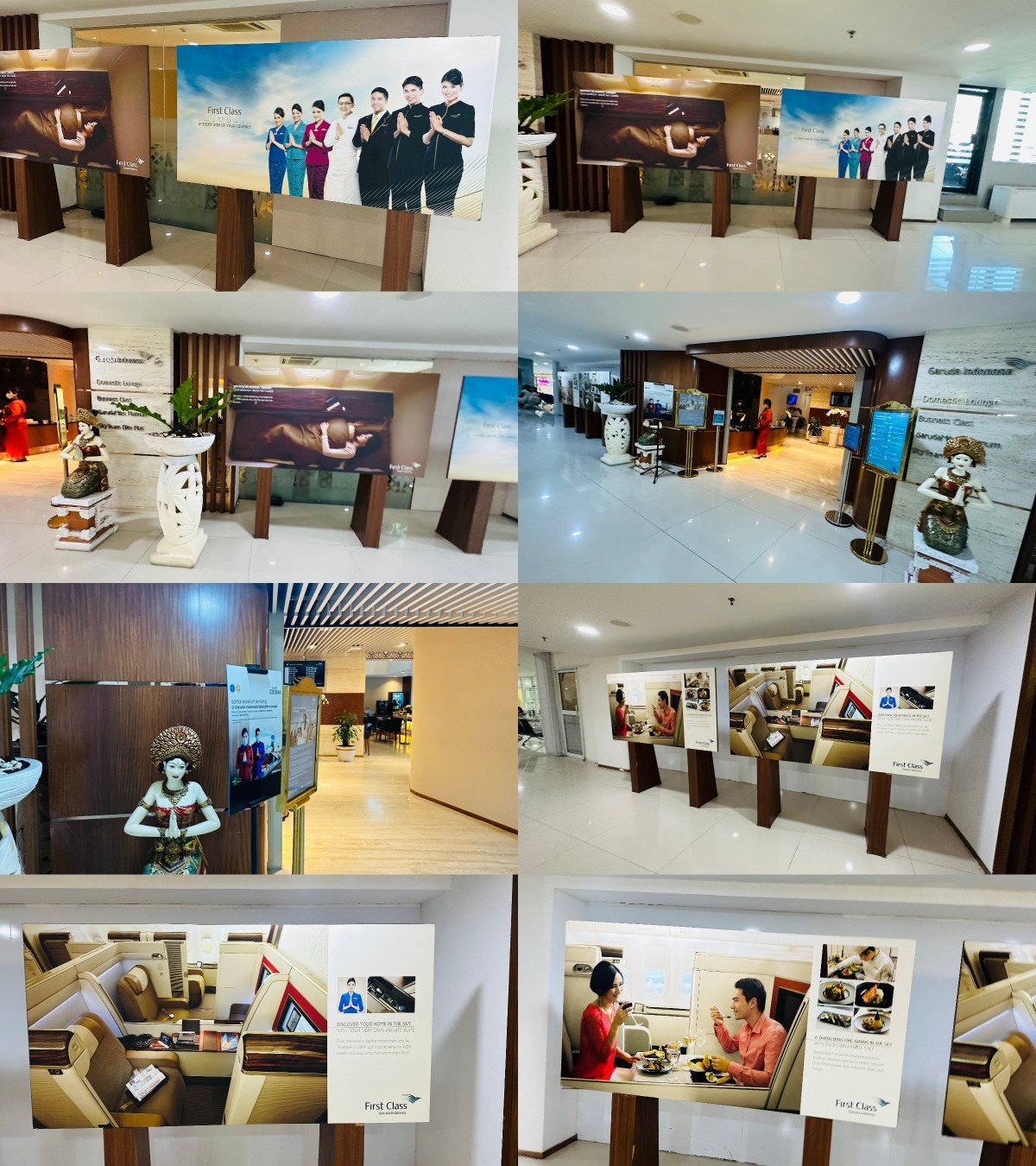
From the AlfaExpress store I bought a couple of drinks — and since I (foolishly for this flight) didn’t have a mask on me, I had to buy one from the store only for the duration of the flight, then throw it away thereafter because it was so uncomfortable!
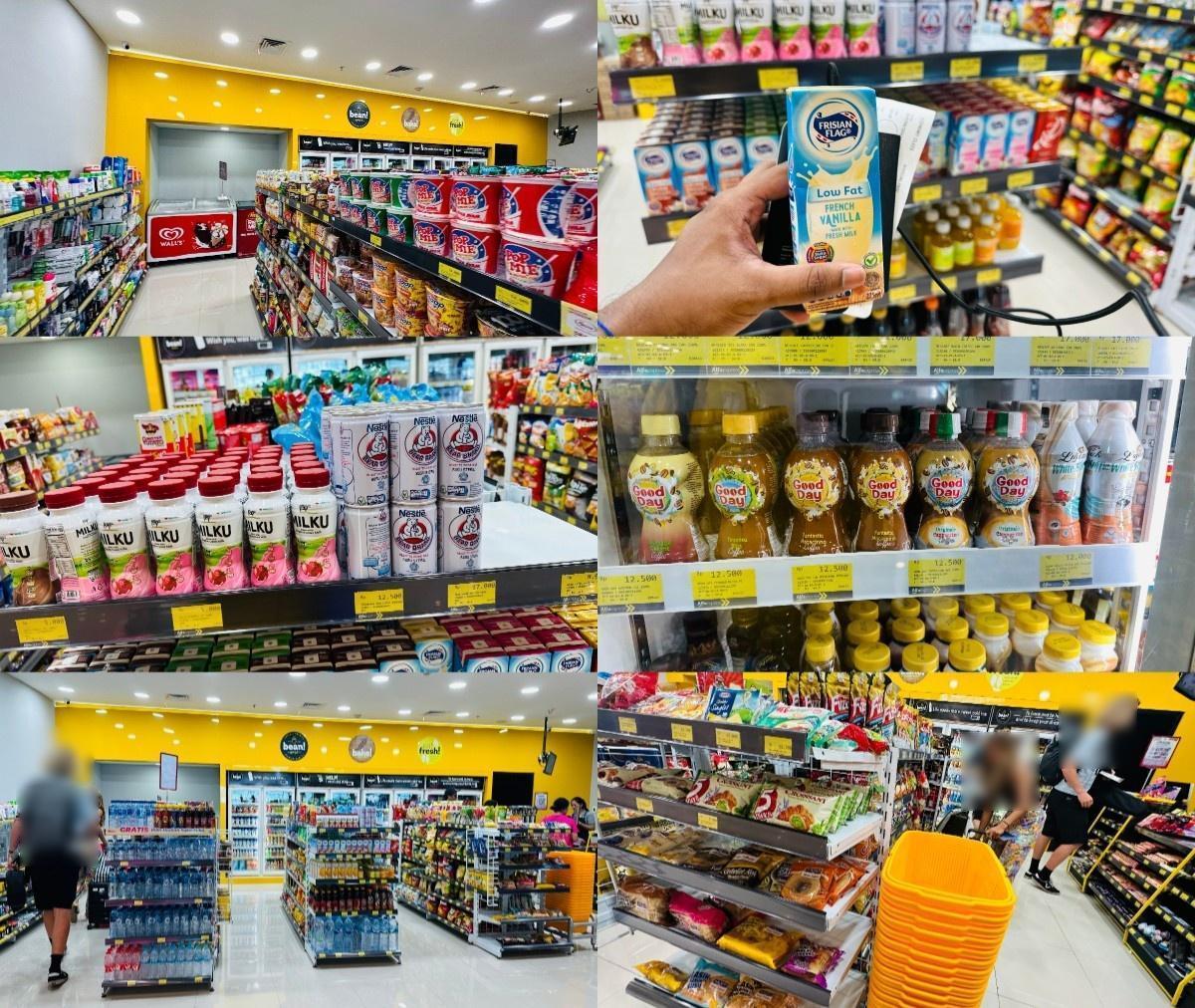
Purple moons at the boarding gates
The crowd was a healthy one, but despite this many seats at the boarding area remained empty. There were a large number of Western travellers, debunking the misconception that mostly Indonesians will fly on a domestic route — then again, this was between the two busiest airports of the country, and not something like Lombok to Makassar or Medan to Jayapura with barely any foreign passengers. (Unlike India, where it’s easy to fly nonstop — particularly on IndiGo due to its massive size and scale — between second-tier cities like Chandigarh and Kochi or Guwahati and Jaipur, many flights in Indonesia must still route via big hubs, and the capital CGK in particular.)
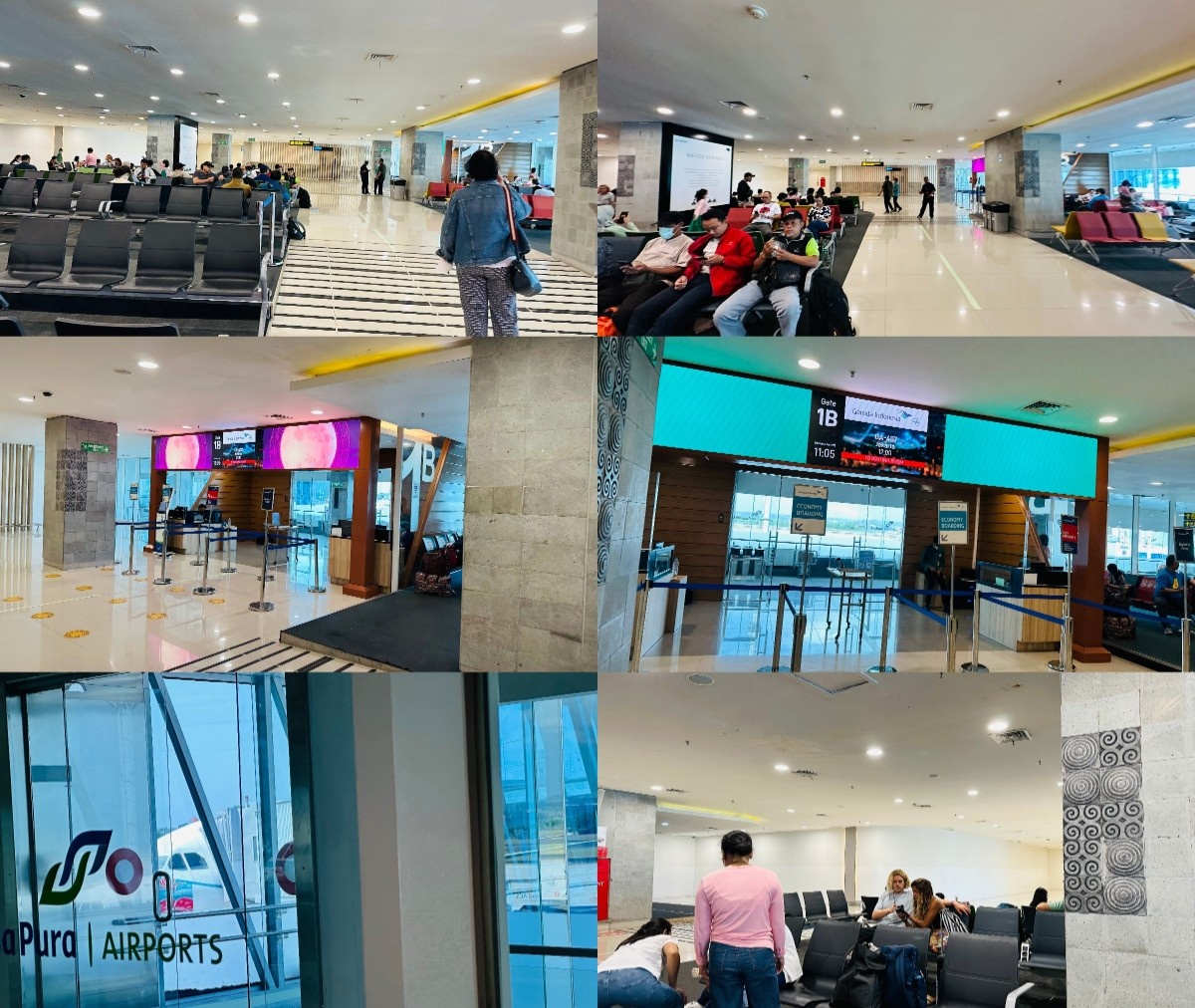
These were all the aircraft on the ground at the time, with our PK-GHC and Scoot’s 9V-OJH the only widebodes, to be joined later by Singapore Airlines’ 787-10 9V-SCF. (A number of Australian Jetstar aircraft were also present, including A321LR VH-OFP — not so much Qantas or Virgin, though.) This was also a good time to look up OMAAT on the other A330 with the ‘Ayo Pakai Masker’ livery, A330-900neo PK-GHG, which had not flown for many months!
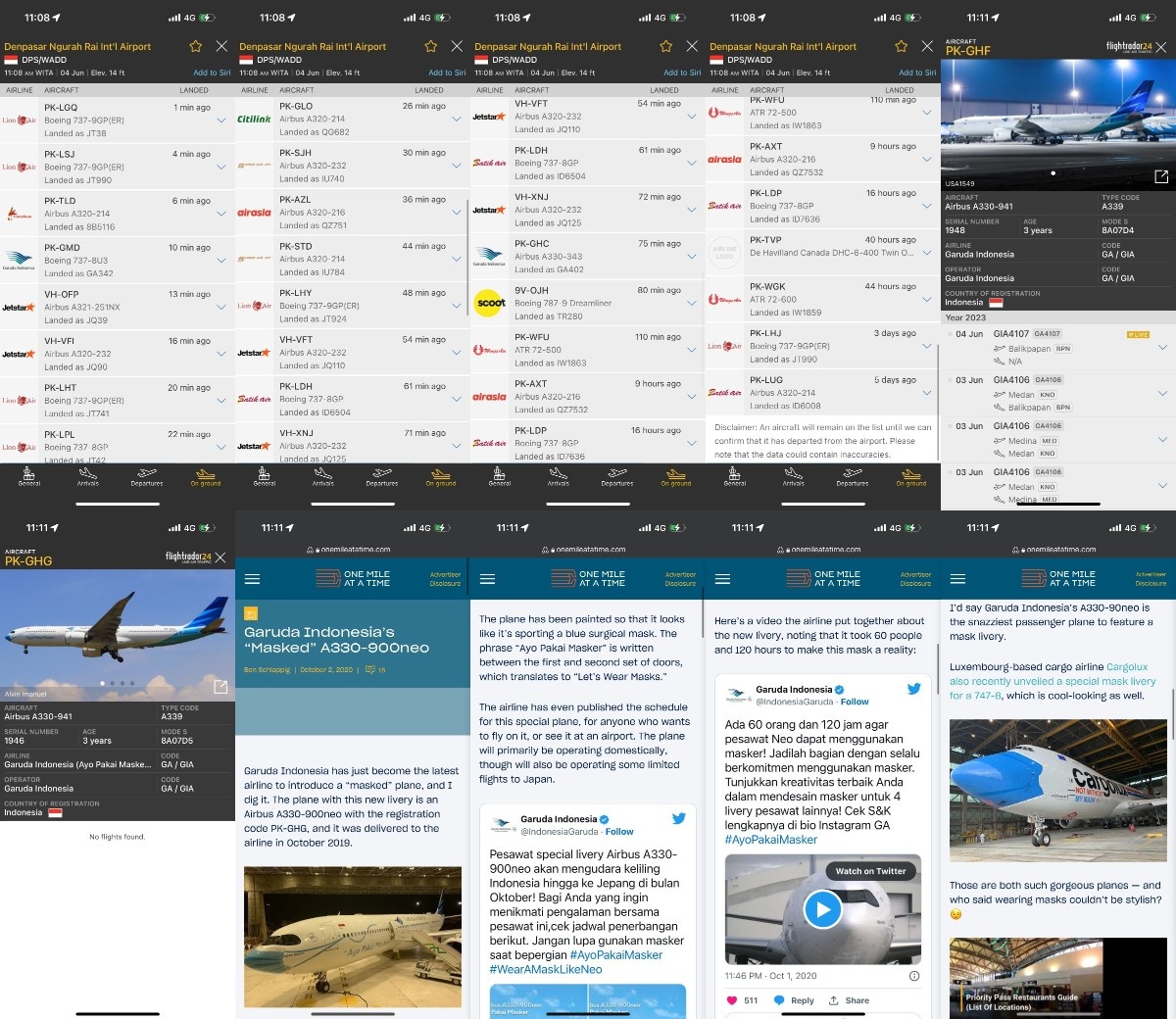
An overhead representation of the above, with SQ’s 9V-SCF just having landed as SQ936, along with some stunning, striking shots of PH-BVD, my previous aircraft that took me here that Friday evening — one I will never forget for the rest of my life.
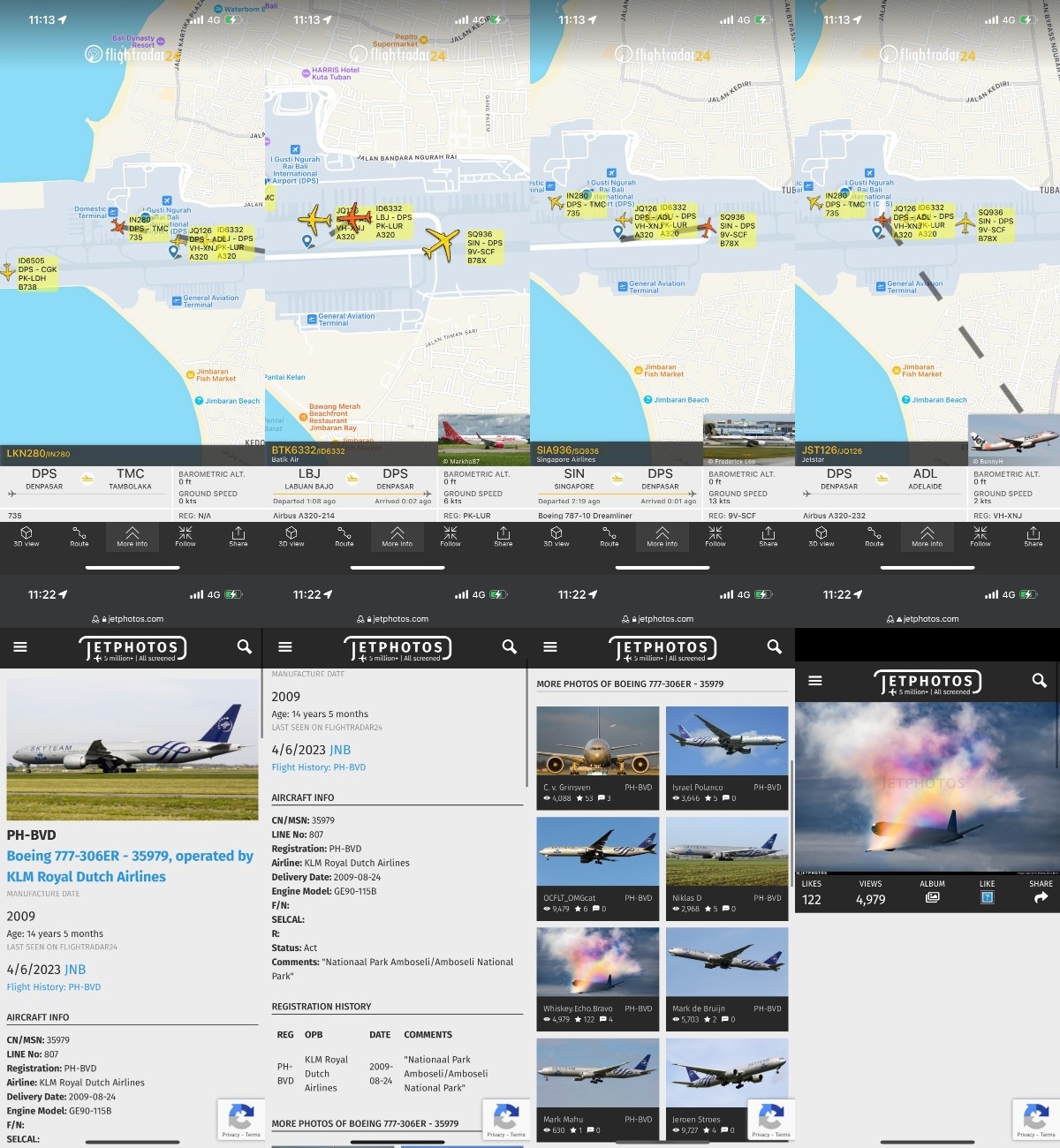
The people started to make a beeline for the gates, and one of them carried a blue Aldi ‘bag for life, picnics and schoolbooks’ (last row, left). The brilliant moon against a purple backdrop to mark the occasion of Vesak only served to enhance the beauty of this lovely airport.
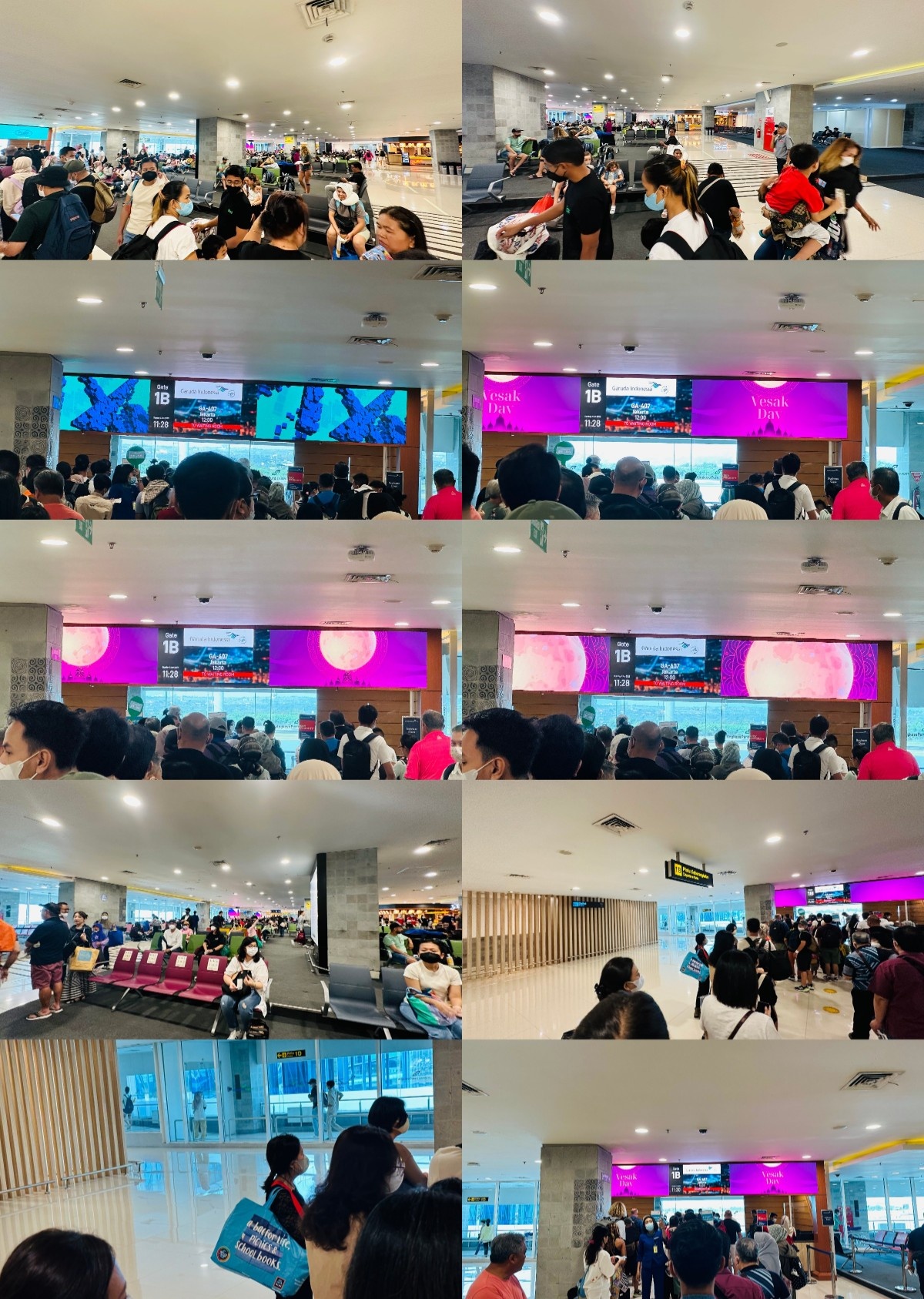
My parents told me, ‘Please take the name of God as you board, dear,’ as they always do. I also told them that I had a mask with me, but stopped short of telling them that it had to be bought at the last minute!
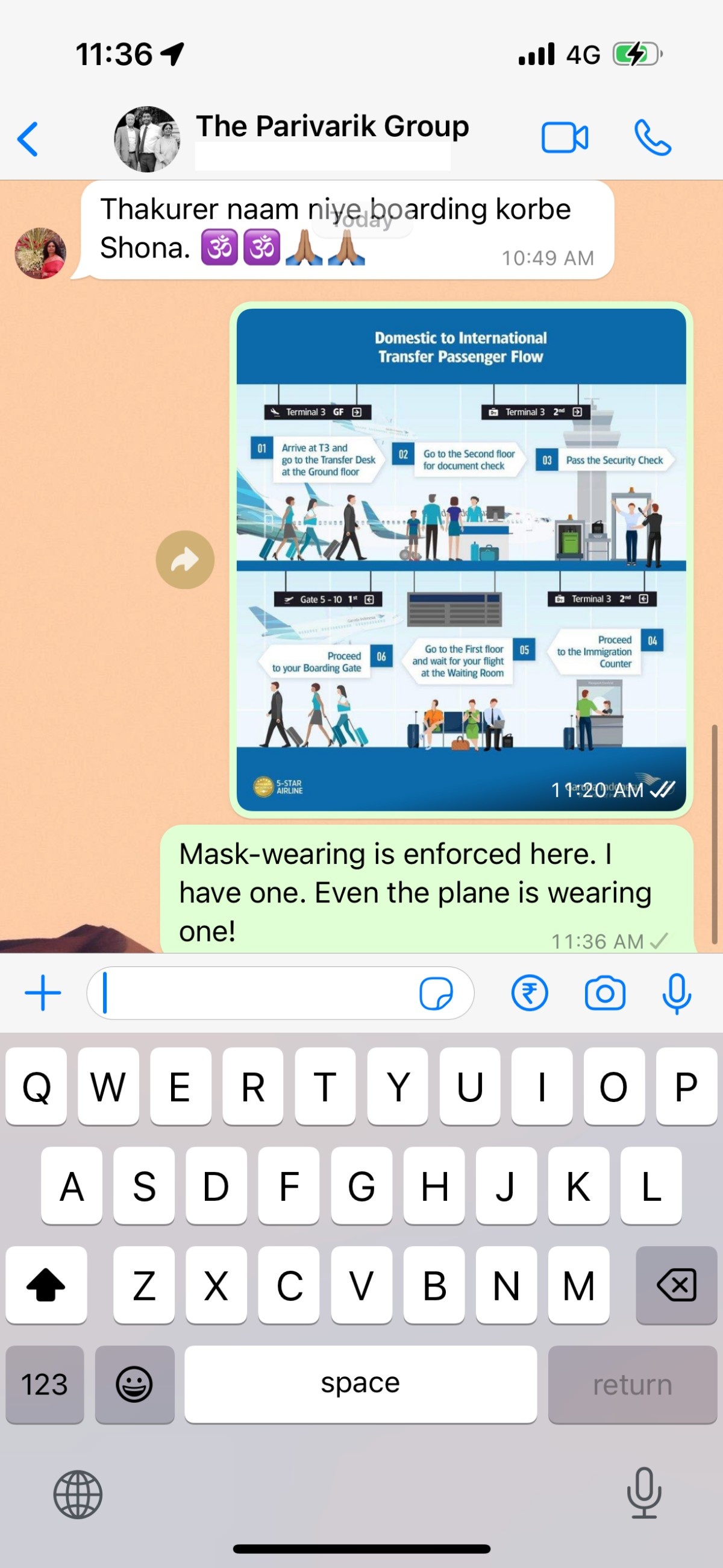
Now it was time to step off the terminal and onto the jetbridge at one of the world’s most picturesque locales.
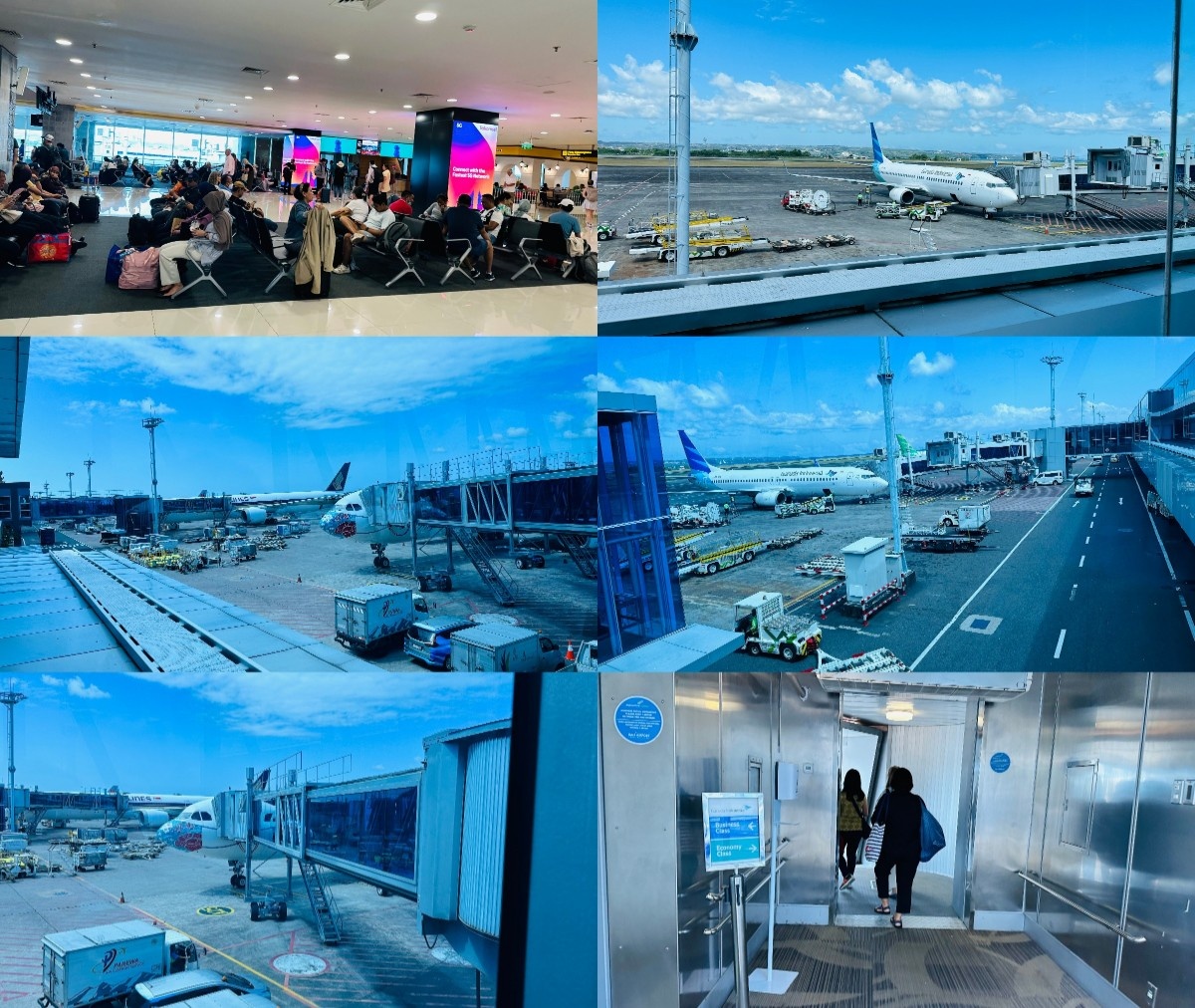
So wowed were some passengers by the plane’s special decoration that they stopped to take a selfie of themselves in the middle of the jetbridge! I have put that as the cover image of the report. (Note: Garuda’s A330s have their titles in the centre of the fuselage — like China Airlines’ widebodies — but all other aircraft including 777s have them towards the front, like its Taiwanese partner’s narrowbodies.)
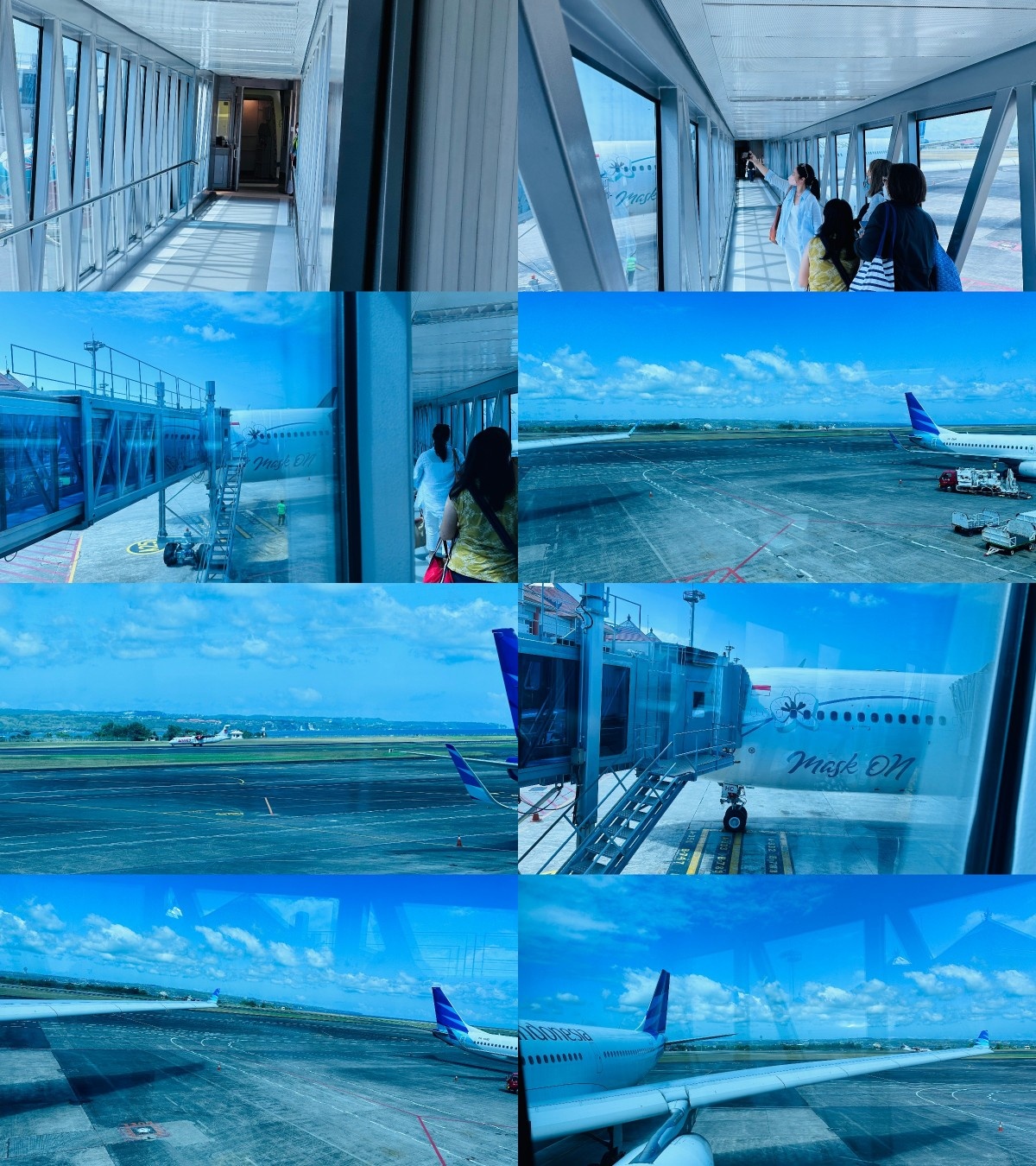
Masks don’t get much more flowery than this: mask on, seriously — or you can’t board!
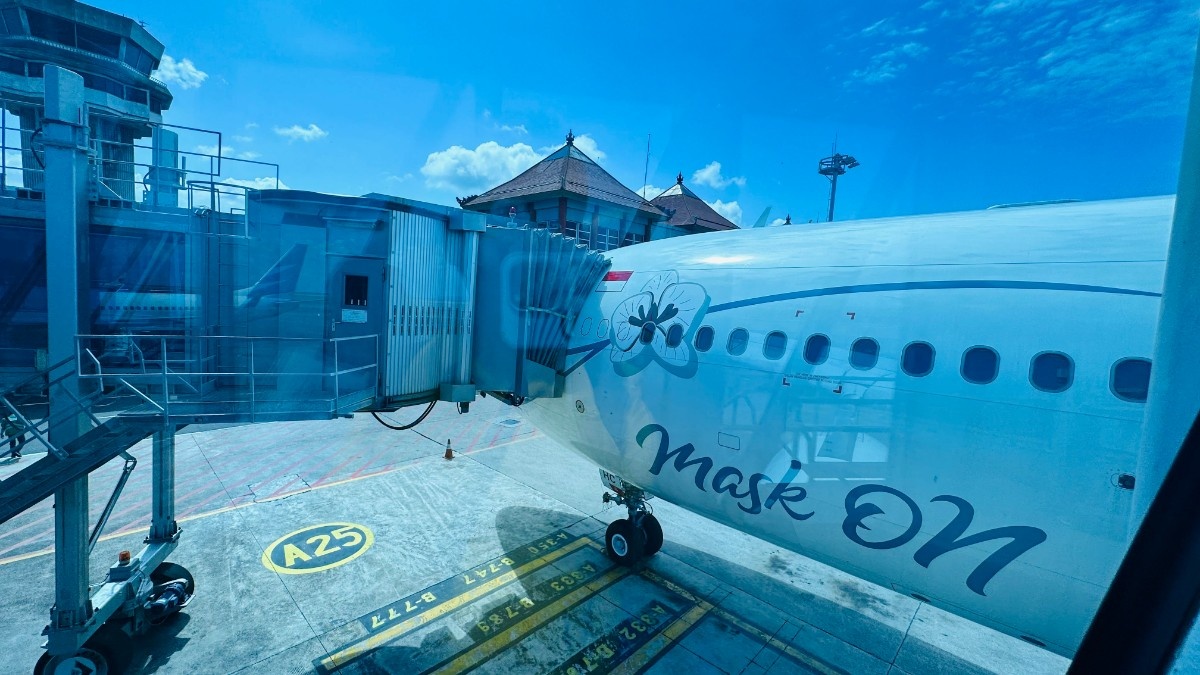
The flight: Boarding and departure
Flight: Garuda Indonesia GA407/GIA407
Date: Sunday, 4 June 2023
Route: Denpasar I Gusti Ngurah Rai (WADD/DPS) to Jakarta Soekarno–Hatta (WIII/CGK)
Aircraft: PK-GHC, Airbus A330-300 (Mask On sticker on nose)
Age: 7 years 2 months at the time (built: 5 April 2016, delivered: 23 May 2016)
Seat: 46K (starboard side, window)
Boarding: 11:30am WITA, UTC +8 (10:30am WIB, UTC +7)
Departure: 12:20pm WIB (11:20am WITA)
Arrival: 12:53pm WIB (1:53pm WITA)
Duration: 1 hour 33 minutes
Notes:
• First flight on Garuda Indonesia and second on a SkyTeam airline, after the previous flight on KLM Royal Dutch Airlines.
• Second flight on the A330-300 after MH180 on Malaysia Airlines’ 9M-MTH in October 2022. Fourth on the A330 overall after two flights on SriLankan Airlines’ A330-200 4R-ALB in April 2023, then the airline’s oldest aircraft, built in 1999.* The next flight on PK-GPU would be the third on the A330-300 and the fifth overall on the A330.
*Recently (in November) I managed to finally get SriLankan’s A330-300: UL309 from Singapore to Colombo on 4R-ALO, after the previously booked UL303 (2x weekly, early afternoon) was removed from the schedule — without any intimation whatsoever — for the winter season, and the flights continuing to Bengaluru had to be rebooked altogether.
The kindly girls in orange and blue welcomed the all-masked-up passengers on board, and you wouldn’t expect any less from an airline as acclaimed for its cabin crew as Garuda Indonesia.
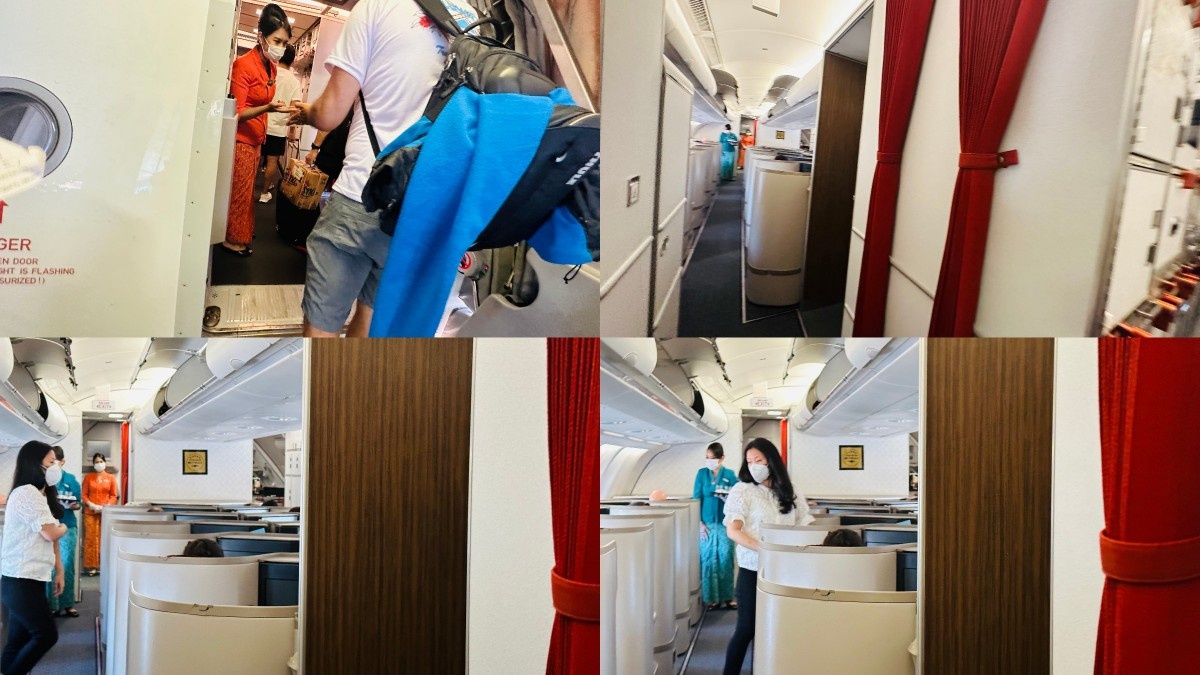
The seats were not as bright blue as SriLankan, but at least the covers were a deep turquoise, and the brown fabric of the seats had a floral design on them. A few kids settled into their seats, led by their parents, while some of the other travellers were young adults — though not solo like me.
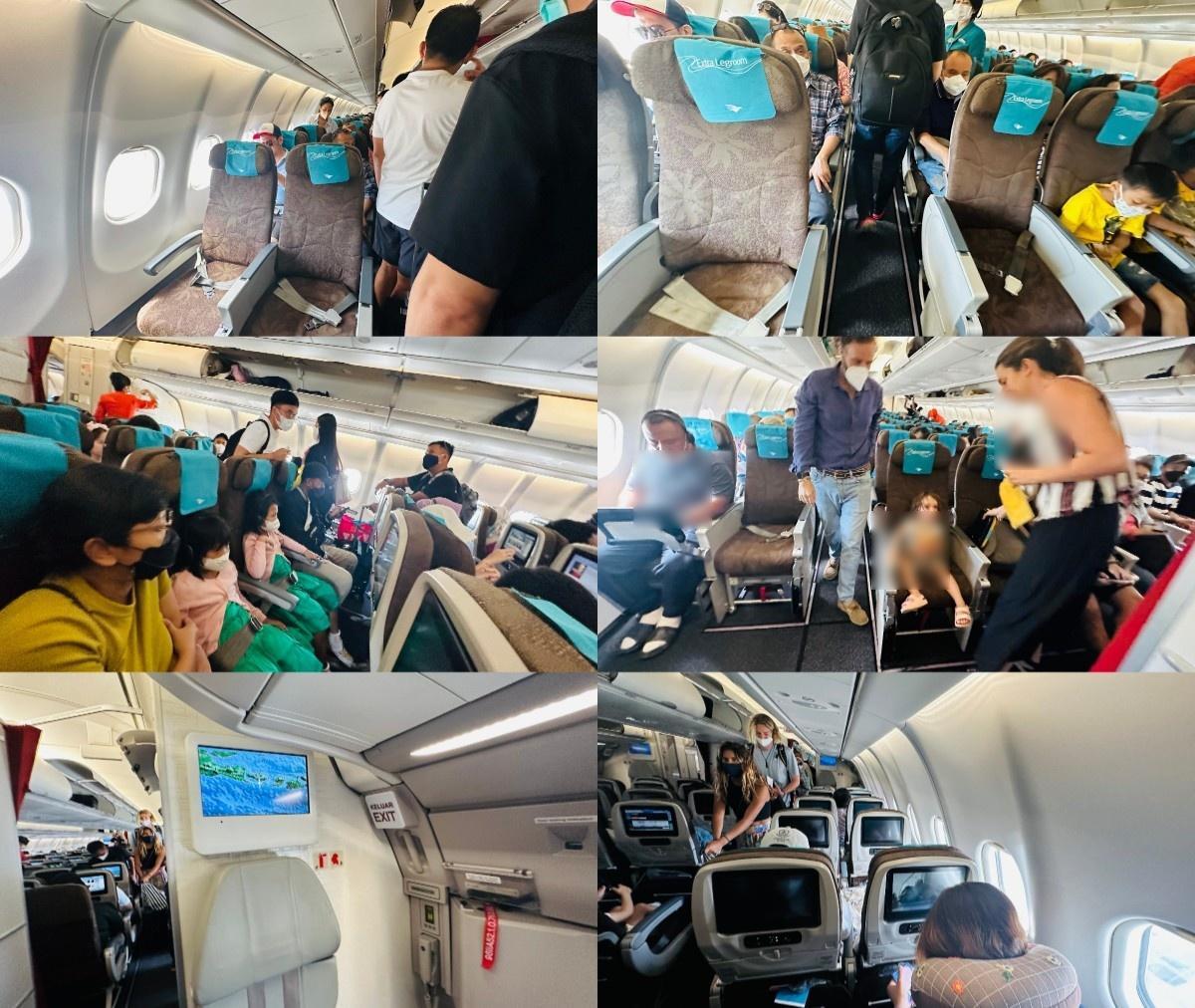
SQ’s 9V-SCF pulled up beside us, and the stately blue-and-gold livery without a winglet was quite the contrast to our gaily green-blue wingtip extension, among my favourite liveries in the world — though almost nothing can beat Thai Airways’ rich violet for me.
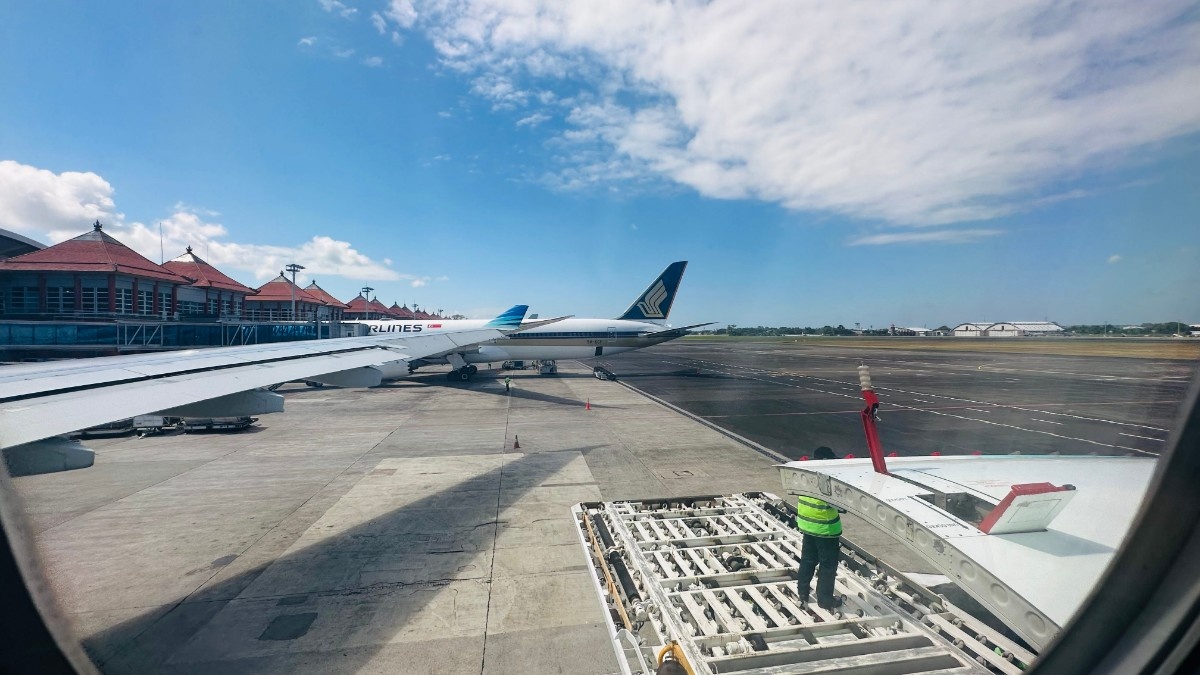
The monitors were rich and high-definition, with modern black bezels instead of the slightly older white ones that you often find on A330s, which was the case on my next Garuda flight. The airline did a phenomenal job in highlighting the rich tropical (especially beachside) tourist attractions of the country, and even went ahead to designate them as Tripadvisor Travellers’ Choices. Moreover, GA’s IFE system is the only one I have ever seen — both in real life and otherwise — which allows you to customise the colour scheme. Unlike KLM, the airline and alliance logos were shown prominently, but the language options were limited to English and Bahasa Indonesia, in contrast to KLM and SQ’s multilingual selections.
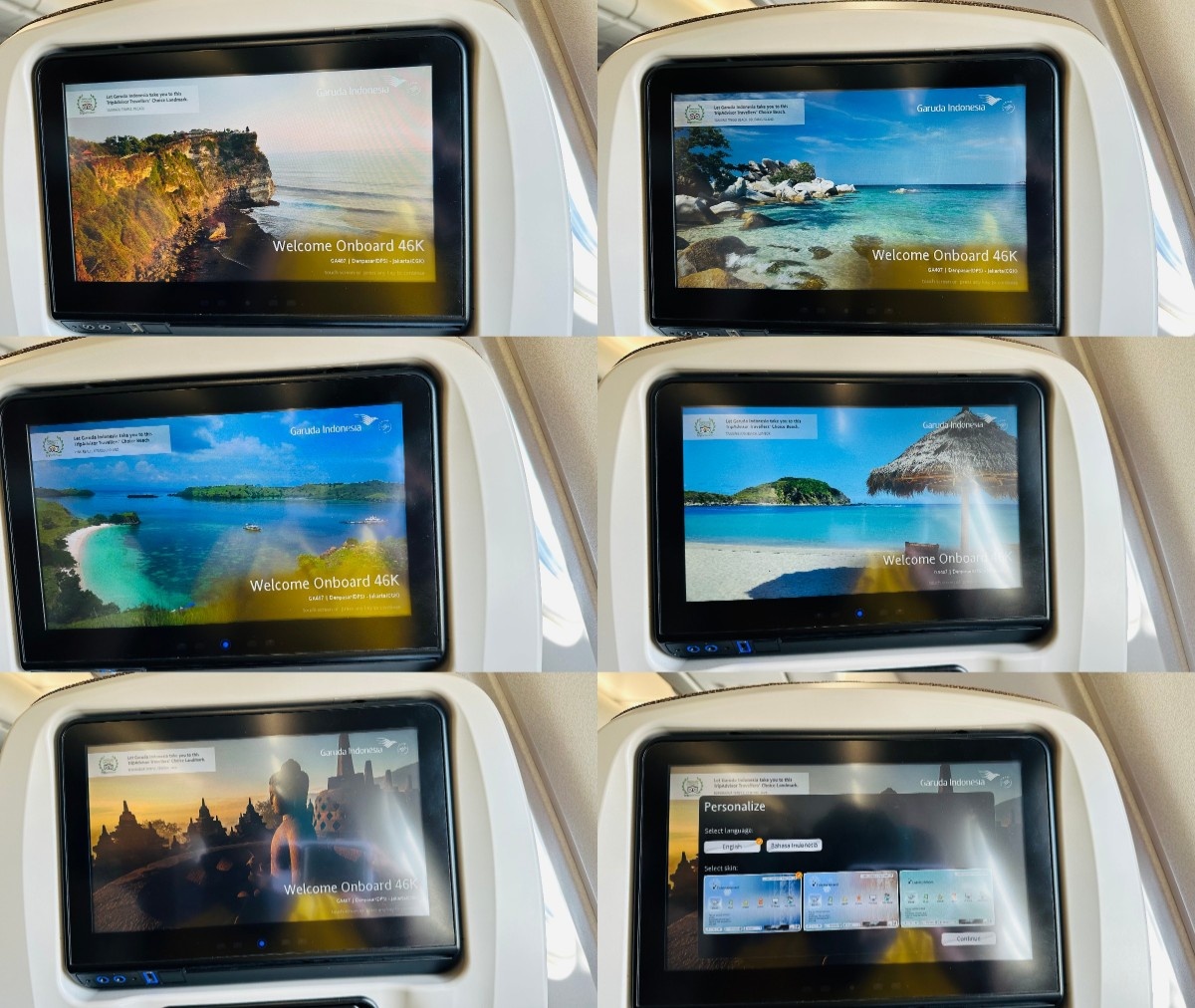
A passenger was playing a Tom & Jerry cartoon wherein the feline-and-rodent duo were travelling inside a stomach (the organ, not the belly) with the latter holding what looked like a tennis ball in his paws. The passengers settled into their seats, while the cabin crew helped tuck them in. (No, not in the literal sense: for that you’d have to go to the flat beds in the front of the cabin.)
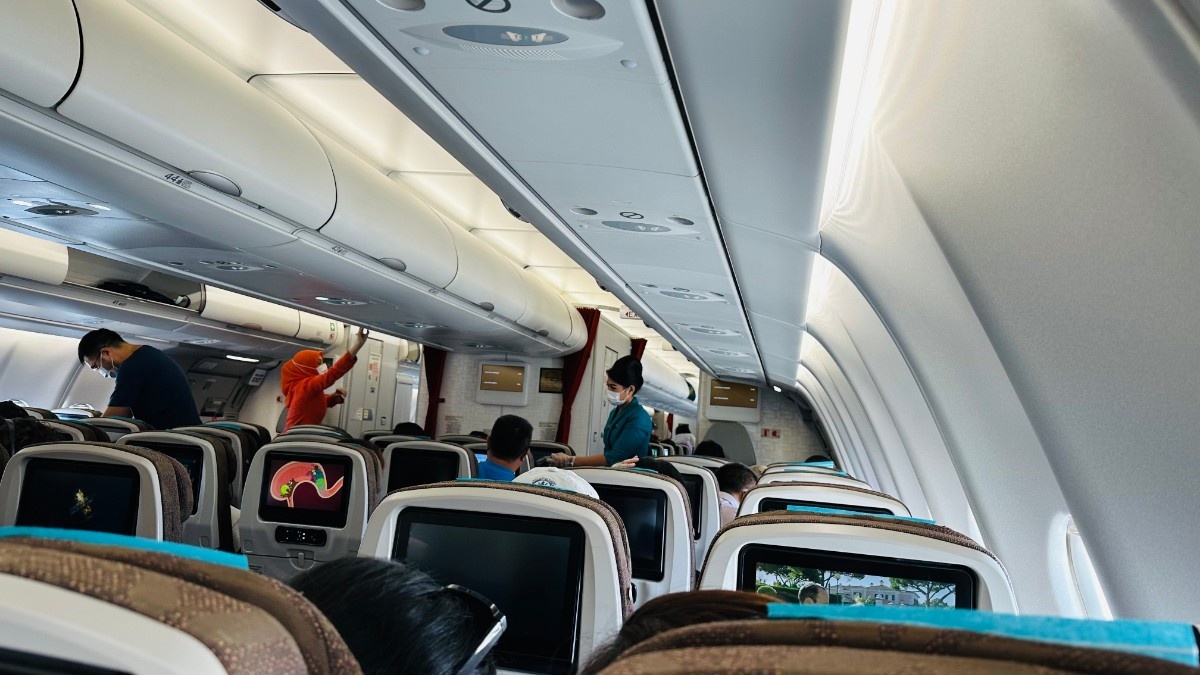
I distinctly remember, from GA First Class trip reports I’d seen nearly a decade ago — link points to a phenomenal flight from the airline’s peak year of 2014, documented on Airliners.net (never mind the ghastly photo watermarks) — that the IFE colour scheme could be changed, and that the entertainment selection would reportedly keep you ‘glued to your seat’.
Until I read R.L. Trask’s Mind the Gaffe! — my go-to authoritative manual for English style and usage — which says, for the definition of literally: ‘You should only say “They were literally glued to their seats” if you really do mean that someone actually placed glue on their seats.’ ? Good thing Garuda didn’t use literally here!
That said, I am least bothered about an airline’s IFE selection, and much more interested in the other things it might have to occupy me — including those of the Islamic kind. Too bad I didn’t have a pen-drive on me, or I would have tried out the personal media player. I did, however, get to use it on my recent flight on SriLankan’s A330-300.
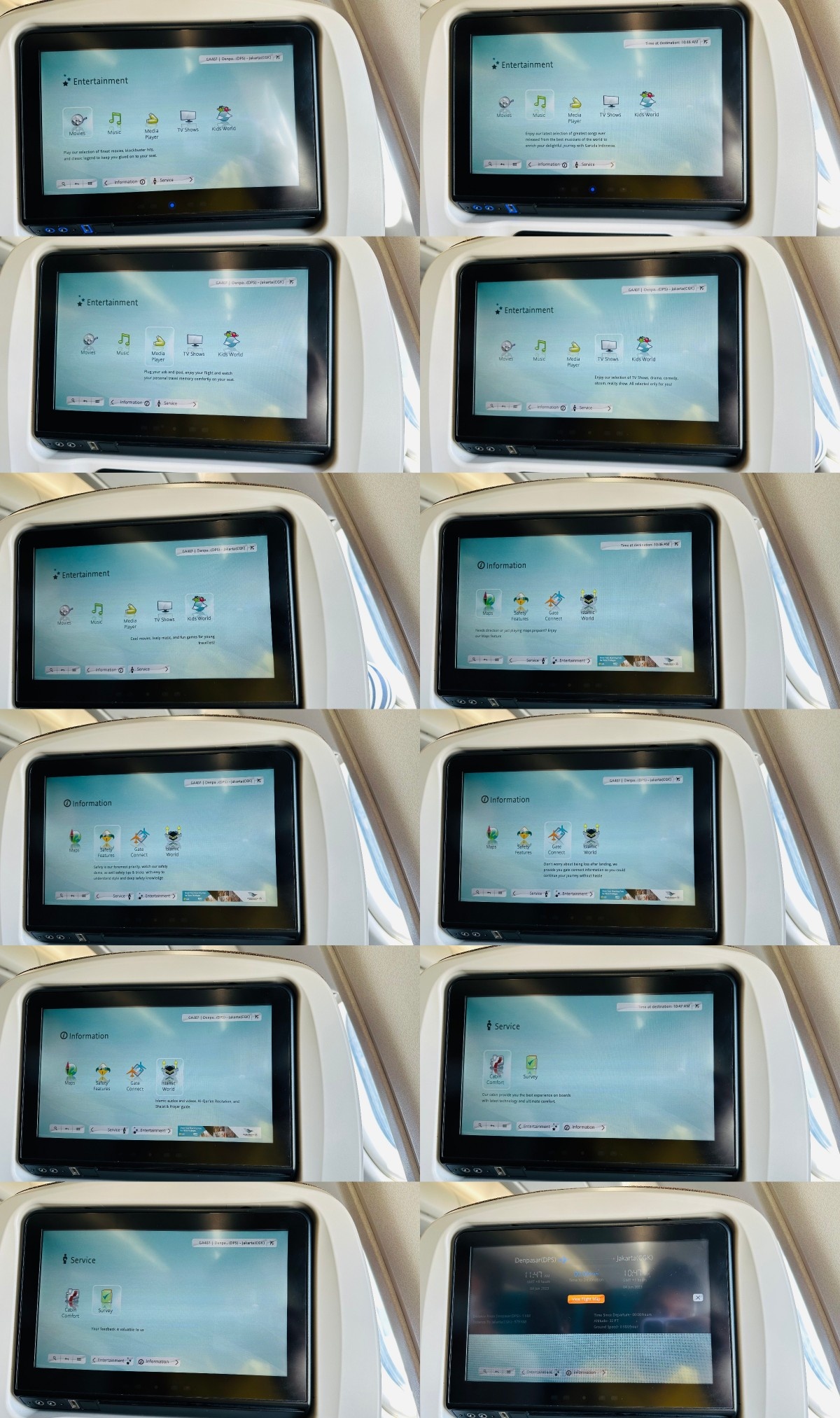
Now the welcome-aboard messages were displayed, and as you may well expect they consisted of smiling girls in bright blue uniforms, with hands folded in a namaste — or whatever the Indonesians call it.
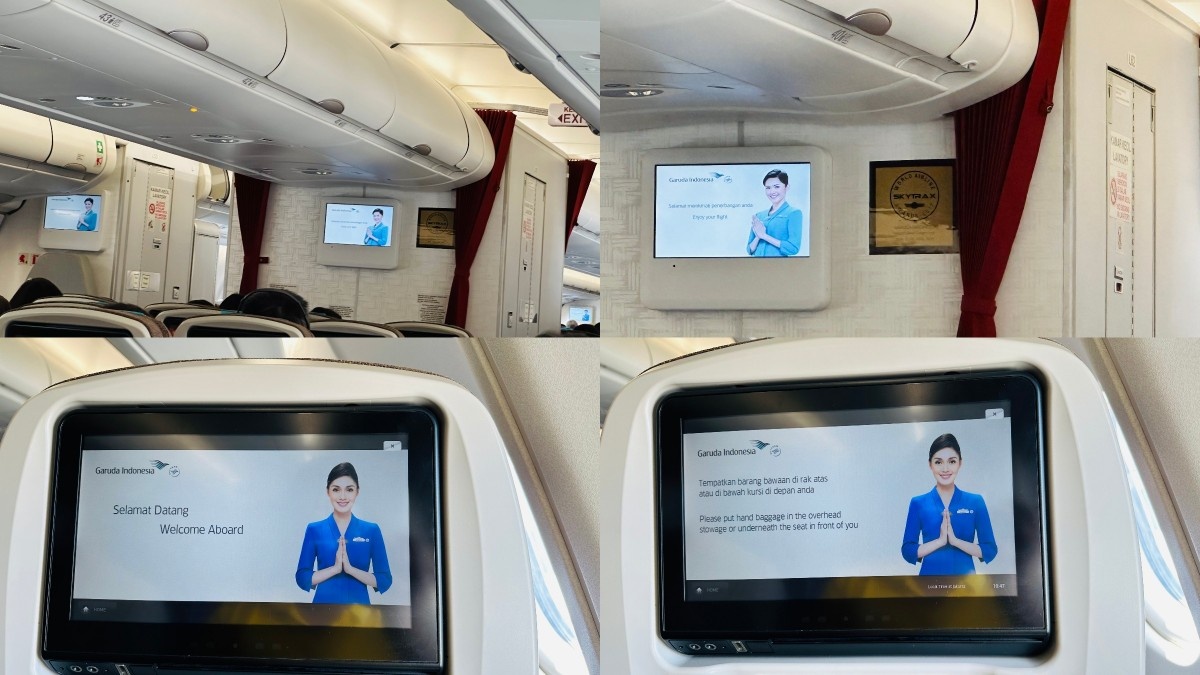
I’m afraid Garuda Indonesia is one of countless airlines which thinks inflight magazines are unnecessary in the postpandemic era — and this despite continuing publication of its Colours magazine (with a measly 40-odd pages, and barely one article, most of them being airline information pages) well into early 2023. Unlike KLM and Ethiopian, my previous two airlines, whose Holland Herald and Selamta are very much alive and kicking.
Instead the seat pocket contained a safety card, a duty-free guide (also the case on SQ and SriLankan) and an airsickness bag. I was particularly impressed by the fonts used on the safety card and airsickness bag, something that otherwise only Malaysia Airlines has perfected in Southeast Asia.
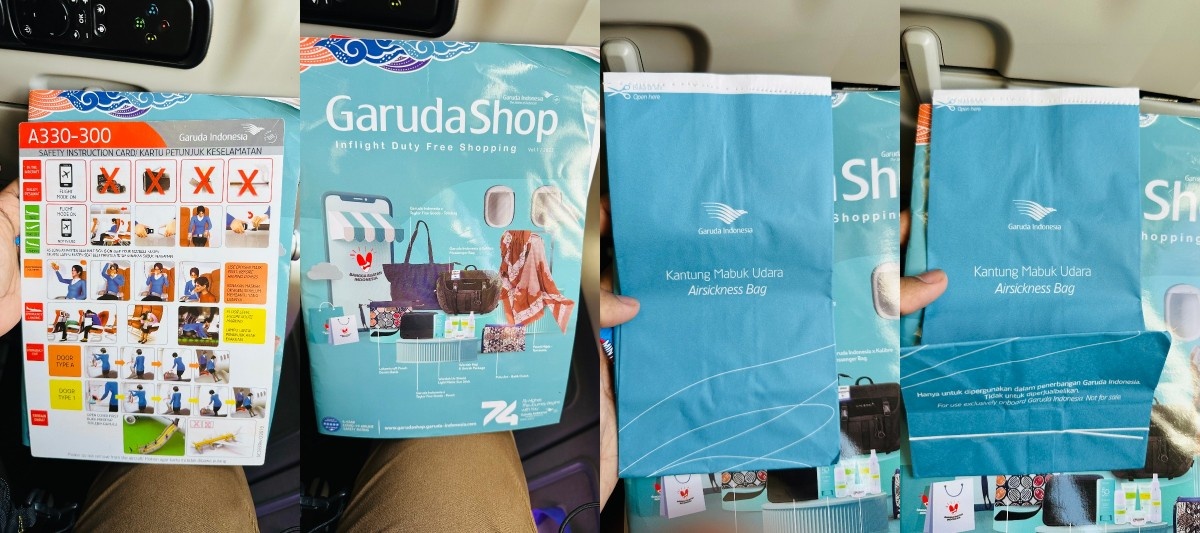
Most impressively, the cabin crew handed out Fox’s candies to all passengers as a little pre-departure snack of sorts, with mine being the Mint Blossom flavour — not my favourite (too minty) but you shouldn’t look a gift horse in the mouth, not when the airline is bleeding money otherwise.
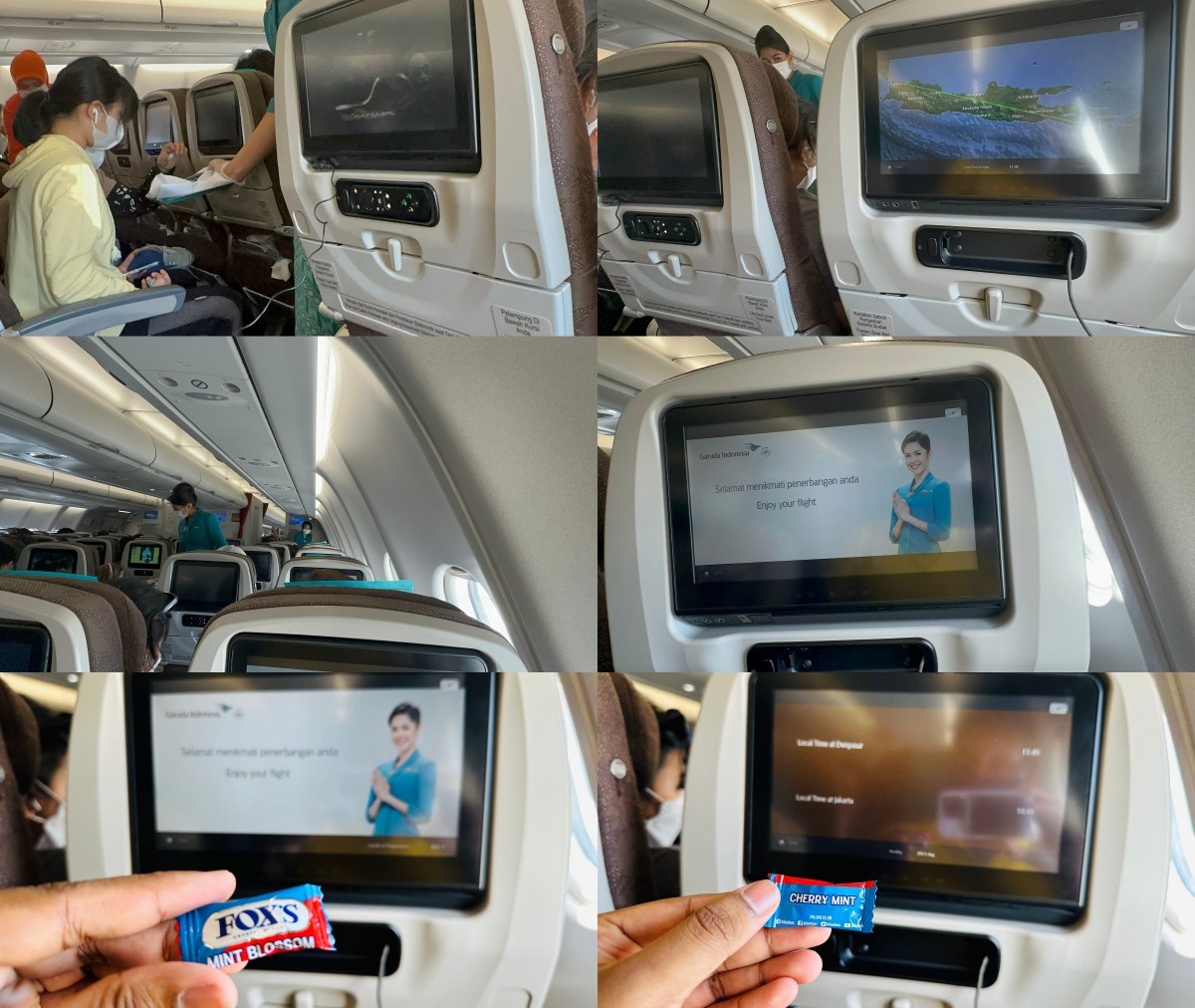
I peeked a little into the GarudaShop magazine, there not being very much of interest: the usual fragrances, watches, jewellery, alcohol, collectibles, memorabilia, whatnot.
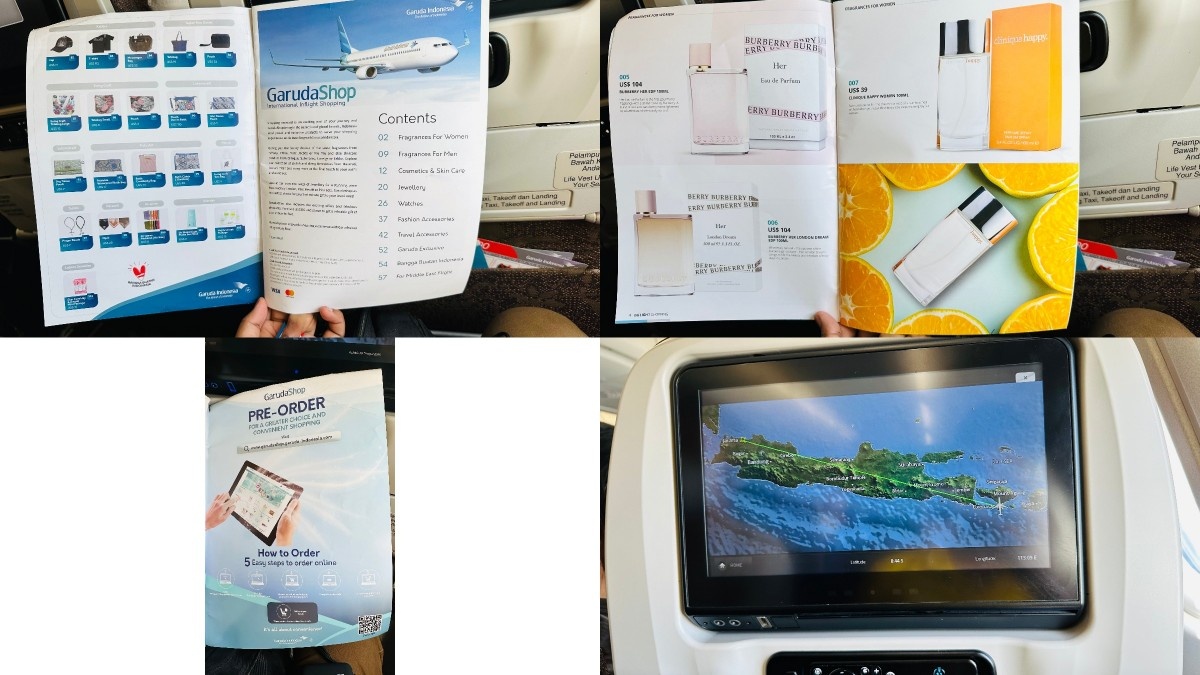
Safety video: from paddy fields to ponds and volcanoes
Now the safety video was played, and oddly the audio was only in Bahasa Indonesia, with subtitles in English. If you won’t make it all-English like SQ or KLM, the most common approach is to alternate between English and the local language for the audio, as I’ve seen on Thai, Ethiopian and Malaysia. (Vistara, however, screens two full videos on its A321neos: in Hindi followed by English.)
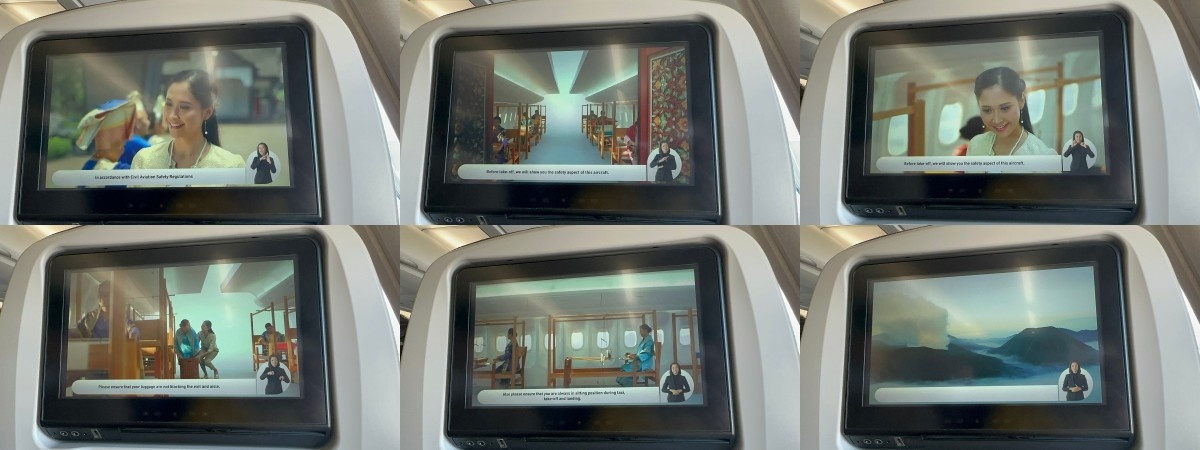
That said, Garuda was obviously going to lean into the tourist aspect of the safety video, much like SQ — but instead of a single flight attendant following families across the city-state, this one instead consisted of various locales and landscapes showcasing the best of Indonesian wanderlust — replete with a sign-language narrator. I daresay it made for a very relaxing effect, all the more so when every soul was all smiles at all times.
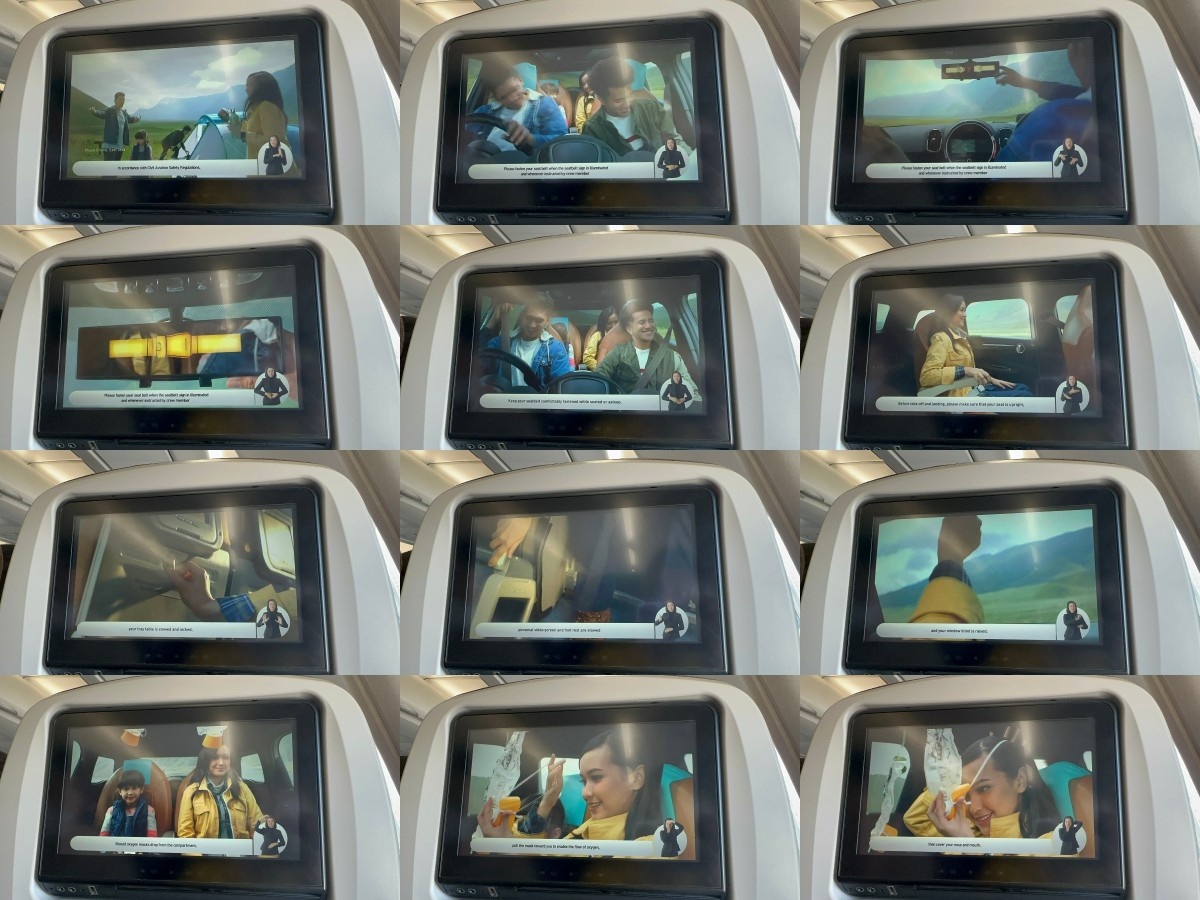
In one scene, a young couple drives their tiny Smart-esque two-person car through a lush paddy field in Bali, where they find a short-haired girl practising yoga all by herself. The other girl is so hyper she whips out her phone and snaps a selfie of the two of them — a breach of privacy, no? Hope the meditator didn’t mind!
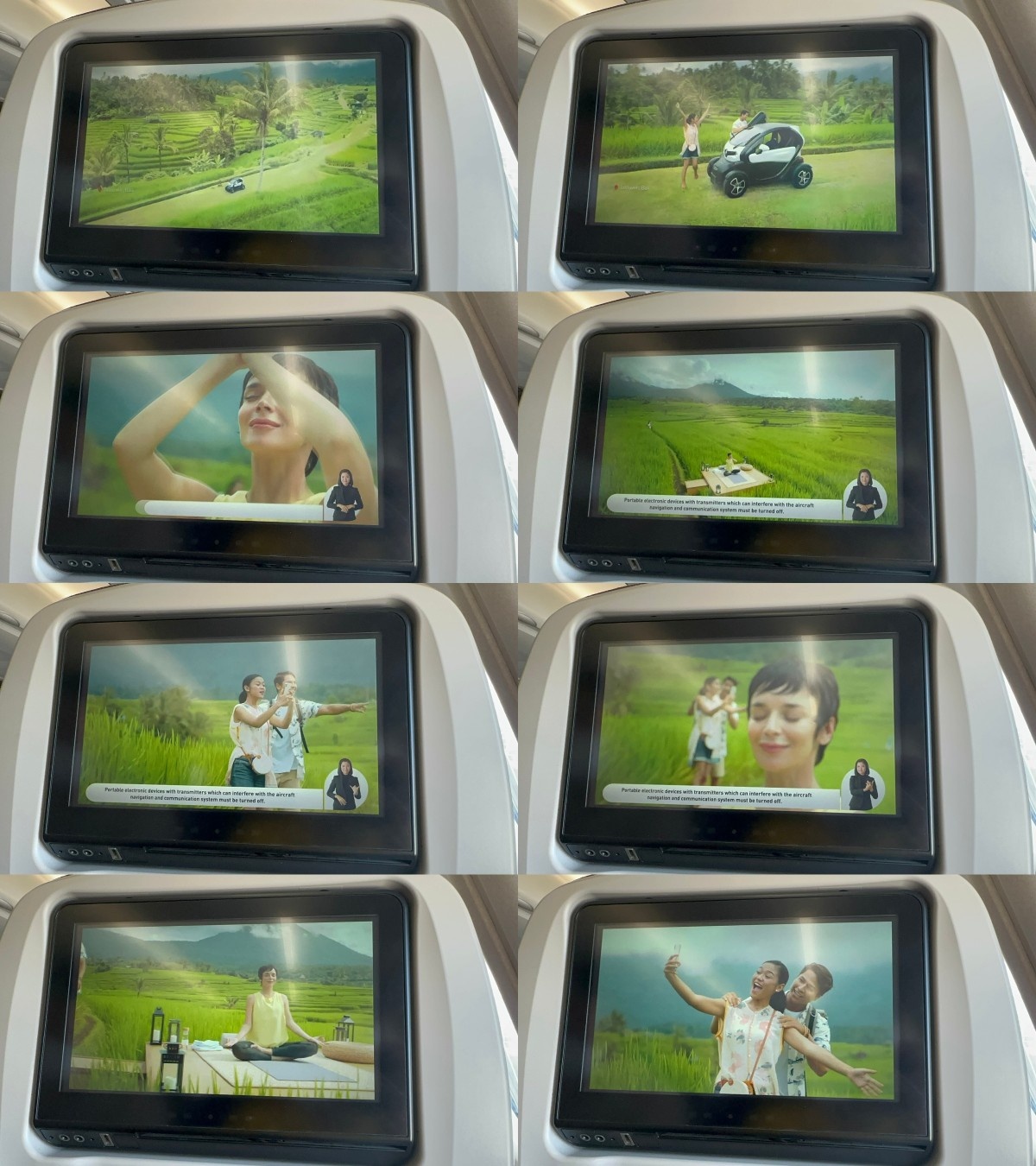
After viewing that absolutely uncalled-for selfie near the young yogini, the gizmo girl drops her phone down the sofa arm (serves her right?) before moving on to a late-night party in front of fire.

The rest of the video consists of the said couple taking an ever-so-romantic walk down the Staircase to Heaven.
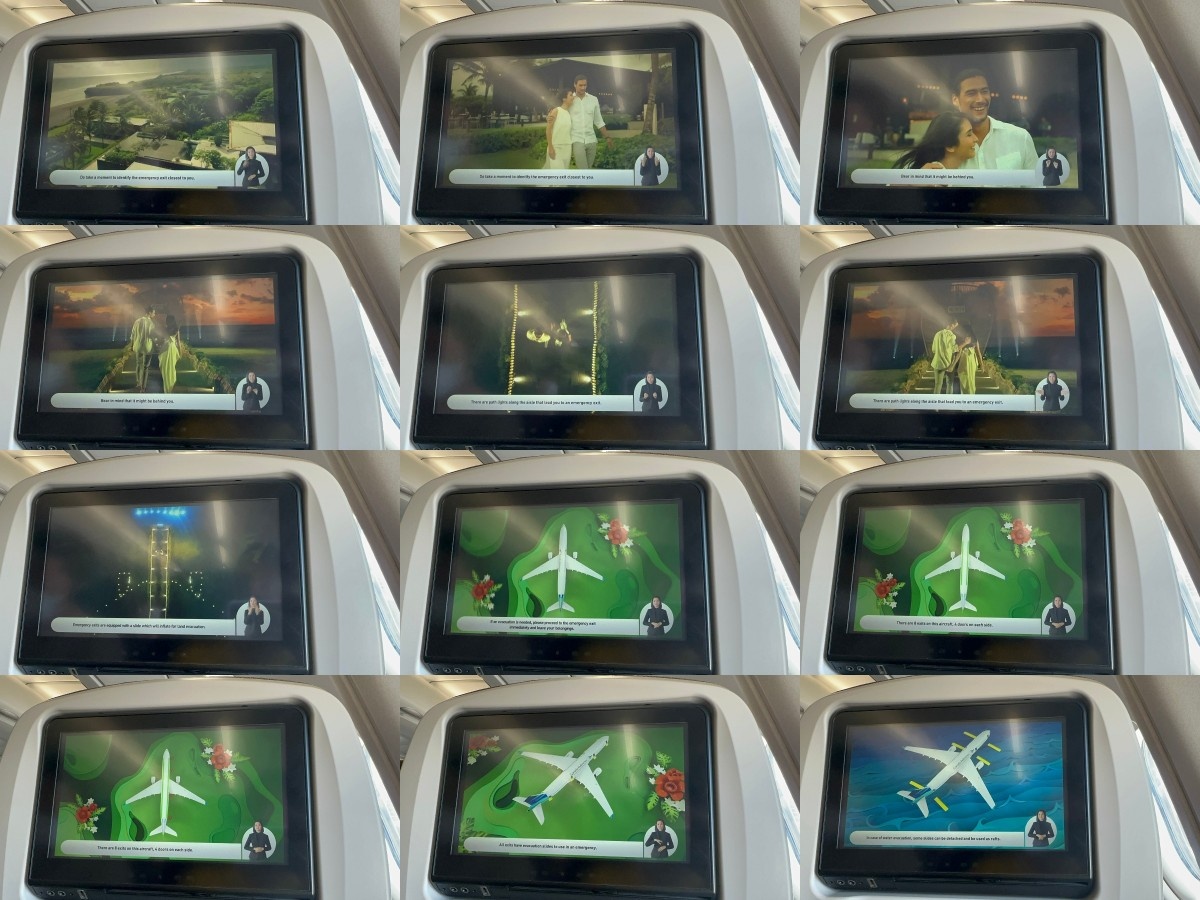
And a father and son understanding how to work with life vests to conclude the video. Memorable? Yes. Distinctive? Not so much, as there are so many more approaches to take, like Malaysia Airlines’ over-the-top dance number or Air New Zealand’s long track record of innovative safety videos.
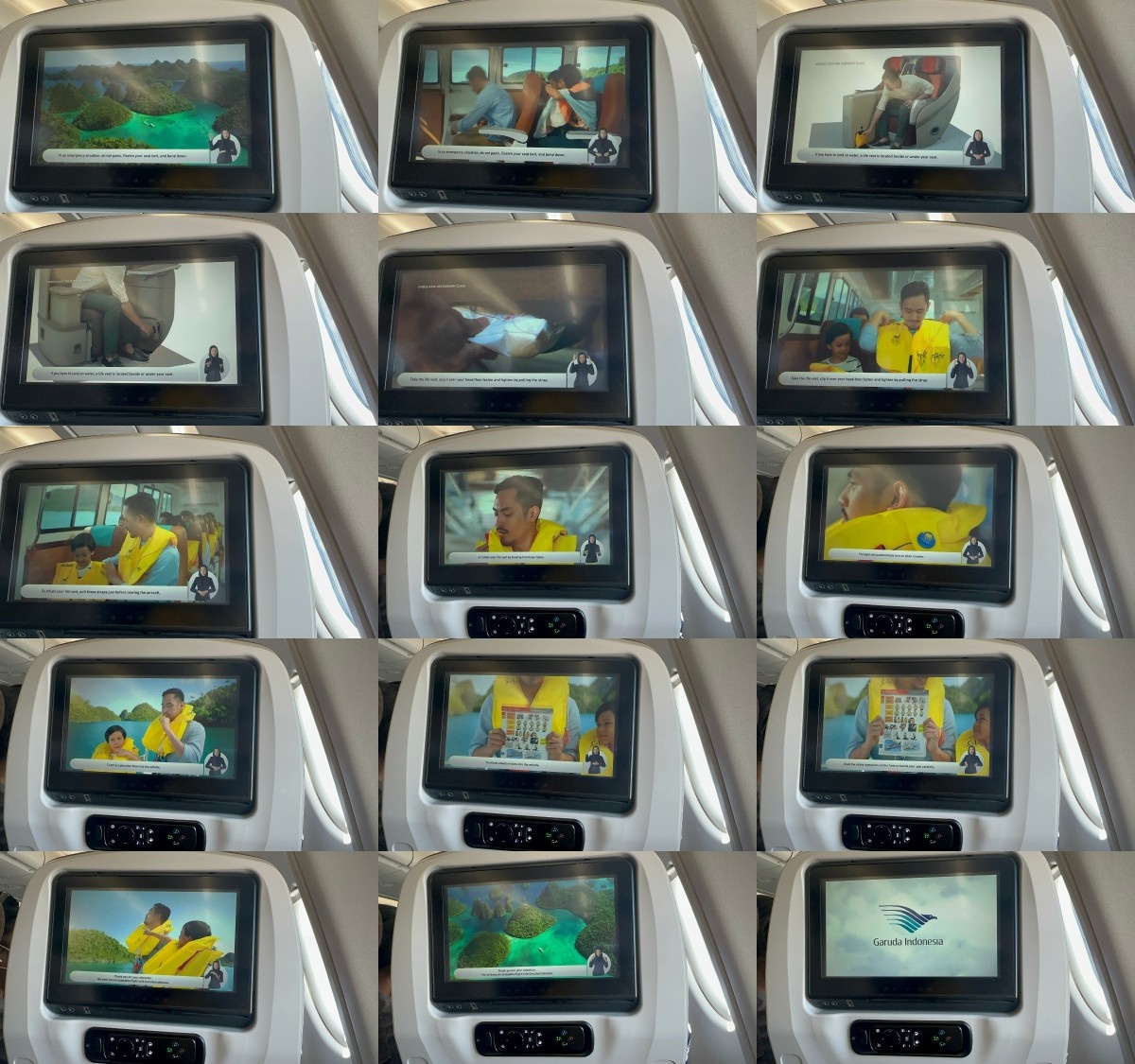
Anyway, I reassured my parents that Telkomsel would keep me covered in Jakarta as well, indeed until I left the country.
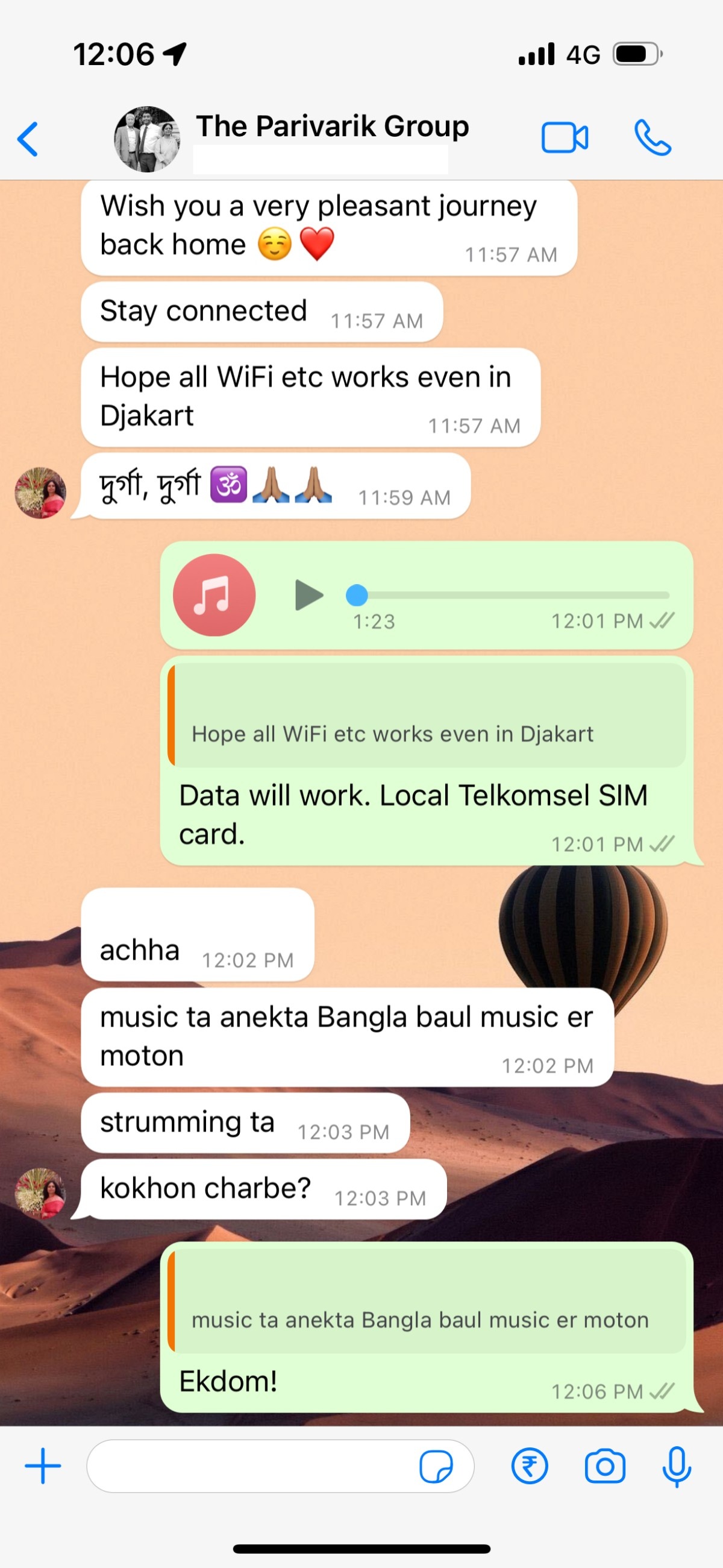
A most mesmerising seaside takeoff
Let me also mention (as I told my parents above in Bengali) that a most melodious instrumental music score was being played on boarding, and it was most exquisite indeed — in fact, my mother correctly pointed out that it was highly similar to the Baul folk music of West Bengal. Here I invite you to discover this masterpiece, first the not-so-accurately-audible version on this flight, and then the extraordinary, much clearer recording on landing at Changi later that evening. A most special experience to have, and I am honoured to have heard it — I wouldn’t expect any less from an airline with an identity and image as lovely as Garuda Indonesia.
The flight was only just getting started, and once 9V-SCF had embarked for Changi, it was our turn to pull out of the gate and make our way to the country’s capital, with a spectacular and unbelievable takeoff as a special treat. Meanwhile another SQ 787-10 — 9V-SCL (which I’ve flown before) — had just landed as SQ938 (which, astonishingly enough, was the current time in India!).
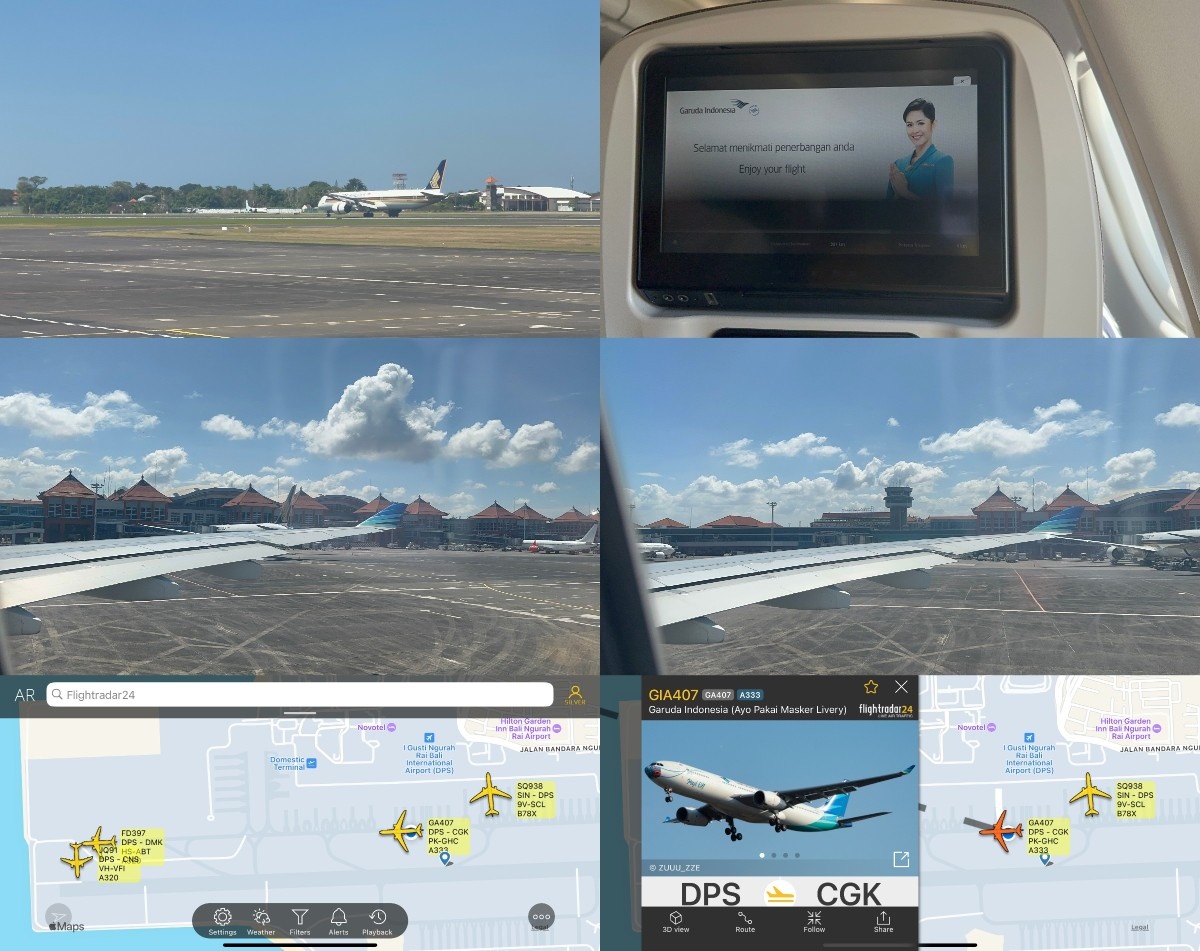
Another widebody had landed as well: a fellow A330-300, AirAsia X’s 9M-XBE, as D7798 from Kuala Lumpur. Meanwhile another AirAsia group aircraft was also present: HS-ABT as FD397 from Bangkok–Don Mueang.
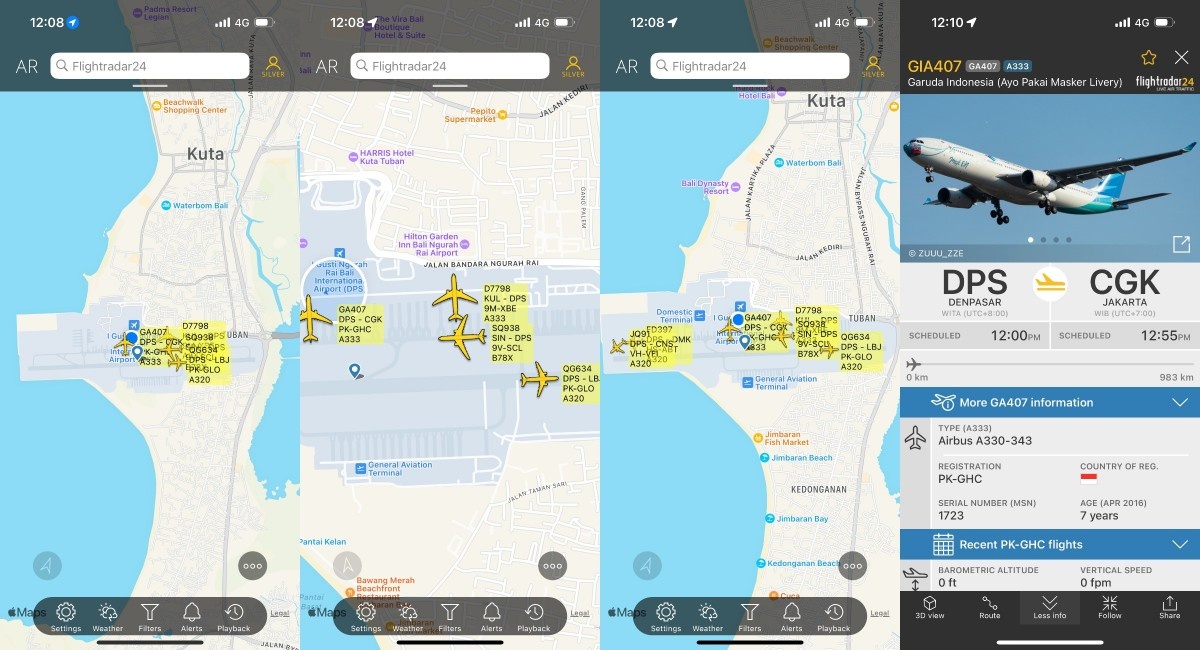
We passed by a bunch of narrowbodies from most of the major domestic airlines, barring Sriwijaya Air, which has drastically shrunk to only six 737s following a fatal crash in January 2021 — one of several that the world’s largest archipelago has been forced to endure in the last several decades.
Mercifully, the country’s aviation safety has improved by leaps and bounds since the 2010s. For that matter, the 2018 Lion Air crash (and by extension the 2019 Ethiopian crash) was very much Boeing’s fault, not the airline’s — something that every single 737 MAX and other aircraft in the skies will take great pains to ensure going forward.
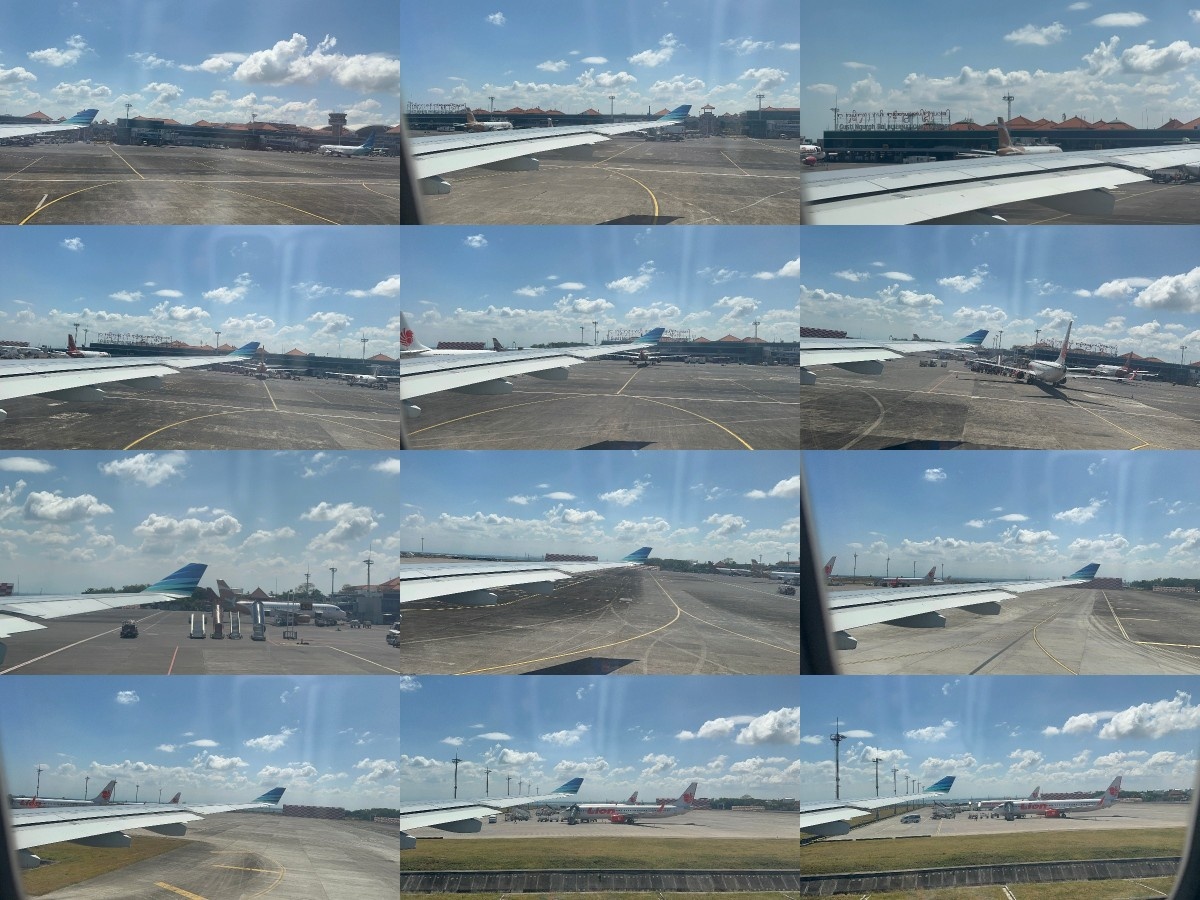
Meanwhile the Indian news headlines were just as macabre and morose: a train accident in the eastern state of Odisha had claimed some 300 lives — its news flooded my feed throughout my stay in Bali — and a teenage girl in Delhi (the world’s capital of violence against women) had been stabbed to death by her boyfriend.
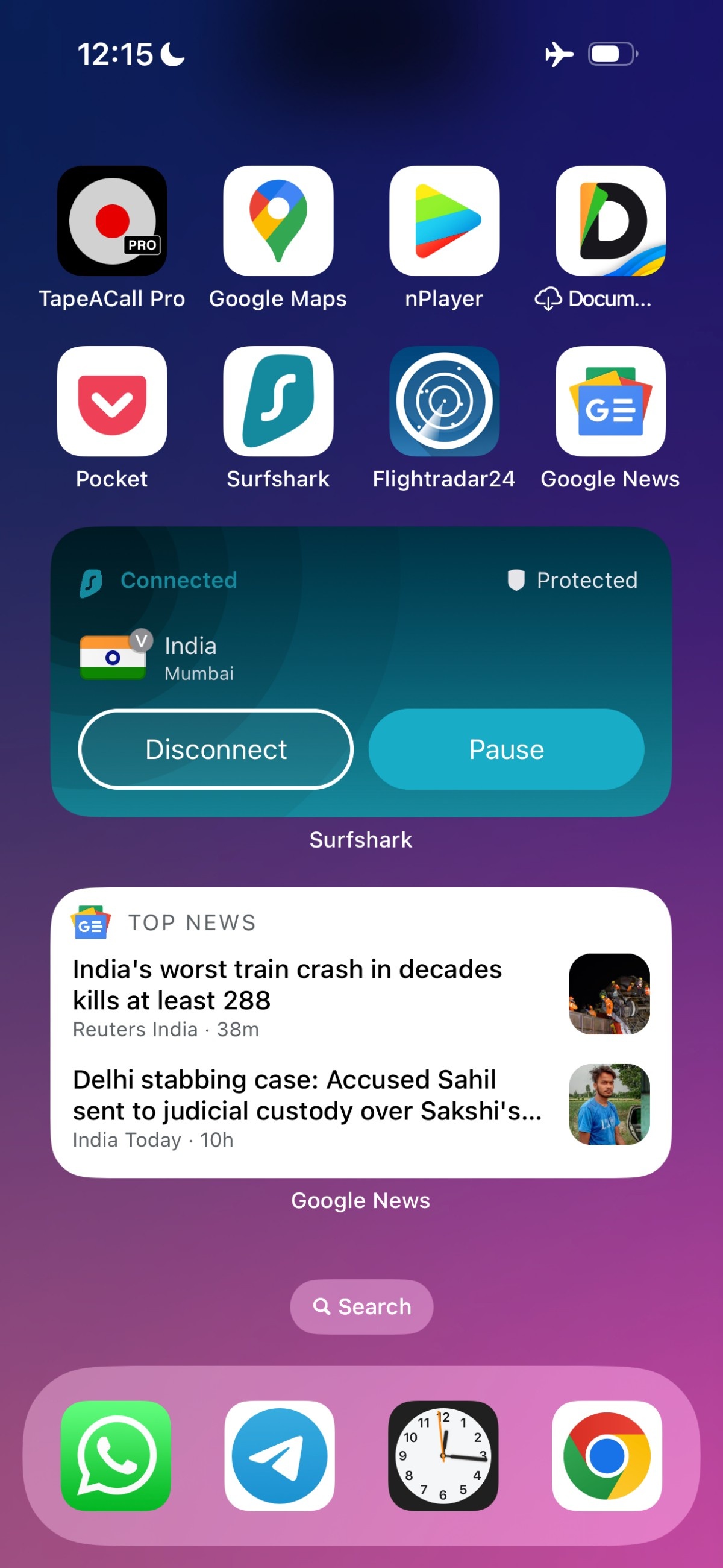
All that aside, a more interesting domestic visitor had arrived: this was Pelita Air’s A320 PK-PWA landing from CGK as IP102. It was only in 2022 that this division of state petroleum company Pertamina ventured into scheduled operations with a bunch of A320s in striking liveries — and, like Garuda Indonesia, it has deliberately avoided the letter B and skipped PK-PWB! Maybe it’s an Indonesian government thing that the letter B in aircraft registrations is unlucky — odd, since vehicle registrations done in Jakarta begin with that very letter.
Side note: It baffles the mind as to how many Indonesian airlines have their IATA codes beginning with the letter ‘I’: first you have Batik Air, which has ID, the country’s two-letter code; then Wings Air’s IW and Super Air Jet’s IU; then IN (India’s country code) for NAM Air, a subsidiary of Sriwijaya Air; then IL for Trigana Air Service; and now IP for Pelita Air — a total of six in all. Similarly, a great many codes that begin with ‘G’ are for Chinese airlines: GJ (Loong), GS (Tianjin), GT (Air Guilin), G5 (China Express), etc., as well as formerly GE for the erstwhile TransAsia of Taiwan.
Iran, too, has multiple codes beginning with ‘I’, such as IR (also the country code) for Iran Air, IS for Sepehran Airlines and I3 for ATA Airlines among others. In contrast, all India has had beginning with ‘I’ are IX for Air India Express, and formerly IC for Indian Airlines and IT for Kingfisher Airlines, now used by China Airlines-owned Tigerair Taiwan.
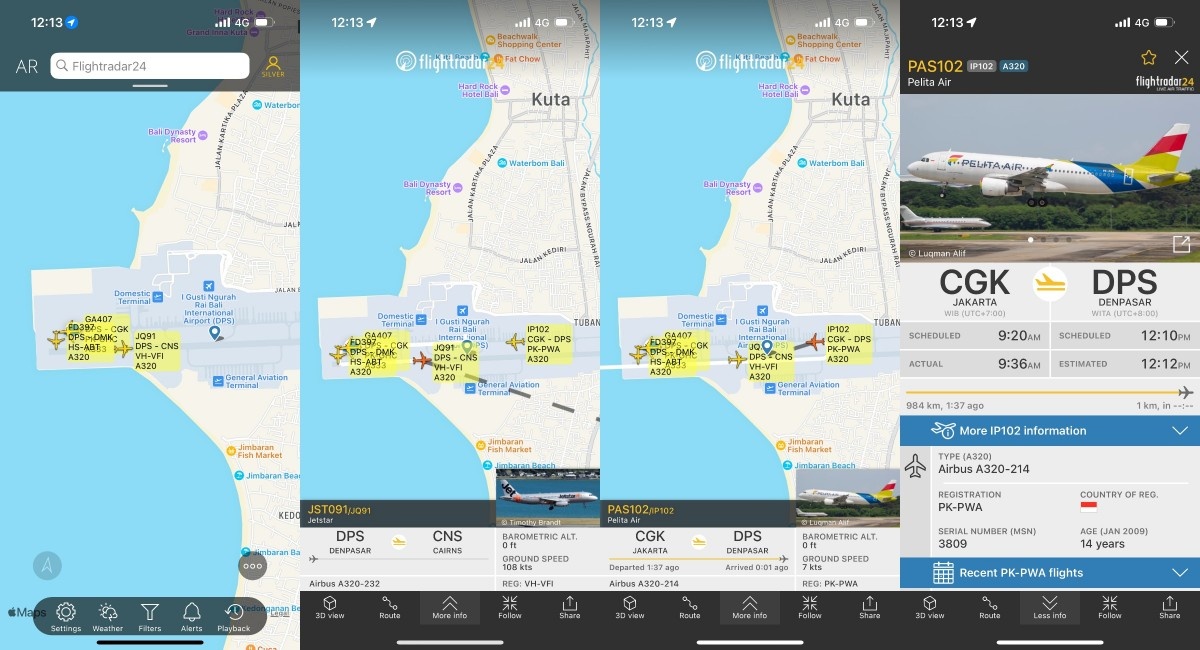
Now it was my turn to track our departure from the inflight screen, and the estimated time would be an hour and a half at most, as is always the case.
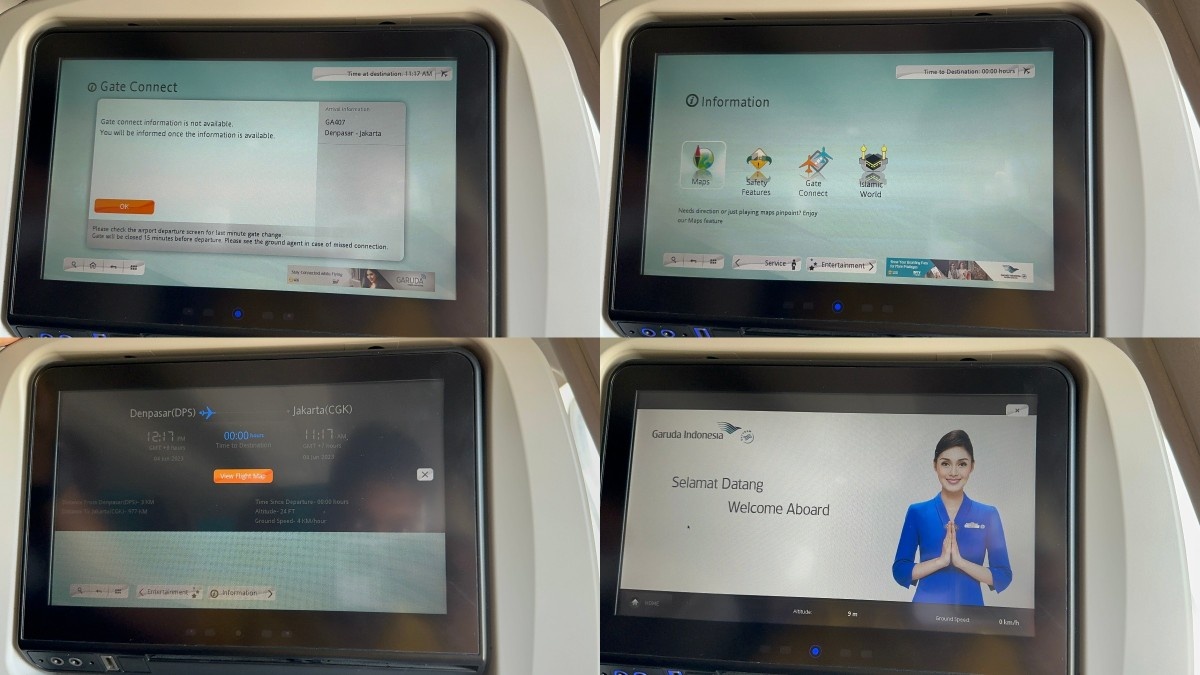
As a 737-900ER of Lion Air (PK-LVF, JT560 from Yogyakarta) made a touchdown, we turned towards the runway and revved up and away from Bali.
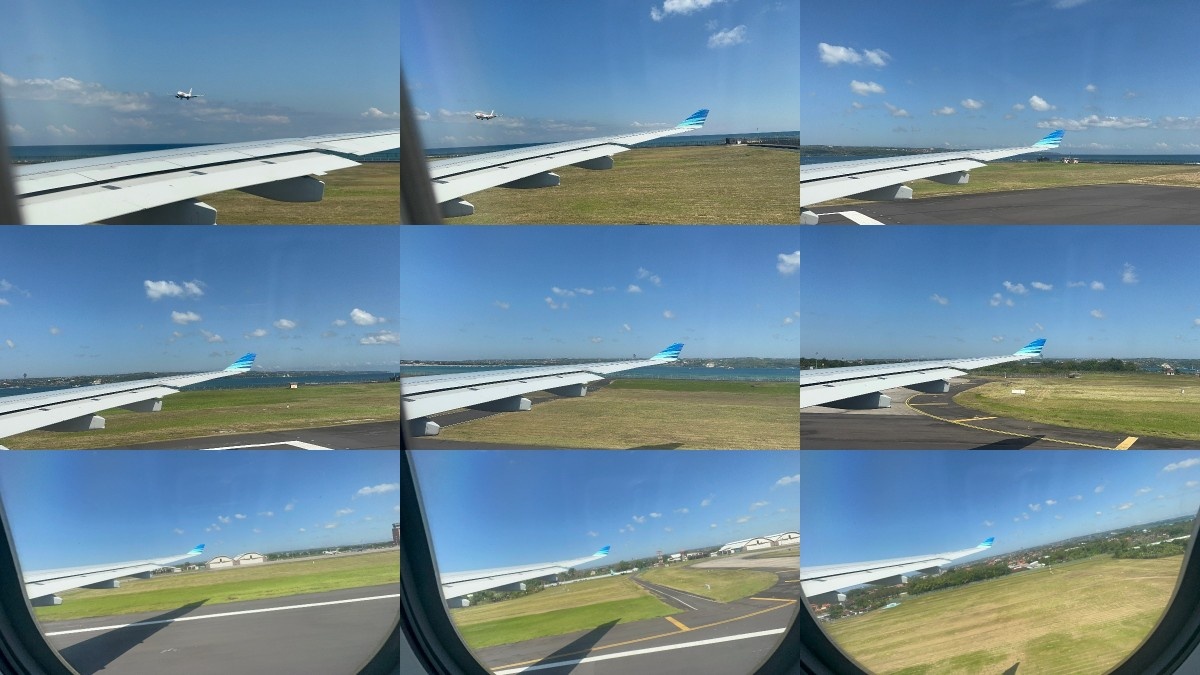
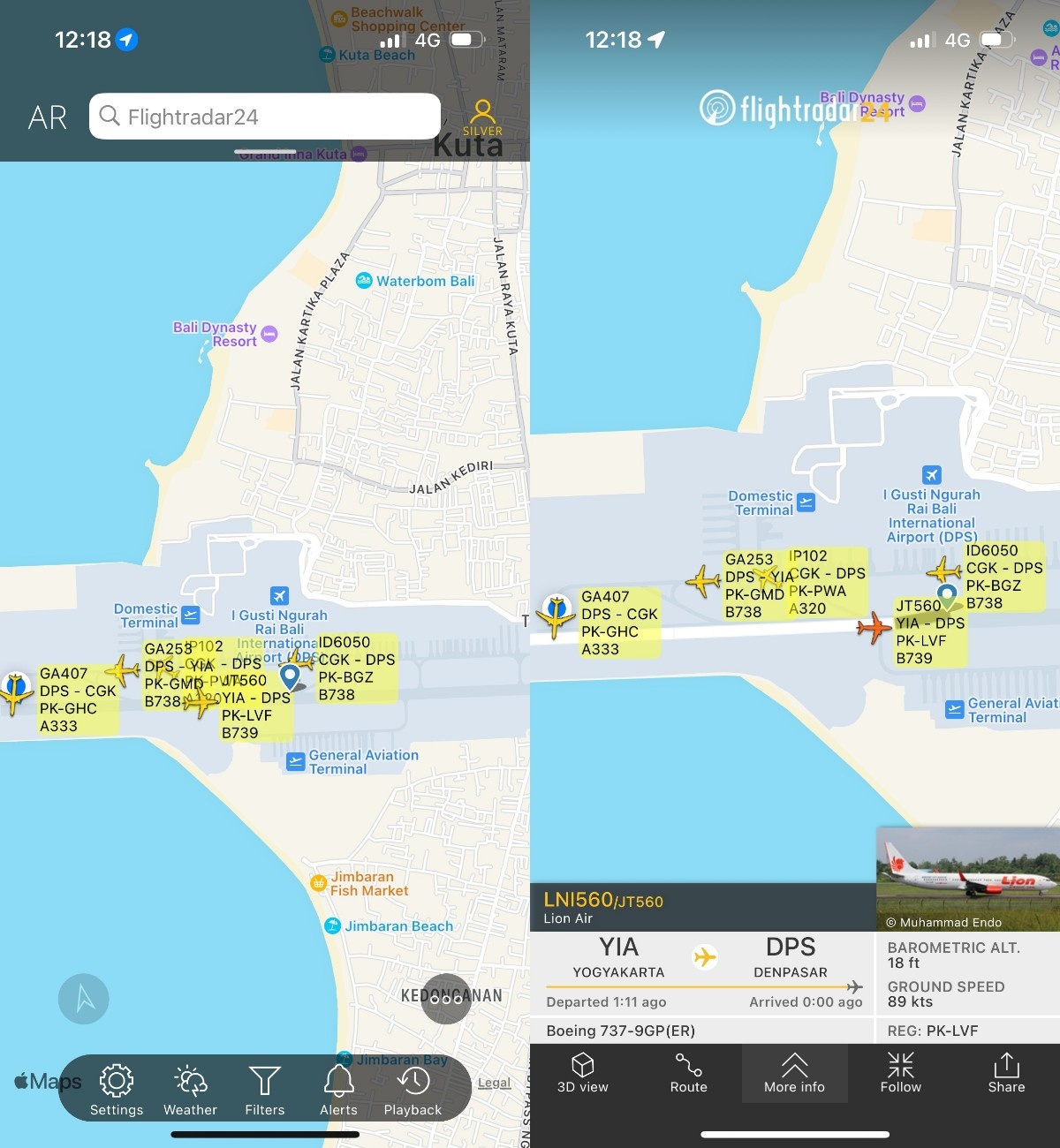
Now was the time to stare slack-jawed in amazement: no departure out of the coastal city of Chennai (my former Indian home until 2023, now replaced by Bengaluru) can match the serene, sublime aquamarine waters of what is so aptly called the Island of the Gods. Cherish and remember.
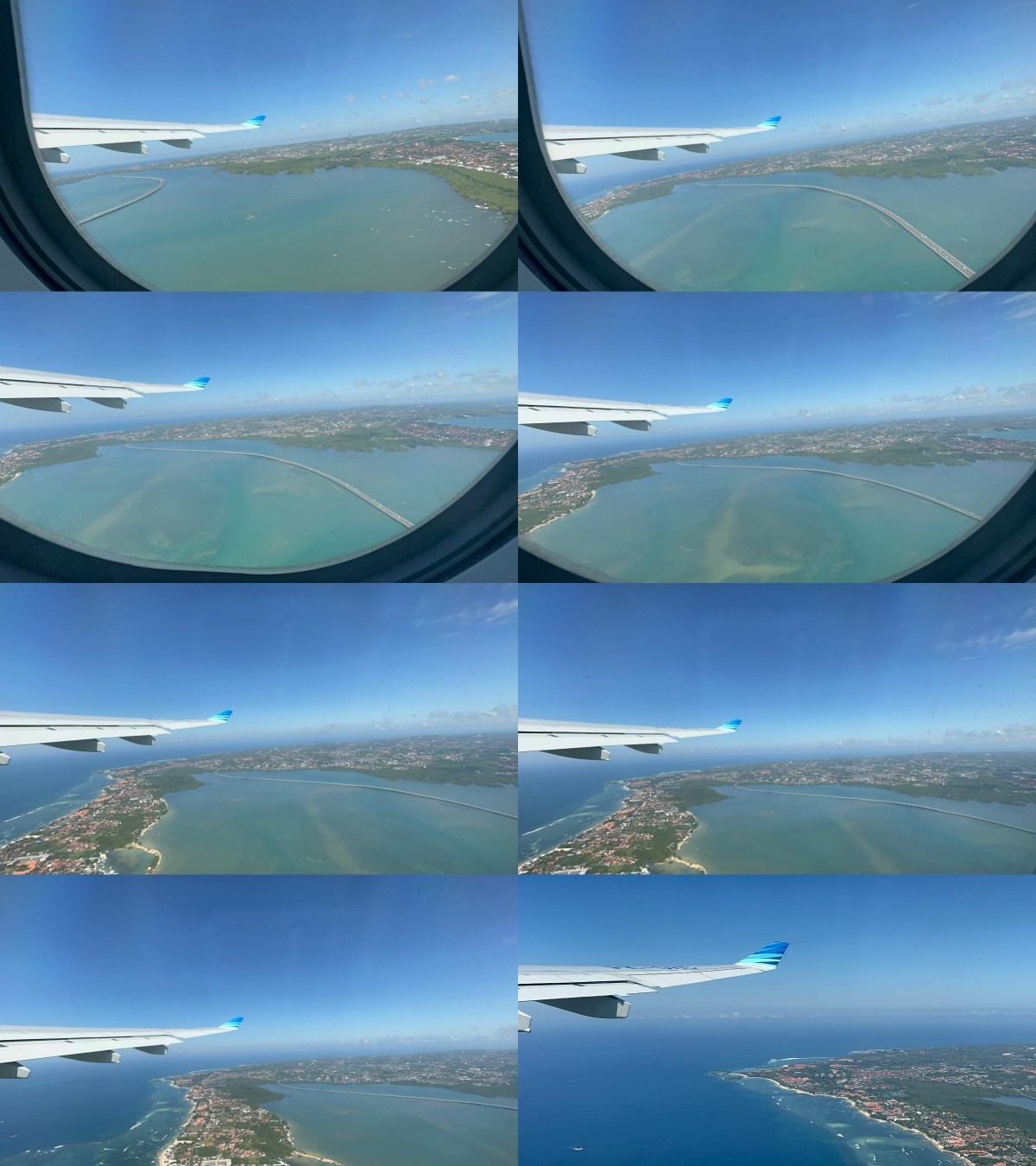
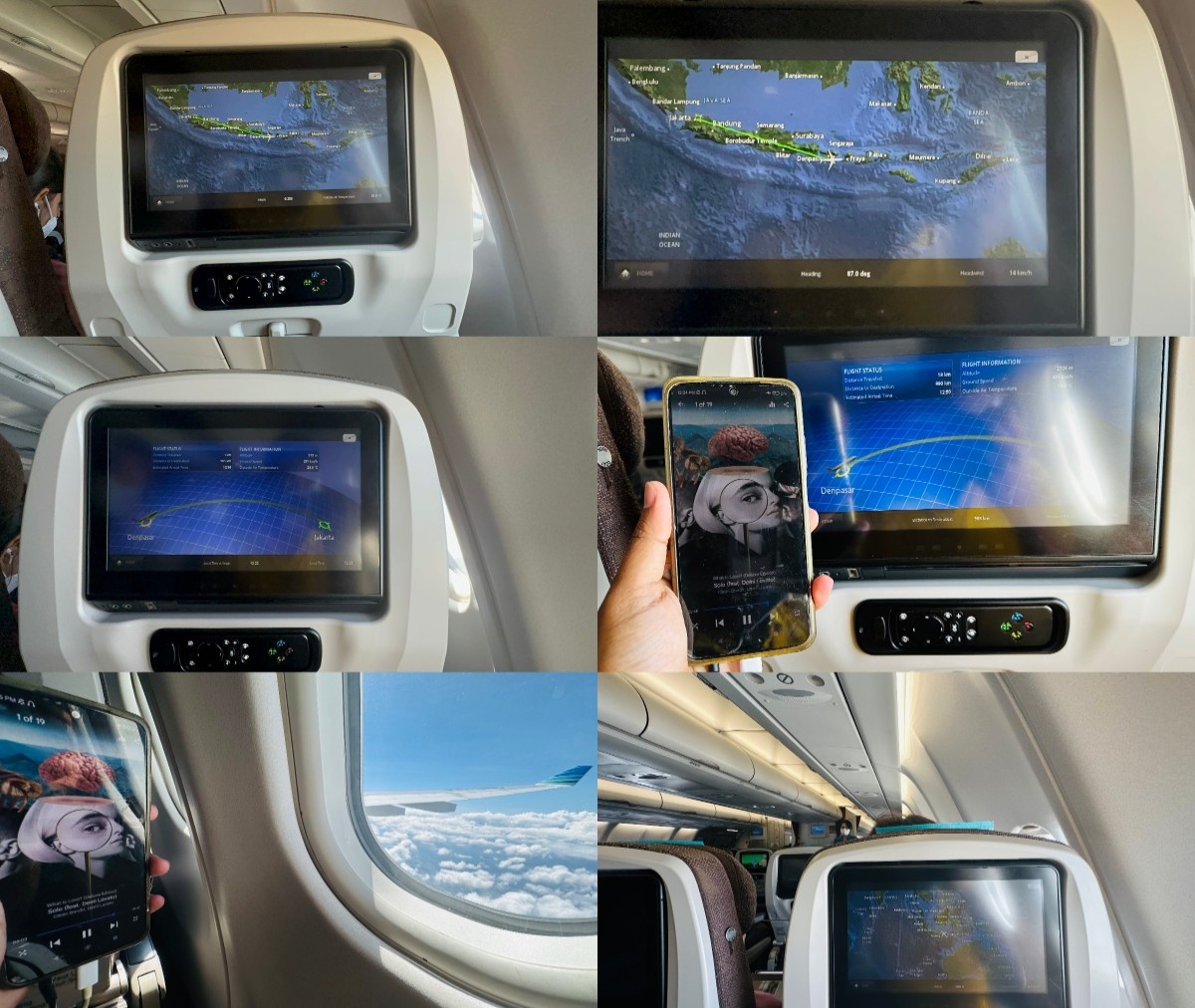
Skin-choosable inflight entertainment and cATERING (+ CHOCOLATE WAFFLES!)
Shortly after takeoff, Ryry, one of several serving me on this flight, handed out a set of cheap black headphones wrapped in a plastic cover. Not that they were particularly great — I always use my own — but the gesture was appreciated, and having it handed out by a pretty girl in a sarong kebaya beats having to pick it up yourself at the plane door, as is the case on SQ.
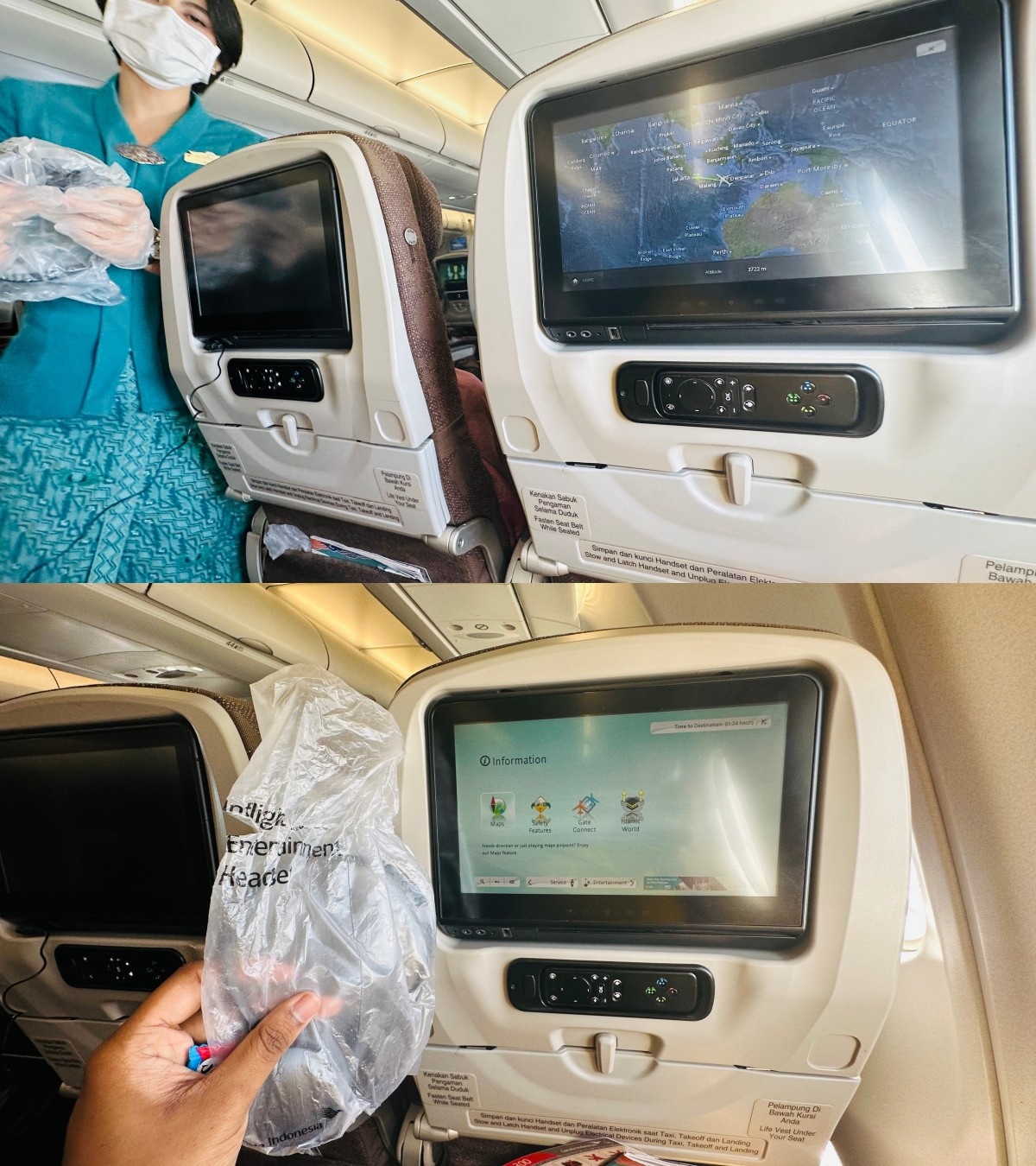
What would I have watched with those headphones, assuming I was an ordinary passenger and not an avgeek who heads straight to the My Flight and Flight Information screens?
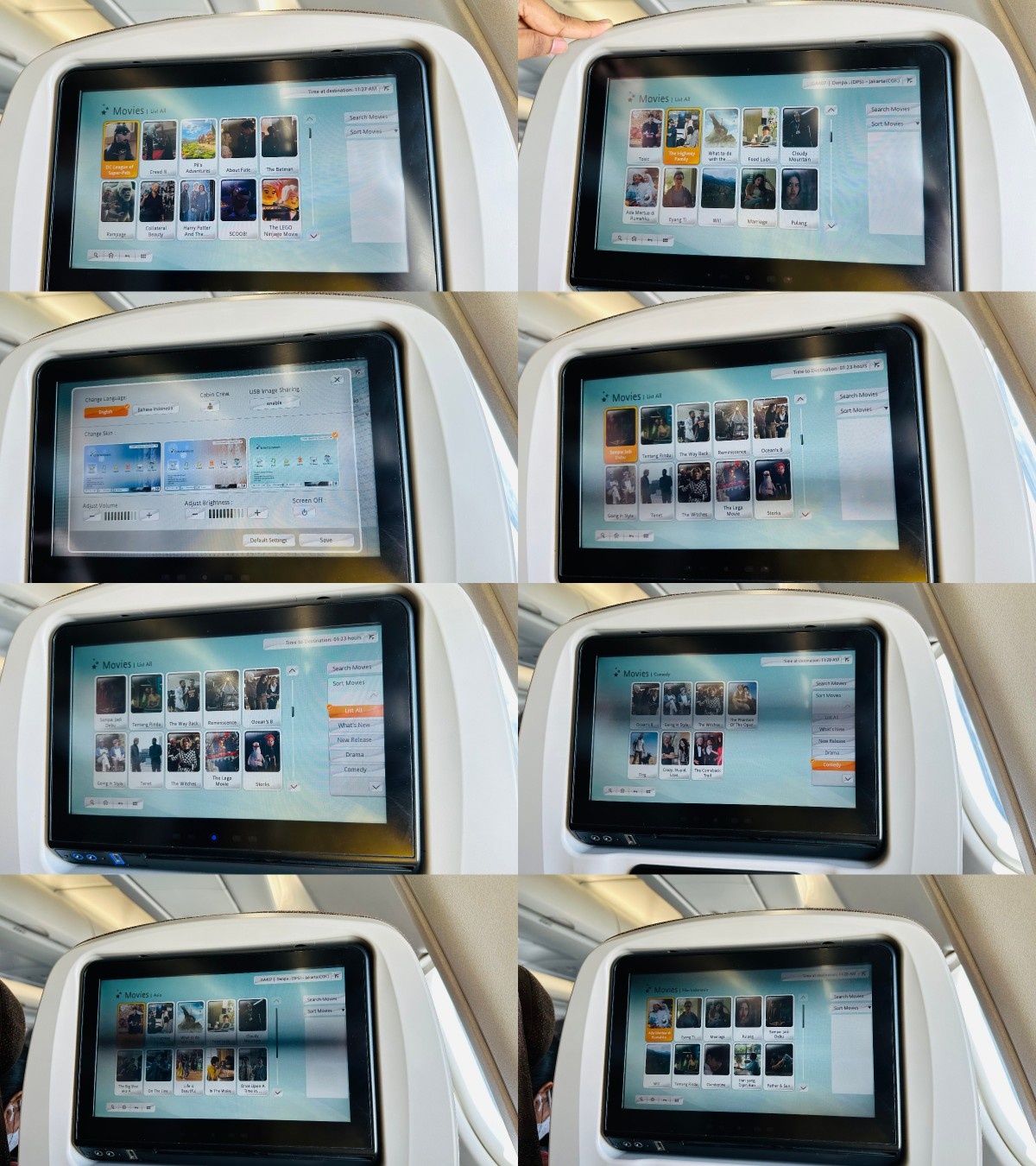
These ads for BRImo (Bank BRI’s mobile app), that’s what! These were screened to all passengers (mercifully silently) shortly after departure. Indeed, my subsequent A330-300, PK-GPU, featured a small sticker of this app on the fuselage, which goes to show the partnership between the state-owned bank and airline.
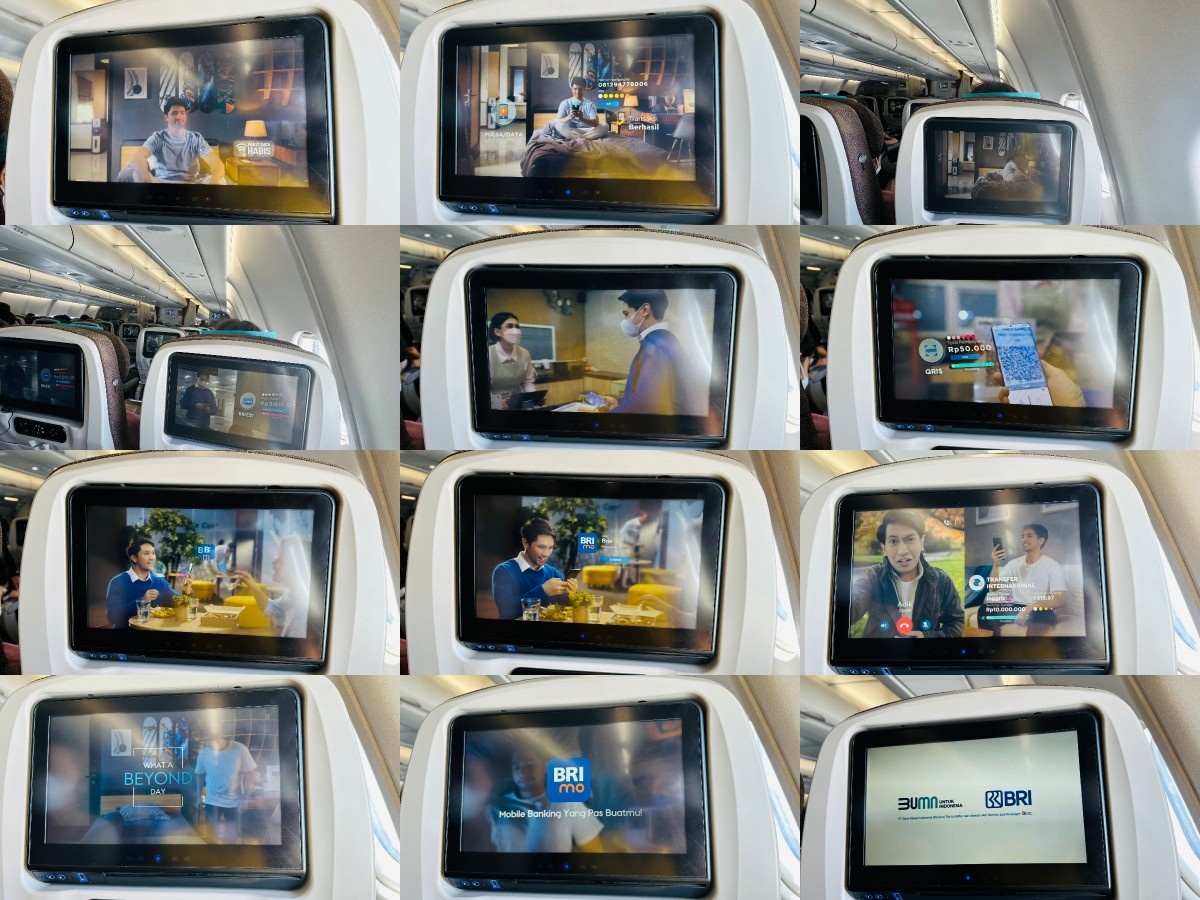
These were followed by some ads promoting boarding-pass privileges, and the partnership between the GarudaMiles frequent-flyer programme and several Indonesian credit cards, as well as advertising the cash-plus-miles option to those who did not know of it. Not that these ads were in any way required, but they were far less intrusive than the ones Malaysia Airlines had been showing on its own A330-300 in October 2022, ranging from MHflypass to MHgiftcard to its Journify app — those really got my goat.
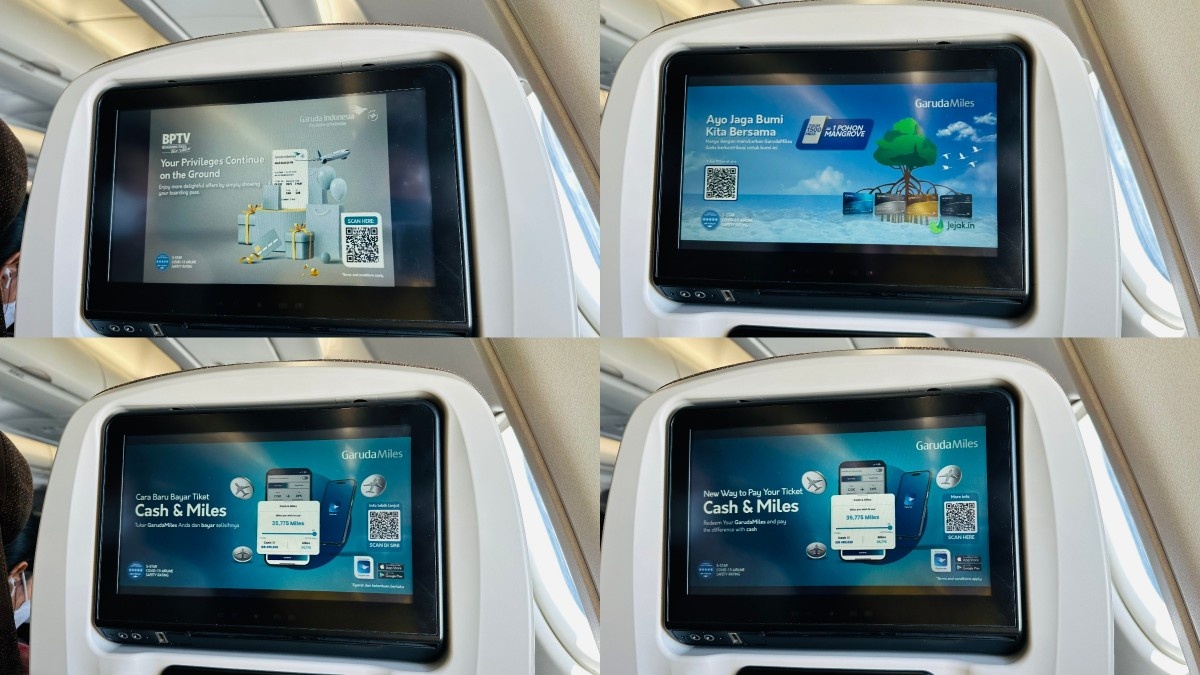
For the record: the music on offer, ranging from emerging Indonesian artists to Western choices.
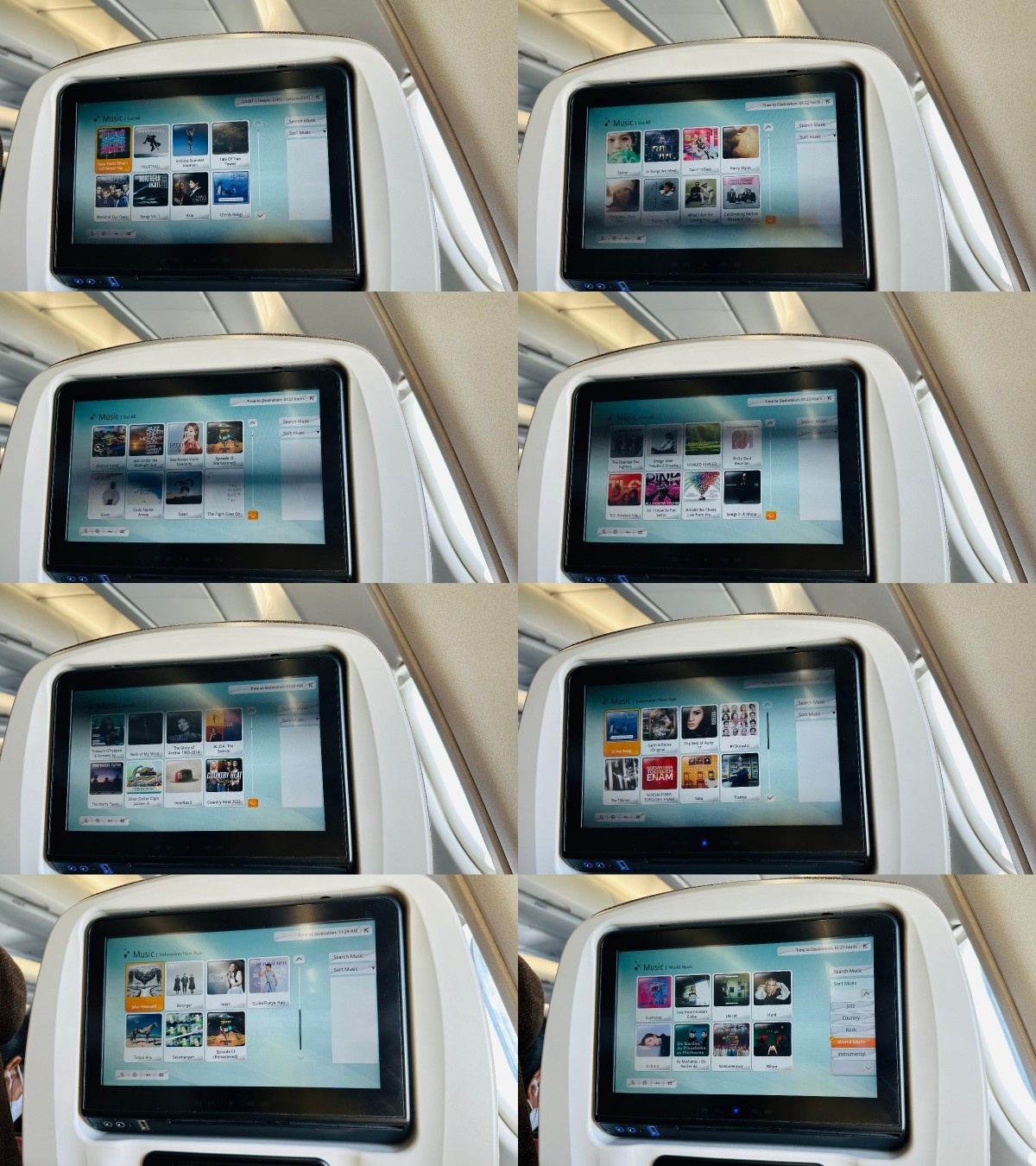
And the TV shows, which were again split between local and international.
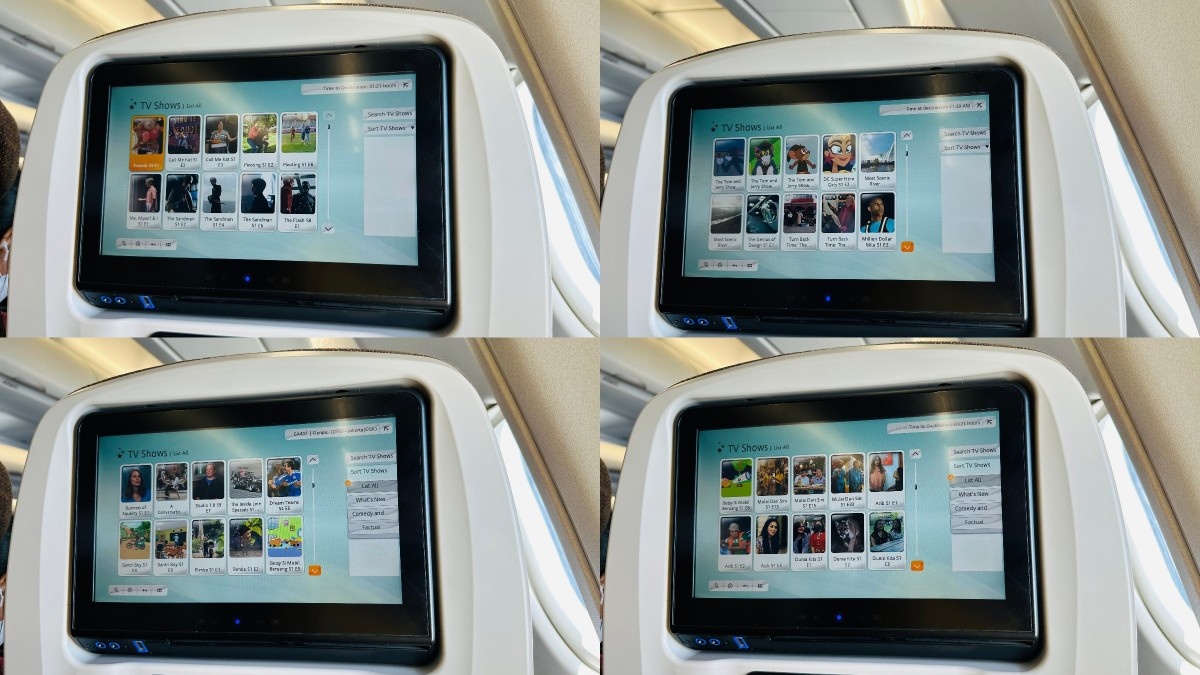
Ah, the part I really care about the most! Descriptions of each cabin, in particular the award-winning first-class product, which will be increasingly hard to fly on since the only two planes having them are increasingly used on presidential charters, Hajj flights and other non-commercial flights, with only one weekly Amsterdam flight as of end-2023.
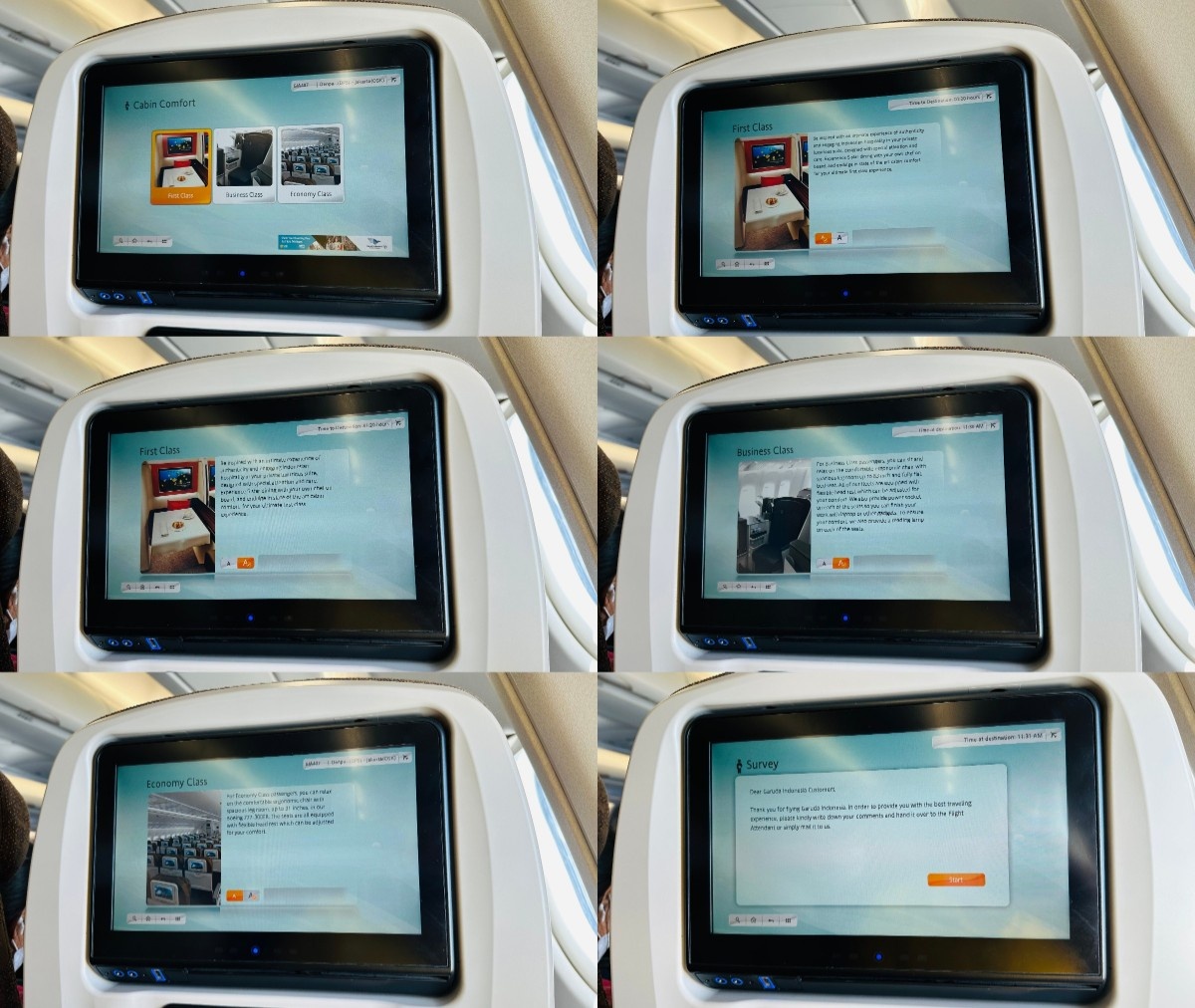
About half an hour into the flight, flight attendants Danti (right) and Eva (left, wearing spectacles) rolled out the meal service, and again I must highlight and praise the differentiation Garuda has done with its catering. I wouldn’t have taken as many — or any — pictures of the cabin crew if they weren’t wearing masks.
To start, your standard orange juice and water, as part of a decent drinks selection which was passable enough.
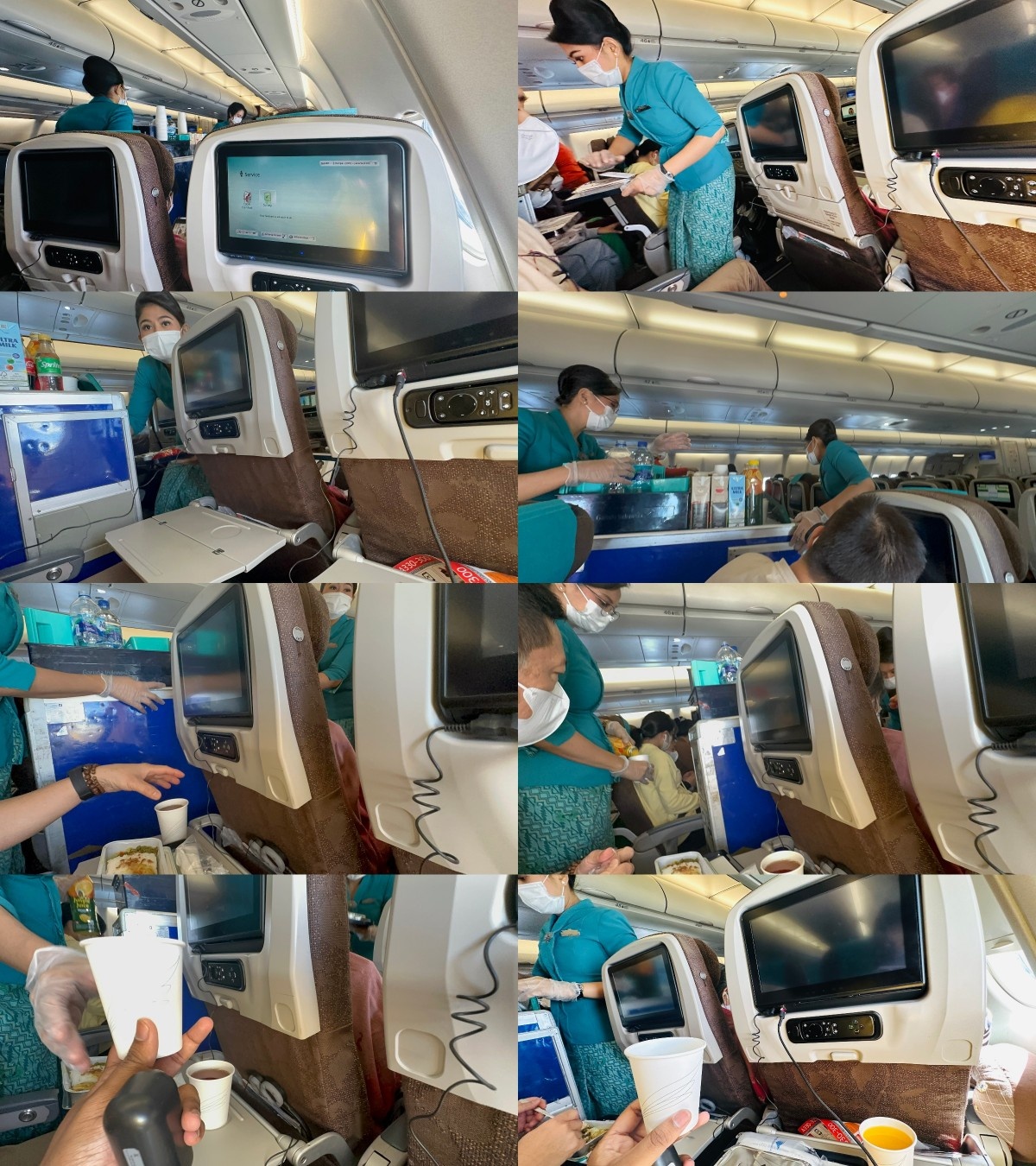
Coming to the main course, while it’s no longer acceptable to expect menu descriptions in economy on many airlines — including GA — the chicken-and-rice dish with a side of vegetables was, I should say, very tasty indeed. What impressed more were the sides: instead of a fruit salad and bread roll as you may find on TG, there were a packet of mixed nuts and, by way of a dessert, ‘Cruffles’ (chocolate-coated waffles)! A most unusual choice, quite unlike your typical cakes and ice-creams that you may expect to find.
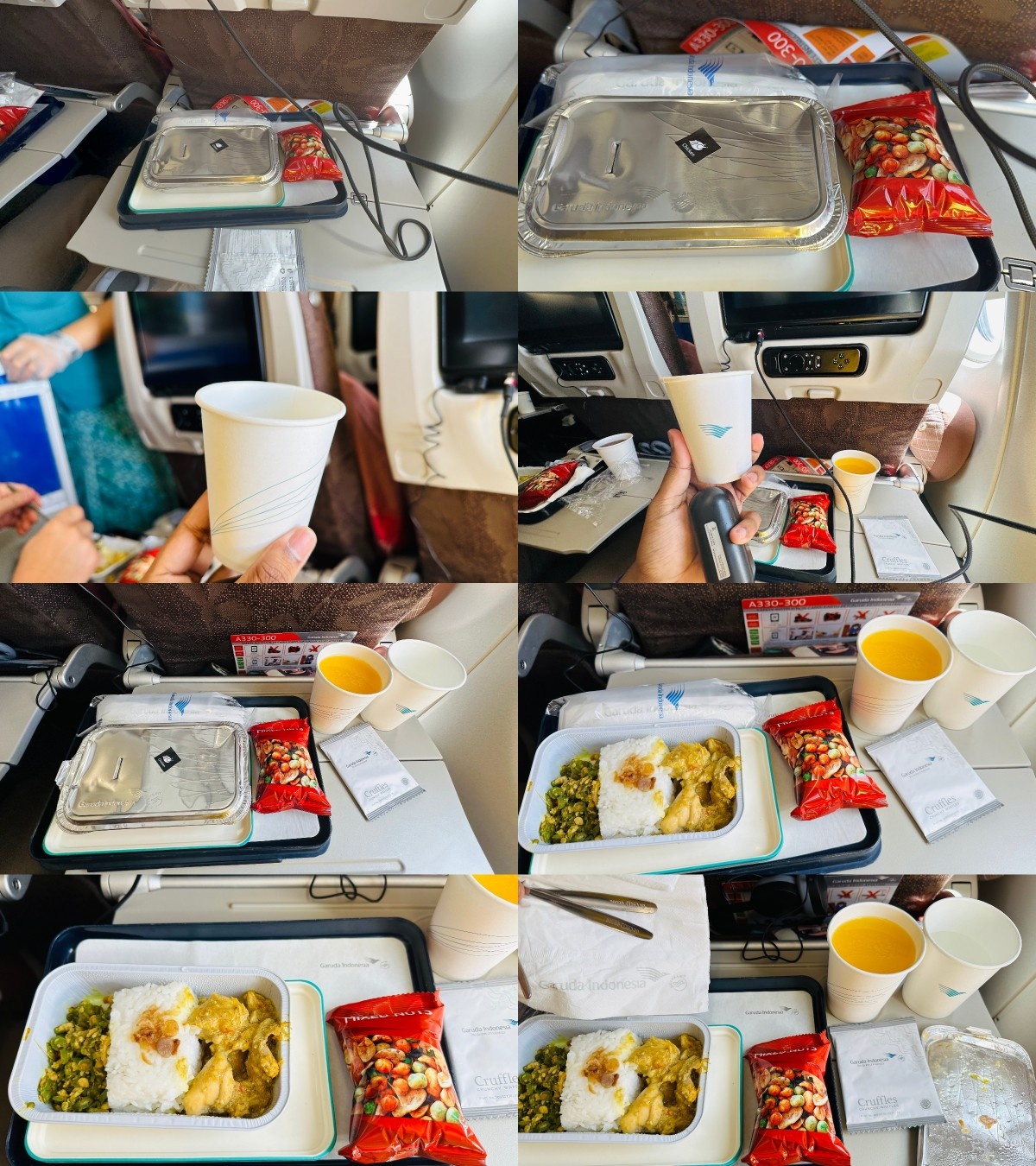
I played the game of ‘how many SkyTeam logos can you count at once?’, and found five in all: the tissue, the paper lining on the tray, the ‘Cruffles’ packet, the sanitising wipe (which I believe was handed out afterwards) and the tin foil of the tray. As many as the number of stars Skytrax has awarded to this lovely (but horribly mismanaged) airline!
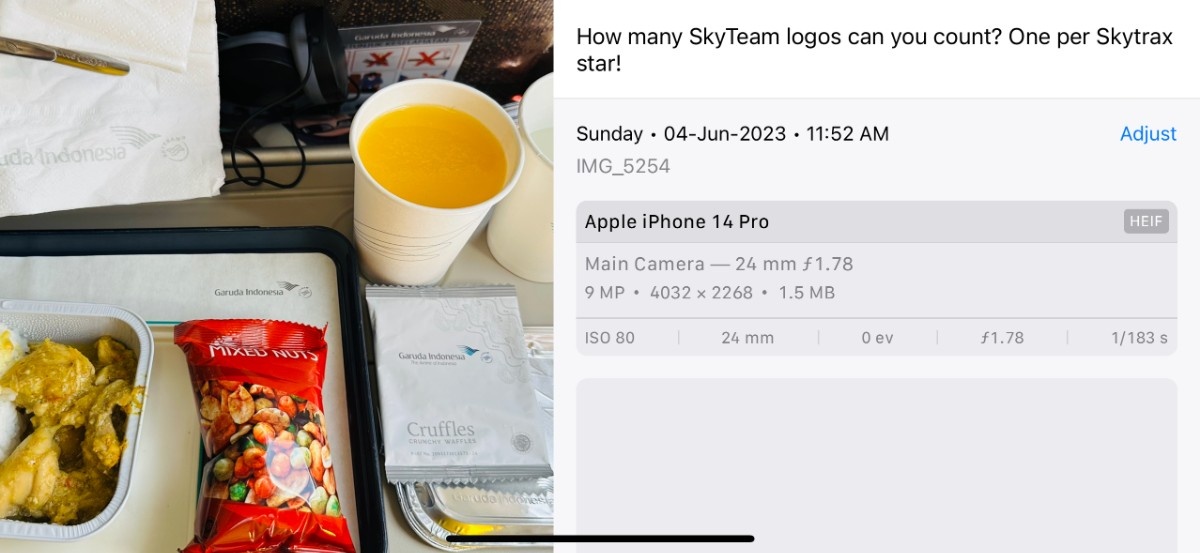
In fact, I decided to preserve all of these packagings after the flight, and put in a special sealed bag — picture included at the end!
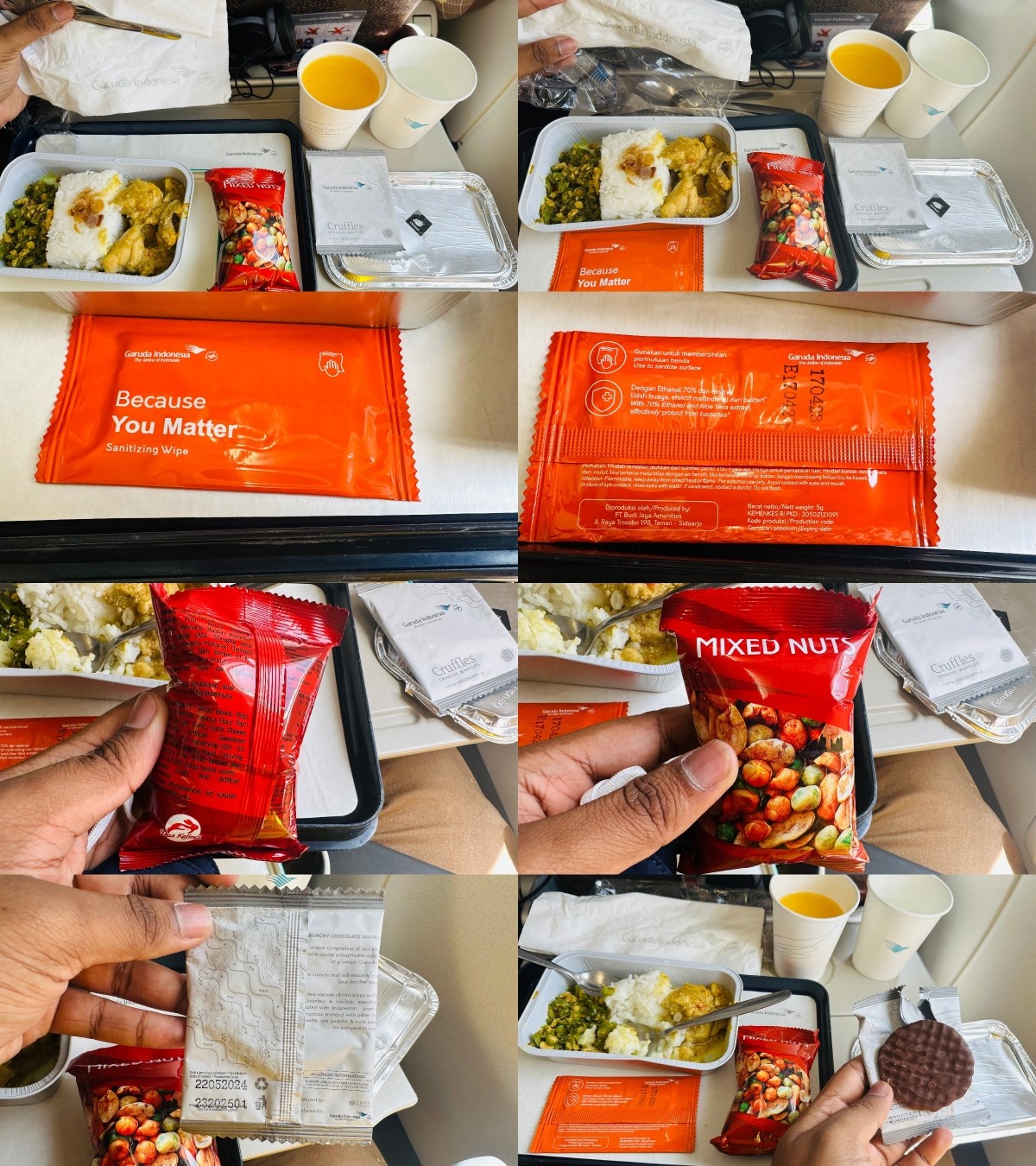
Now I’d switched my devices one hour behind to Jakarta time, which would be the case for four or so hours before reverting to the UTC +8 used in Denpasar and Singapore.
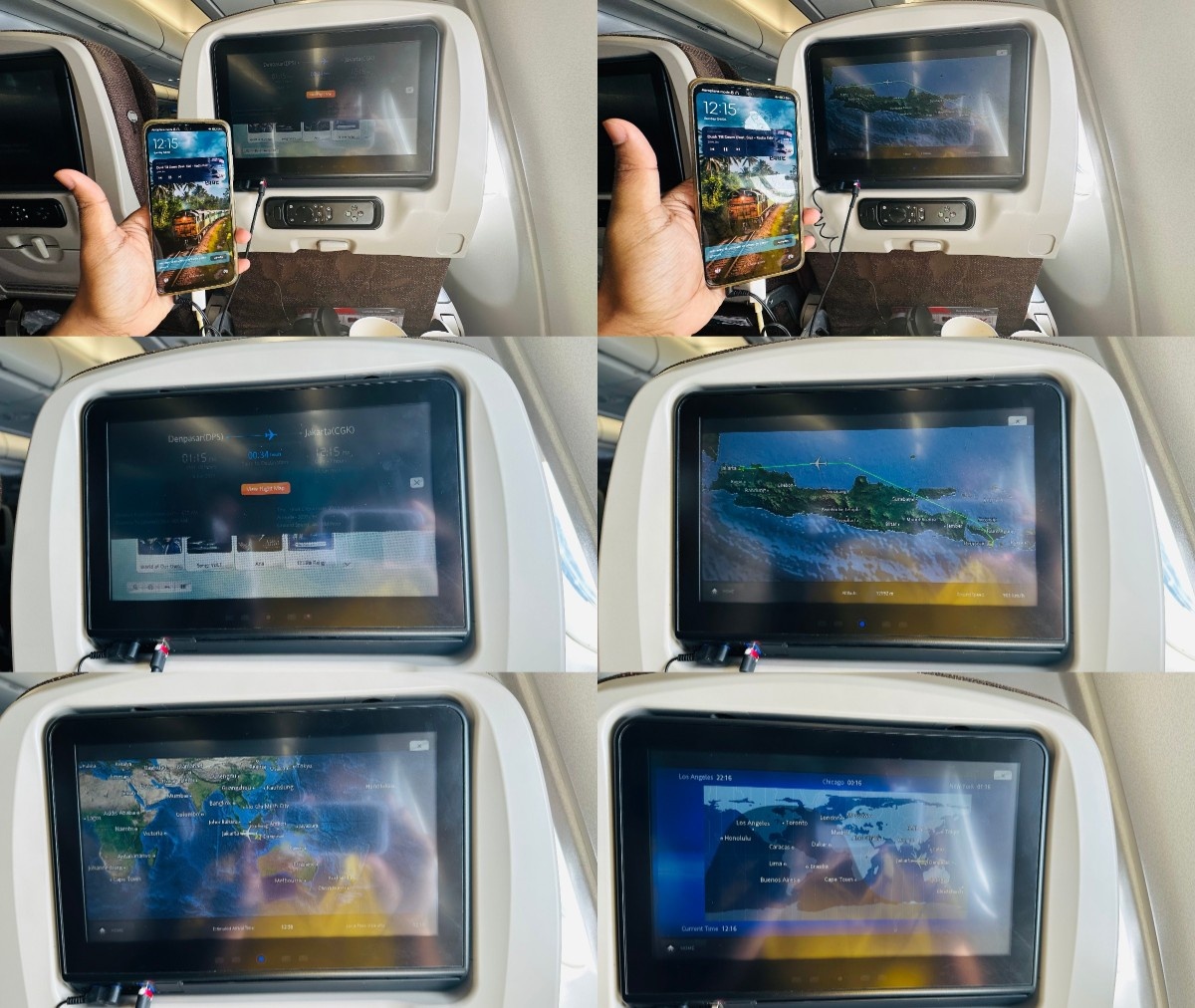
One more little tidbit: the safety card had an incomplete SkyTeam logo, with the M missing — which I playfully turned into ‘Want to drink SkyTea?’!
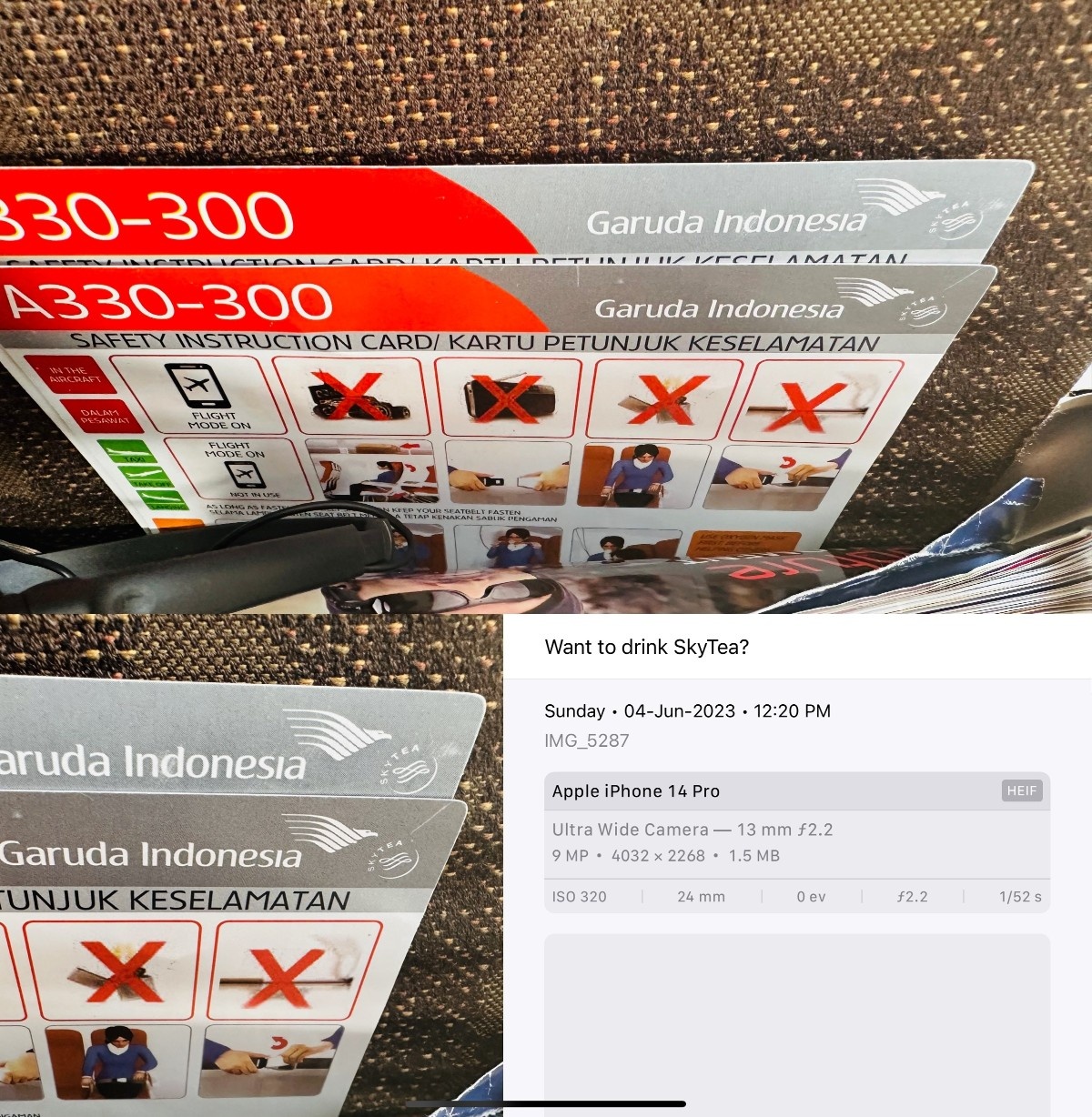
I knew for sure that I’d be giving Garuda a much higher score in my personal typography review, and bump it up to the 80s, handing out a star in the process — all the more deserved with such rare fonts in the mix, let down only by the website. For the record, SQ is also in the early 80s with its Baker Signet/Gotham/Proxima Nova combo that is used more or less consistently, but the runaway winner in Southeast Asia is hands down Malaysia Airlines, with its terrific, outstanding Gotham-and-only-Gotham approach. (Royal Brunei Airlines comes very close indeed!)
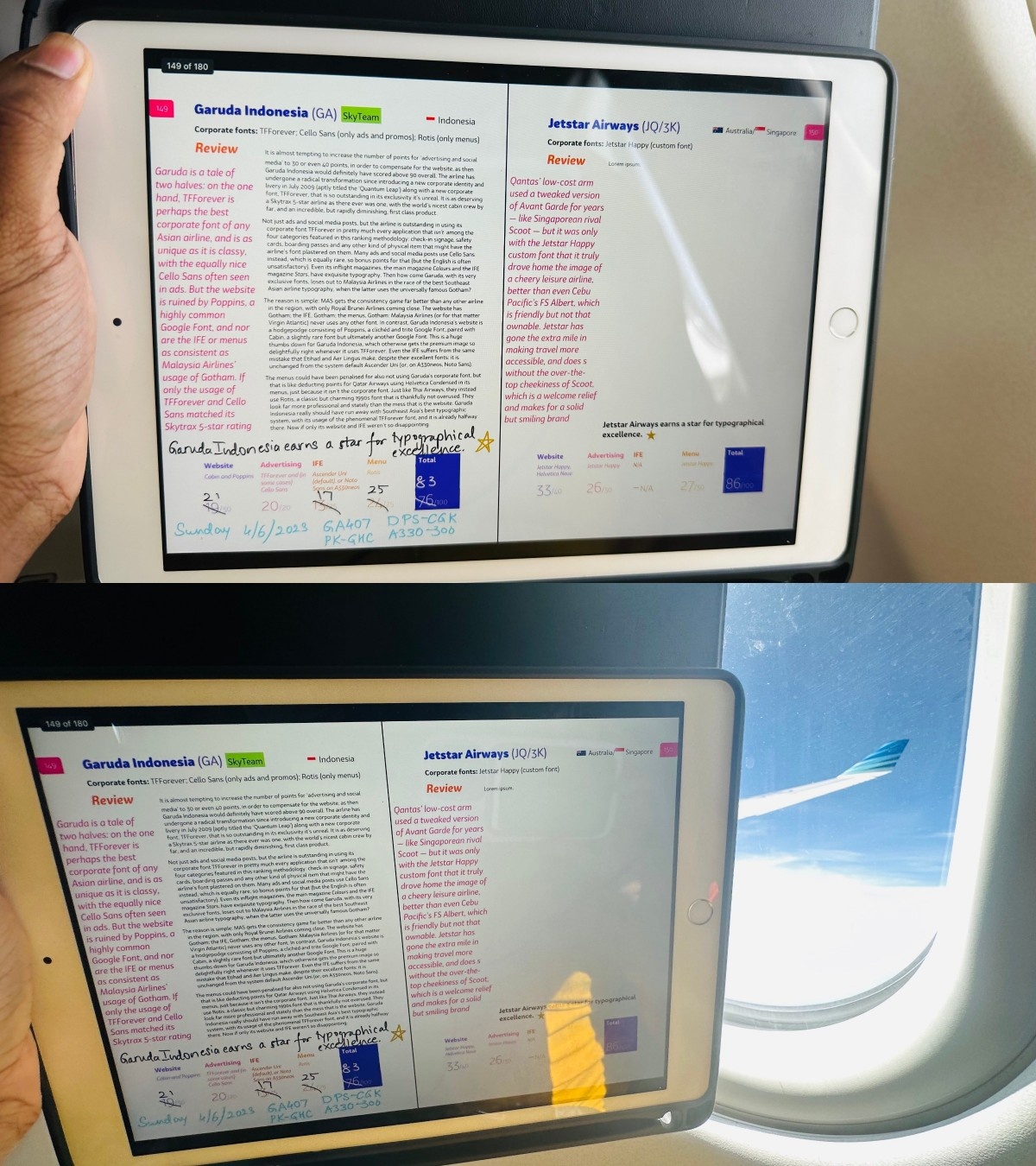
Djescending at Djakarta
Shortly before landing, the headphones were collected and a notice was screened on the IFE, as I pulled out the remote — of the kind with a QWERTY keypad on the back, also found on TG’s A350s and 787s. I took in the rainy skies of Jakarta, which (when expanding to the Jabodetabek agglomeration, which stands for Jakarta, Bogor, Depok, Tangerang — where CGK is located — and Bekasi) has the second-most-populous metropolitan area in the world.
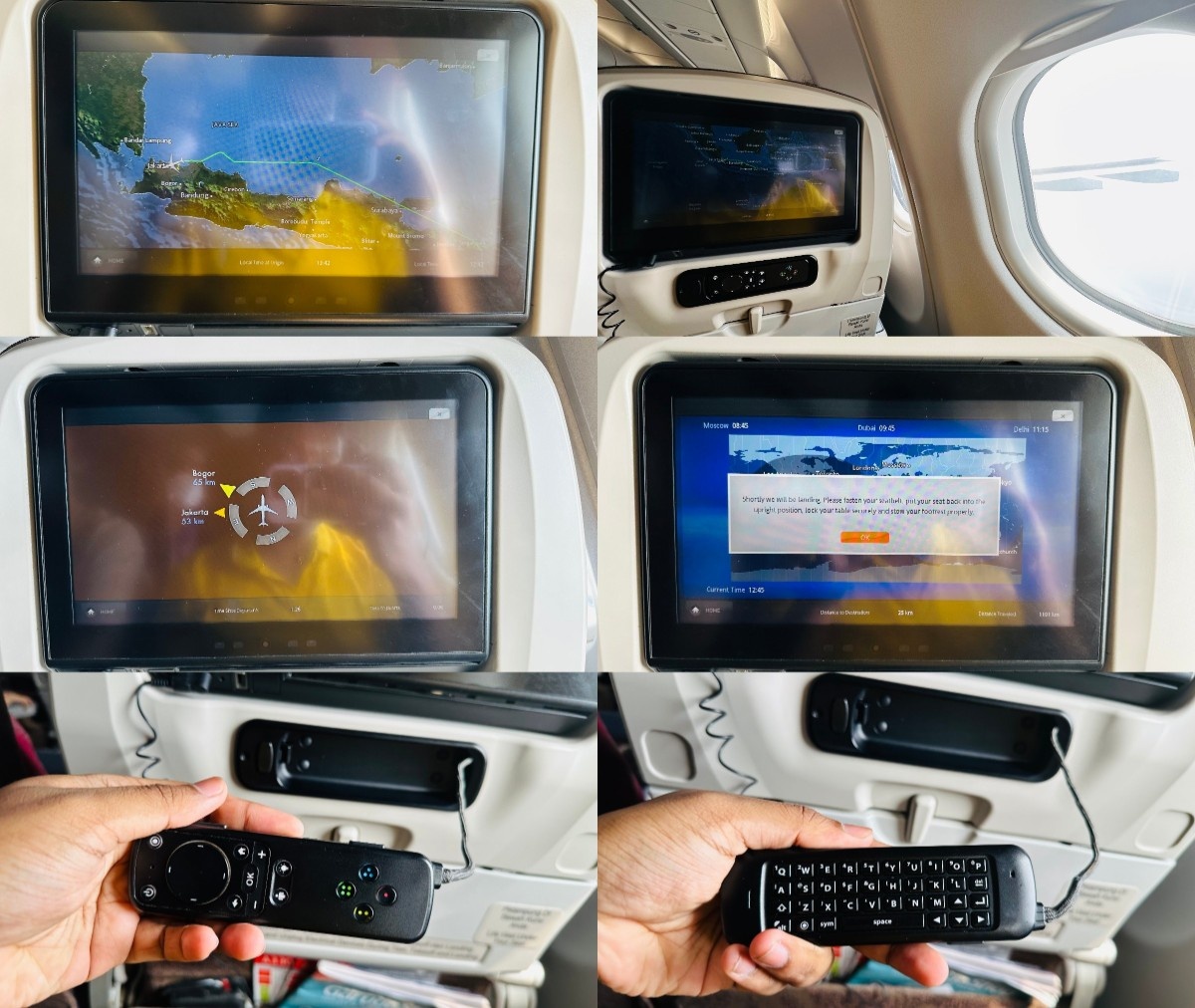
At a bit after a quarter to one, PK-GHC ‘Mask On’ touched down at CGK, a.k.a. W-triple-I, which is one of a select club of airports lying to the northwest of a city that also lies to the northwest of the country. (Not so much country, in this case, as the island of Java.)
Istanbul, Seoul and Taipei also lie in the northwest of their respective countries, and their airports (IST, ICN and TPE), too, lie to the northwest — or at least west — of those cities!
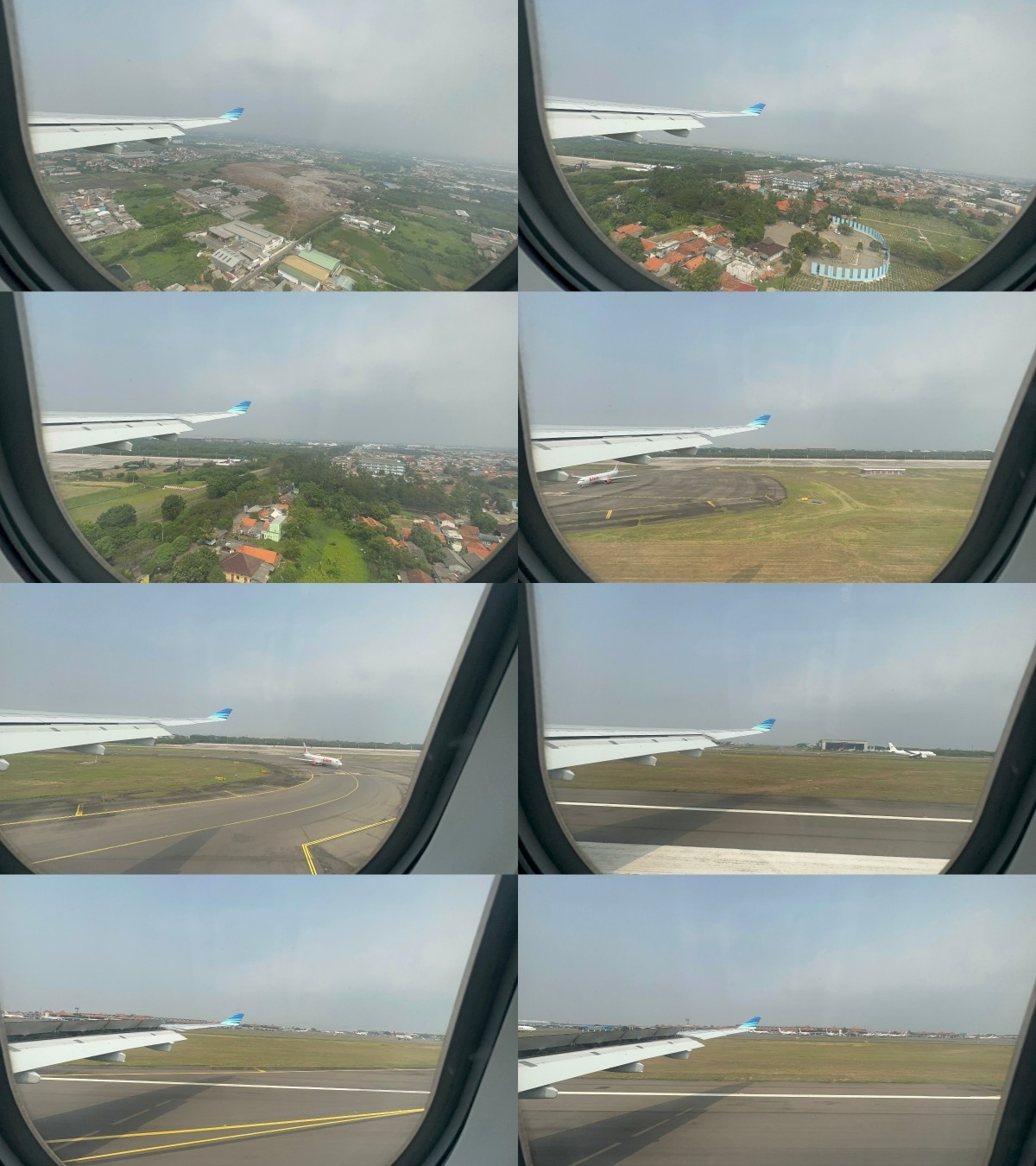
A big blue sign welcomed me to Soekarno–Hatta International Airport, and visible from a distance was Royal Brunei Airlines’ A320neo V8-RBD, painted in the colourful Visit Brunei livery that I’ve spotted before.
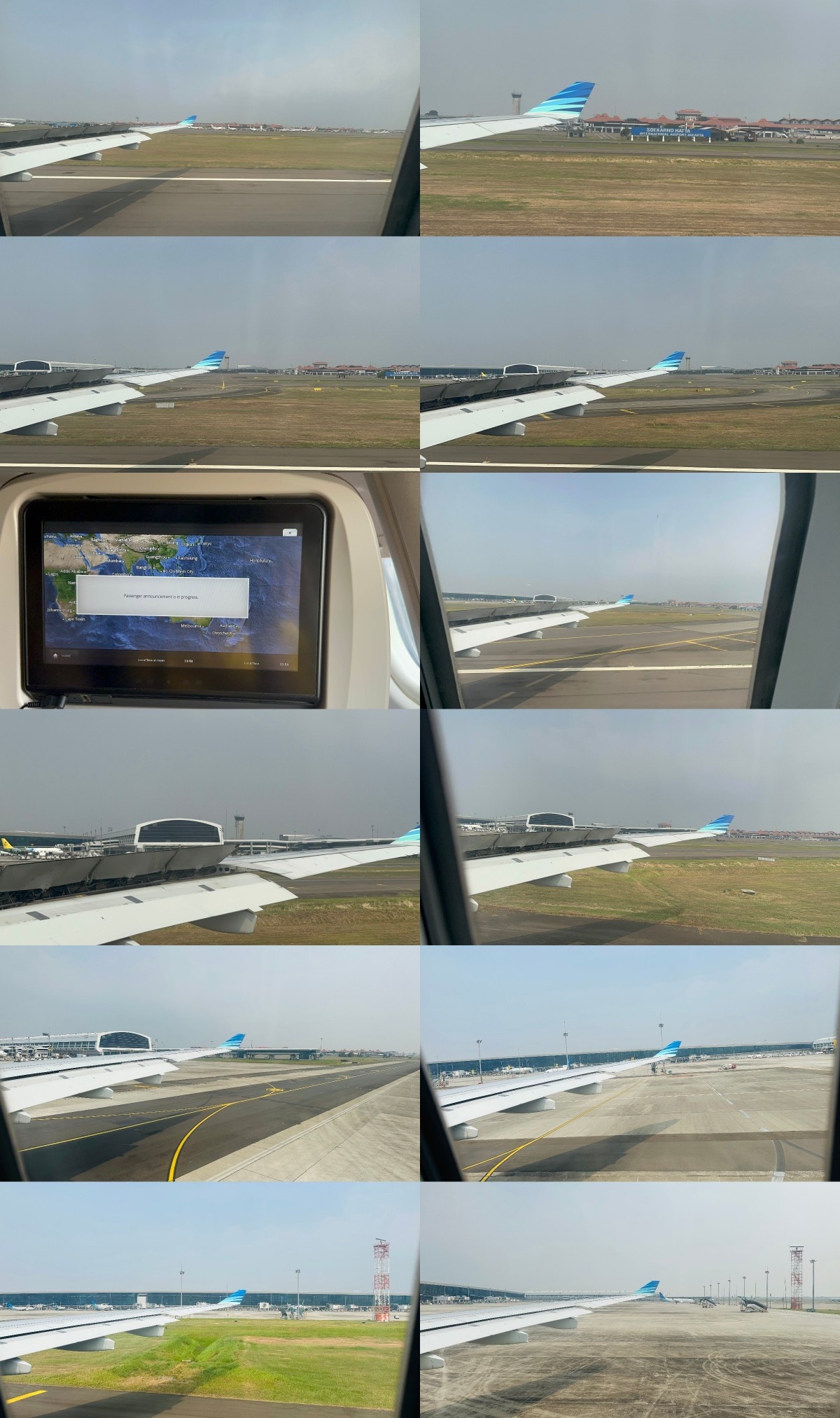
As always, Dad posted a picture of the flight’s arrival information, while I gleefully declared, ‘Landed at CGK!’ The cabin crewmember made sure to thank the airline’s codeshare partners, SkyTeam and otherwise — consisting of (verbatim) Etihad, Emirates, ‘KLM Royal Dutch Airlines’, Bangkok Airways and [sic] ‘Vietnam Air’ — in her landing announcement.
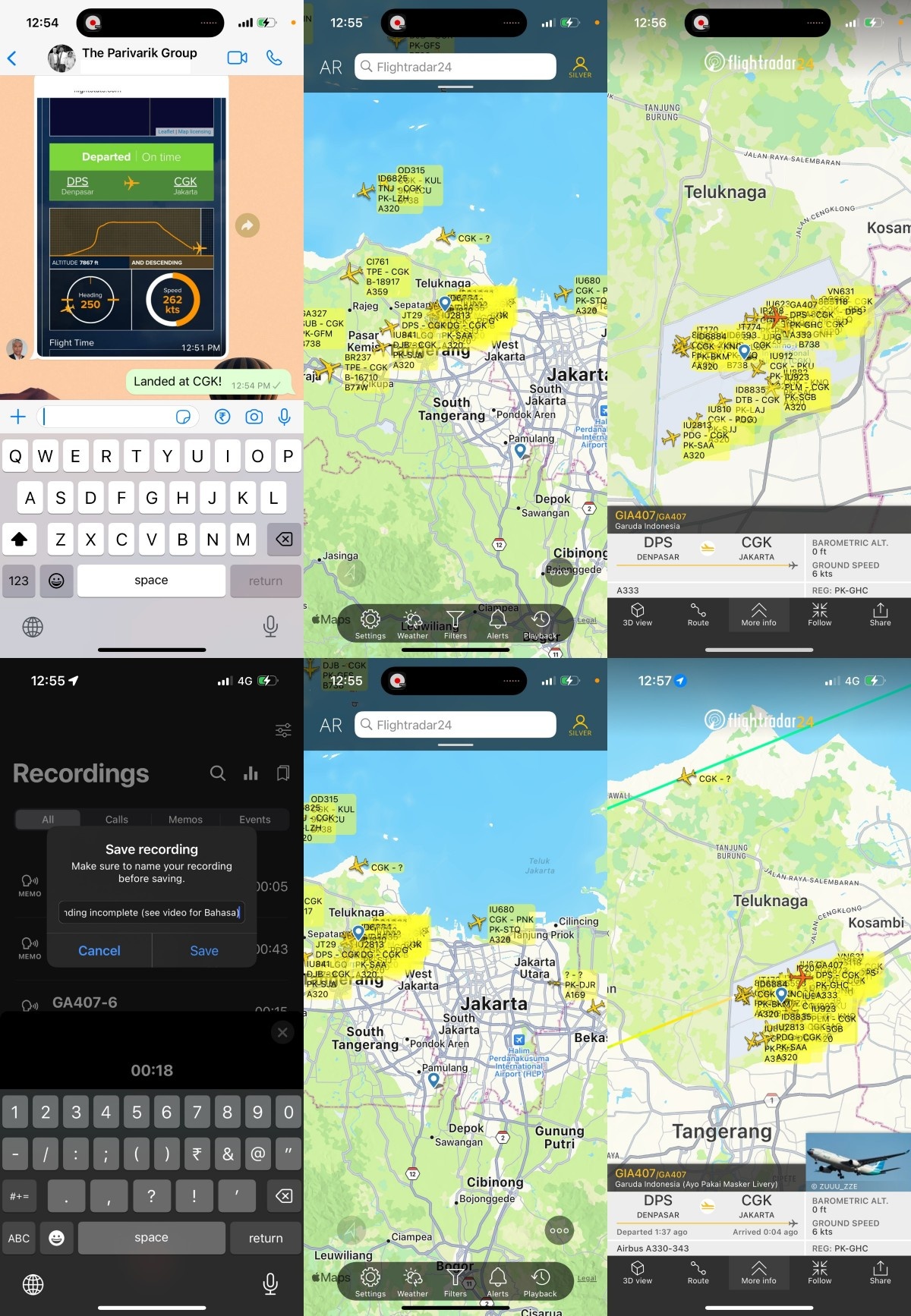
We pulled up close to a Cathay Pacific A350 (B-LRF, landed as CX777?!) — something I’m very excited to fly from Bengaluru in December, with an A321neo connecting to Hanoi — and parked eventually beside a company 737-800, PK-GNH, which had also arrived from Hong Kong as GA873 (discontinued in the winter schedule). In fact, like CGK (and Changi), HKG is also a ‘triple-ICAO-letters’ airport, as its ICAO code is VHHH — but nearby Macau missed out on this special distinction, as it has VMMC and not VMMM.
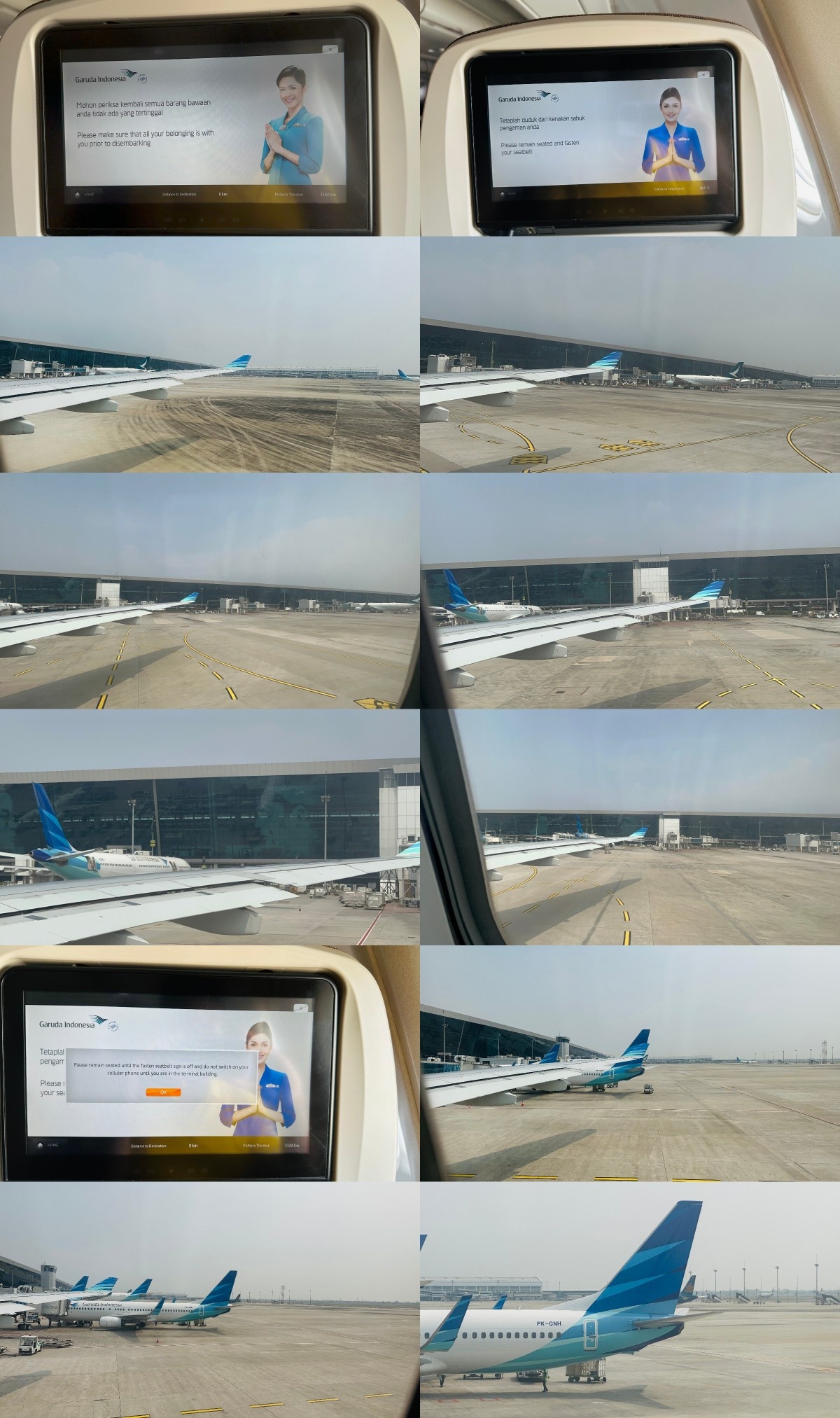
These were most of the aircraft on the ground at the time, with Vietnam Airlines’ sharkletted A321ceo VN-A611 having landed as VN631 from Ho Chi Minh City. Bear in mind that airlines in Vietnam and the Philippines are heavy on A321s, and have shunned the 737 — even though VietJetAir has ordered the 737-8-200 MAX — in stark contrast to Indonesia, Malaysia and Thailand, which are mostly 737 and A320 countries with little to no A321s.
Indeed, the entire AirAsia group has just four A321neos at present: 9M-VAA/VAB in Malaysia and HS-EAA/EAB in Thailand, which are indeed the only A321s operating commercially in those countries, while no Indonesian airline has any! (However, that group has hundreds of A321neos on order, potentially eclipsing IndiGo in the near future.)
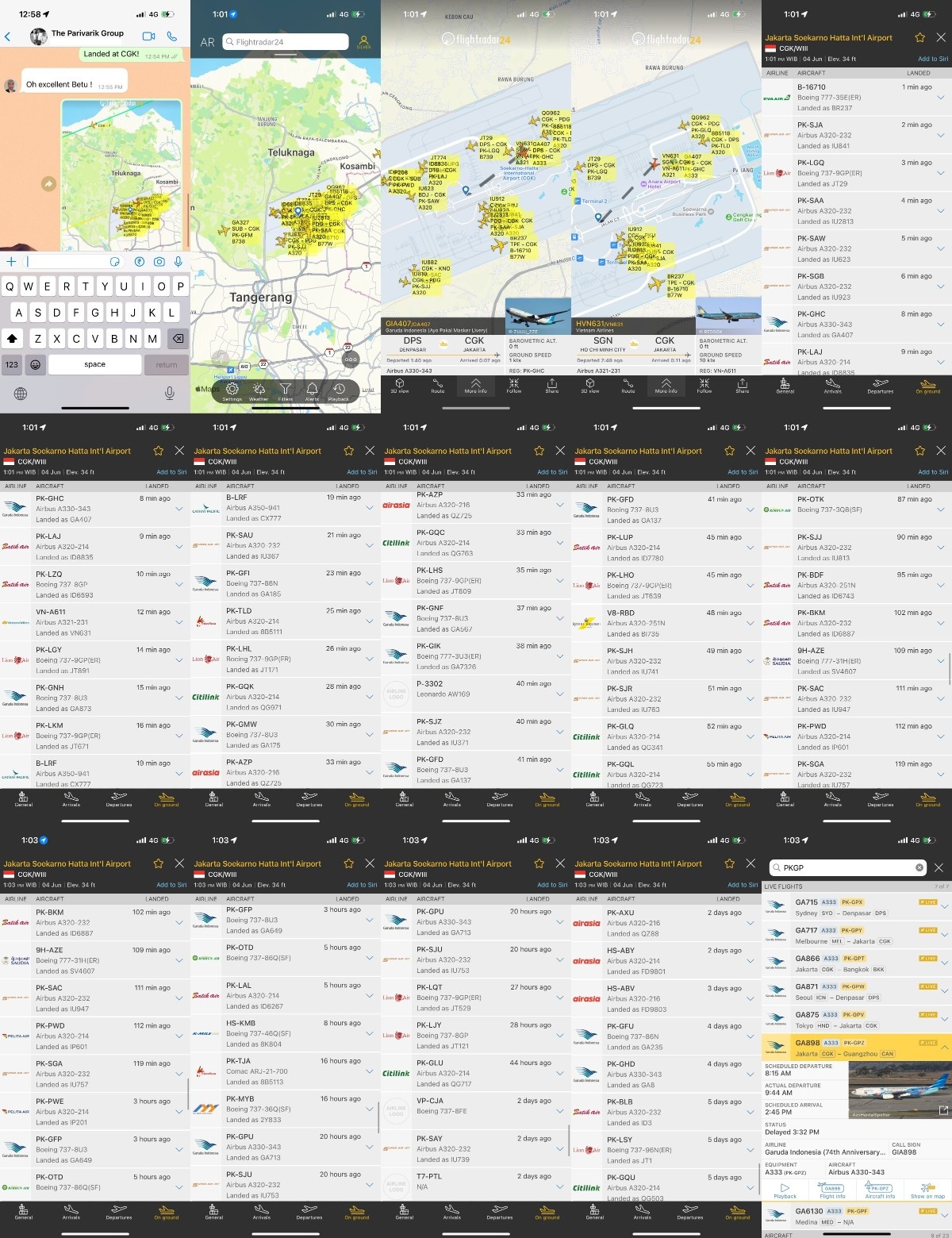
As if Garuda didn’t have enough special liveries already, the 1960 retrojet — 737-800 PK-GFM — passed us by, having landed as GA327 from Surabaya.
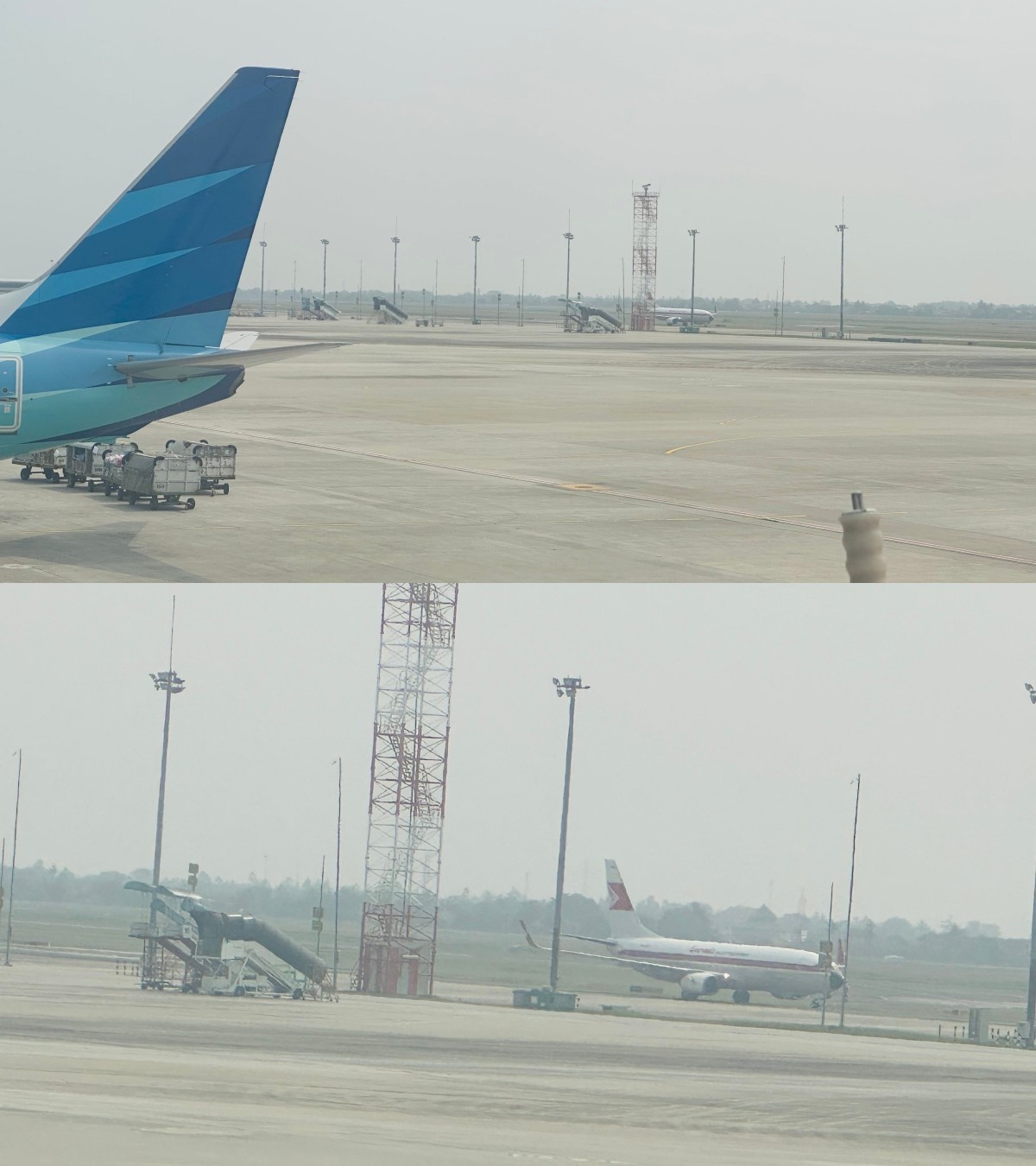
China Airlines’ A350 B-18917 (CI761 from Taipei) had also landed, and would depart not long after my next flight, GA836 to Singapore. By the way, CGK, located as it is in Tangerang to the northwest of Jakarta, is very far indeed from suburbs like Depok and Bogor — even though it isn’t physically as far from the city as KLIA is from Kuala Lumpur, located all the way down south (50+ km) but compensated by excellent expressways.
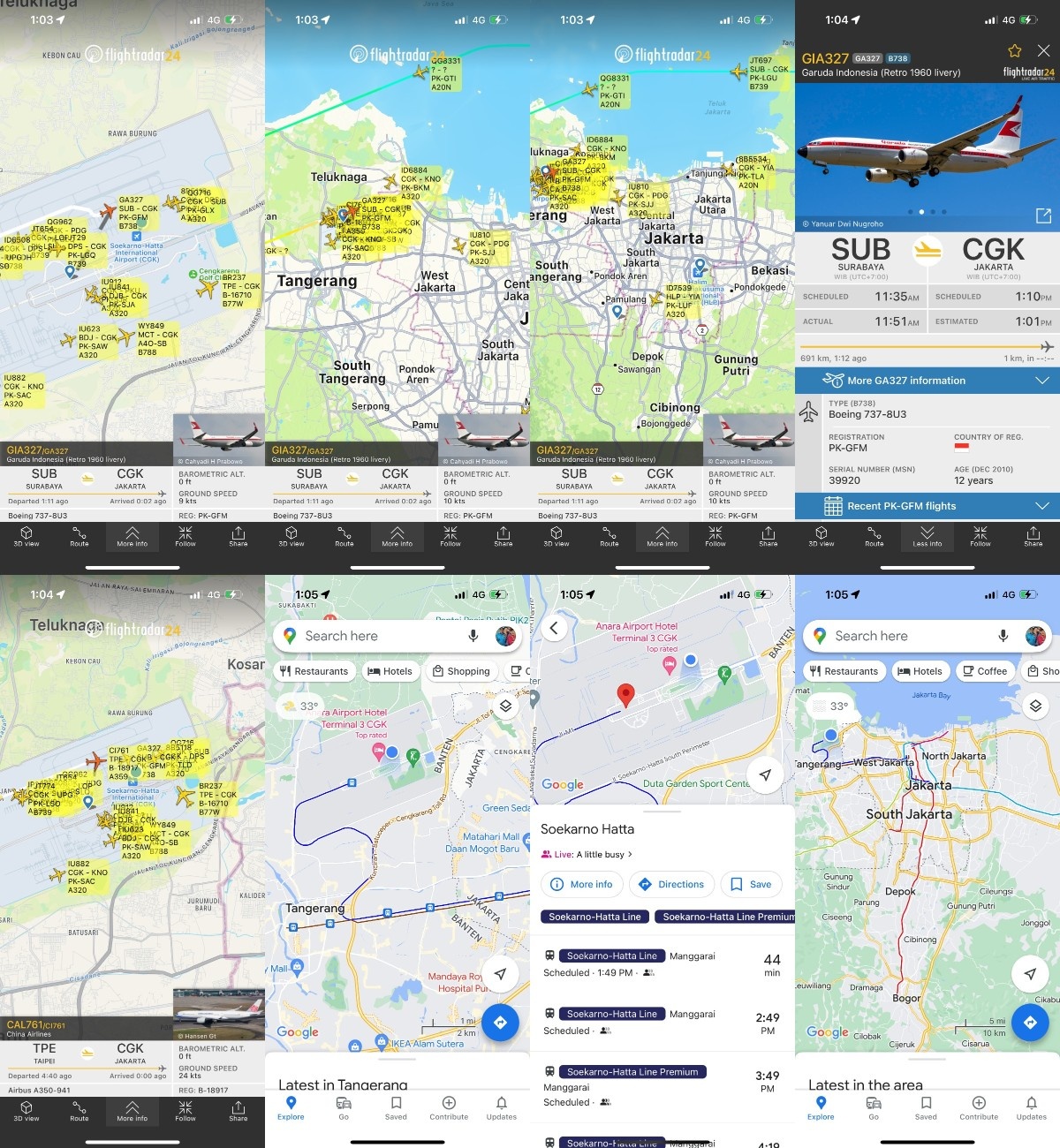
It had been by all means an excellent taste of one of GA’s most modern products, and I would gladly fly them again — if only their destination list were bigger, and if only they added a few aircraft! While that Skytrax sign was a wee bit outdated, as it ended in 2017, the fact that Garuda cabin crew are amongst the best out there cannot be beaten.
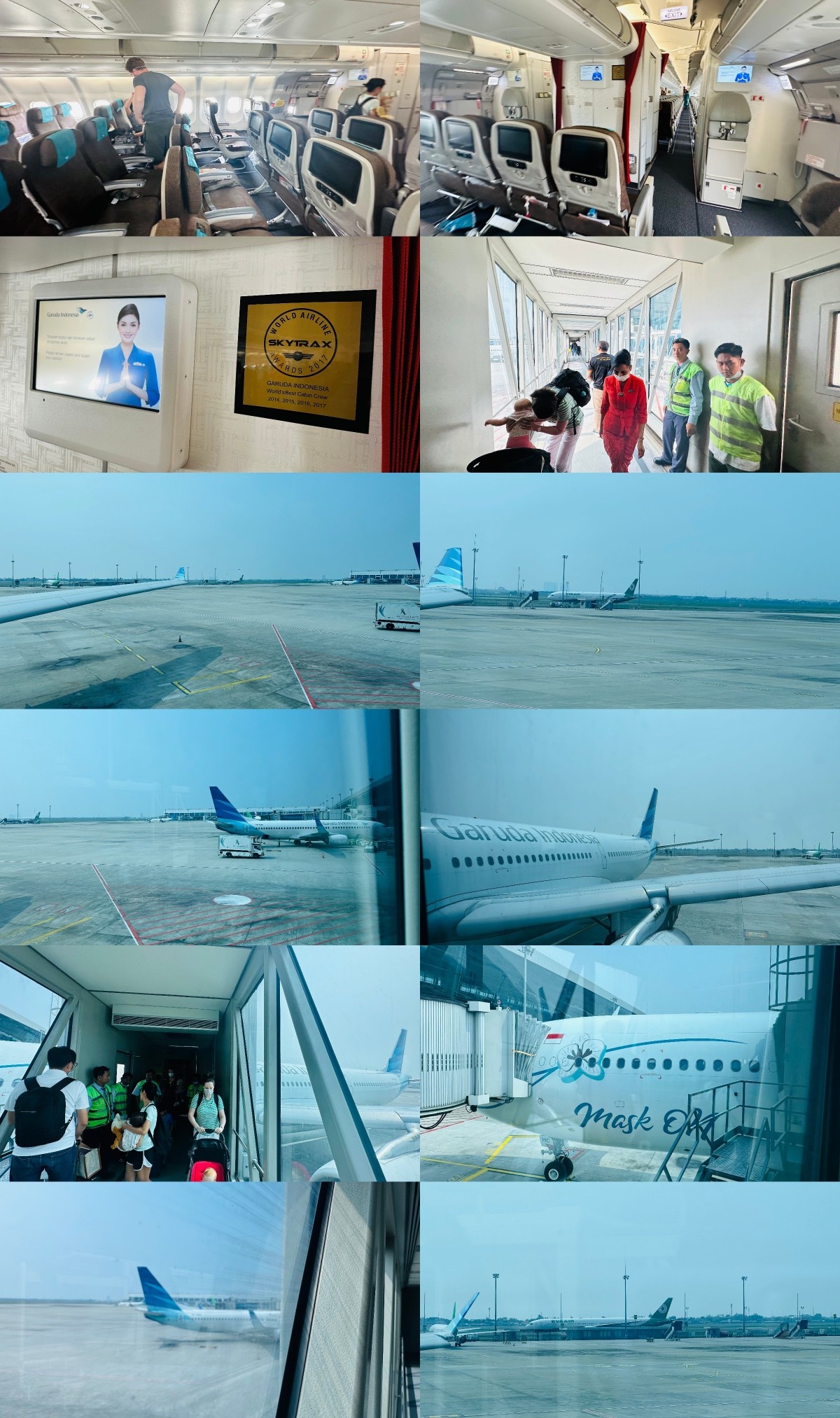
Thanks for the ride, PK-GHC, and unlike the plane’s permanent mask, I could finally afford to take mine off!
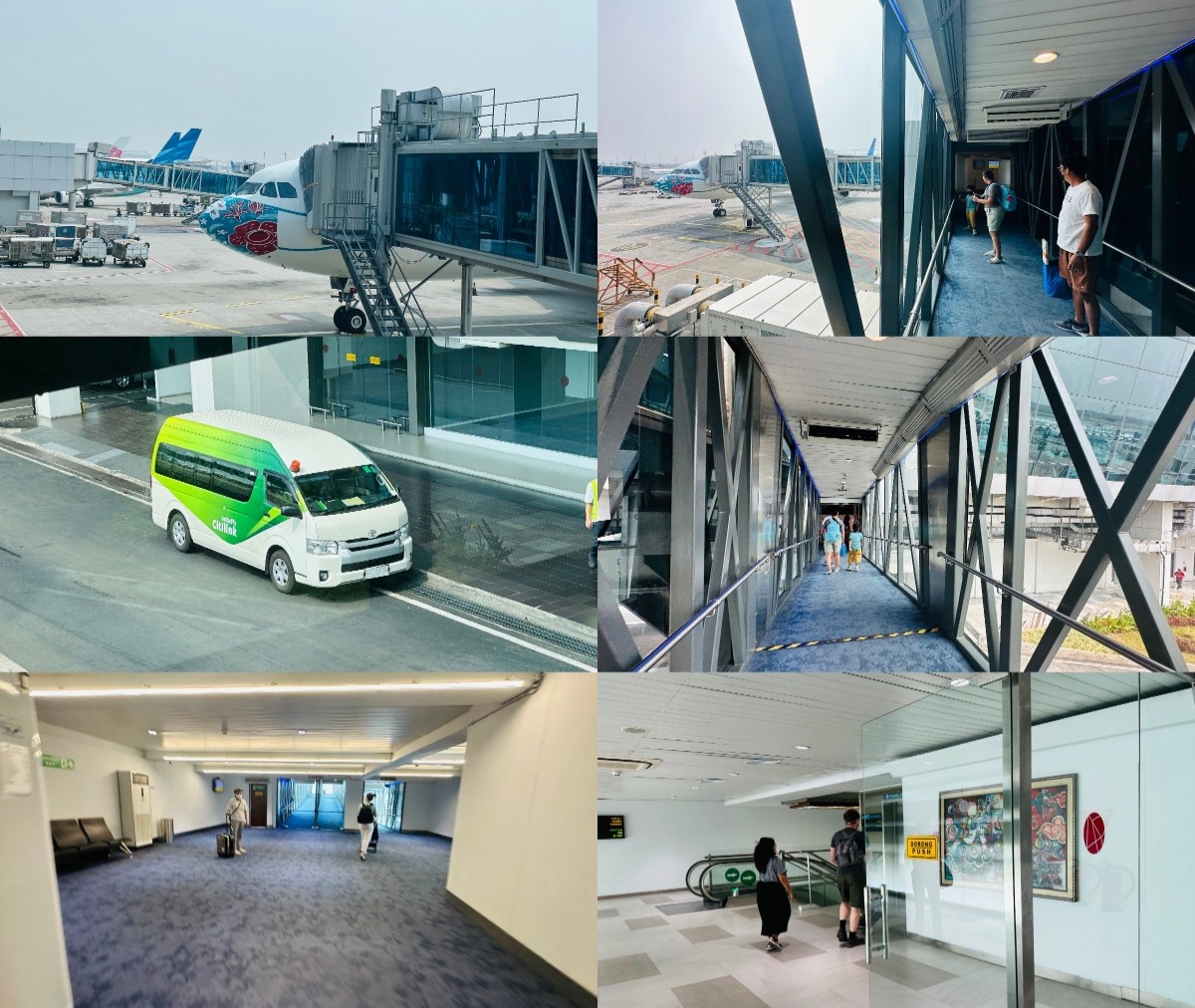
‘My son’s love affair with airlines’, my mother chorused — not that she’s especially interested in the business!
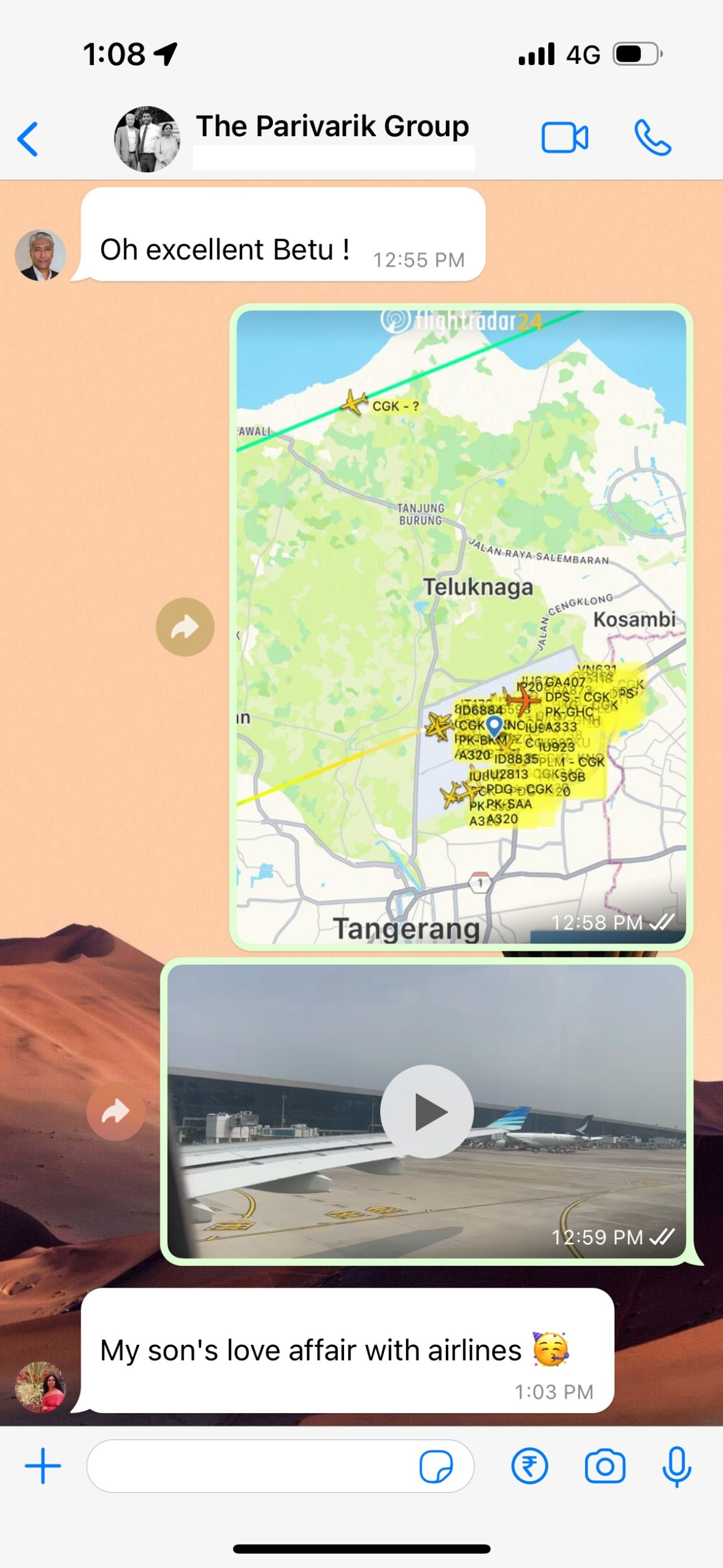
CGK’s intricate arrivals-hall artwork
I would’ve ended this report then and there, but for the ornate paintings in the arrivals hall, which itself had latticed mosaic windows on the ceilings. Each of these paintings was, in fact, for sale — and next to it was the WhatsApp contact number of the artist, should anyone make the (extremely unlikely) decision to part with a good chunk of their cash and leave the airport wall a little more blank!
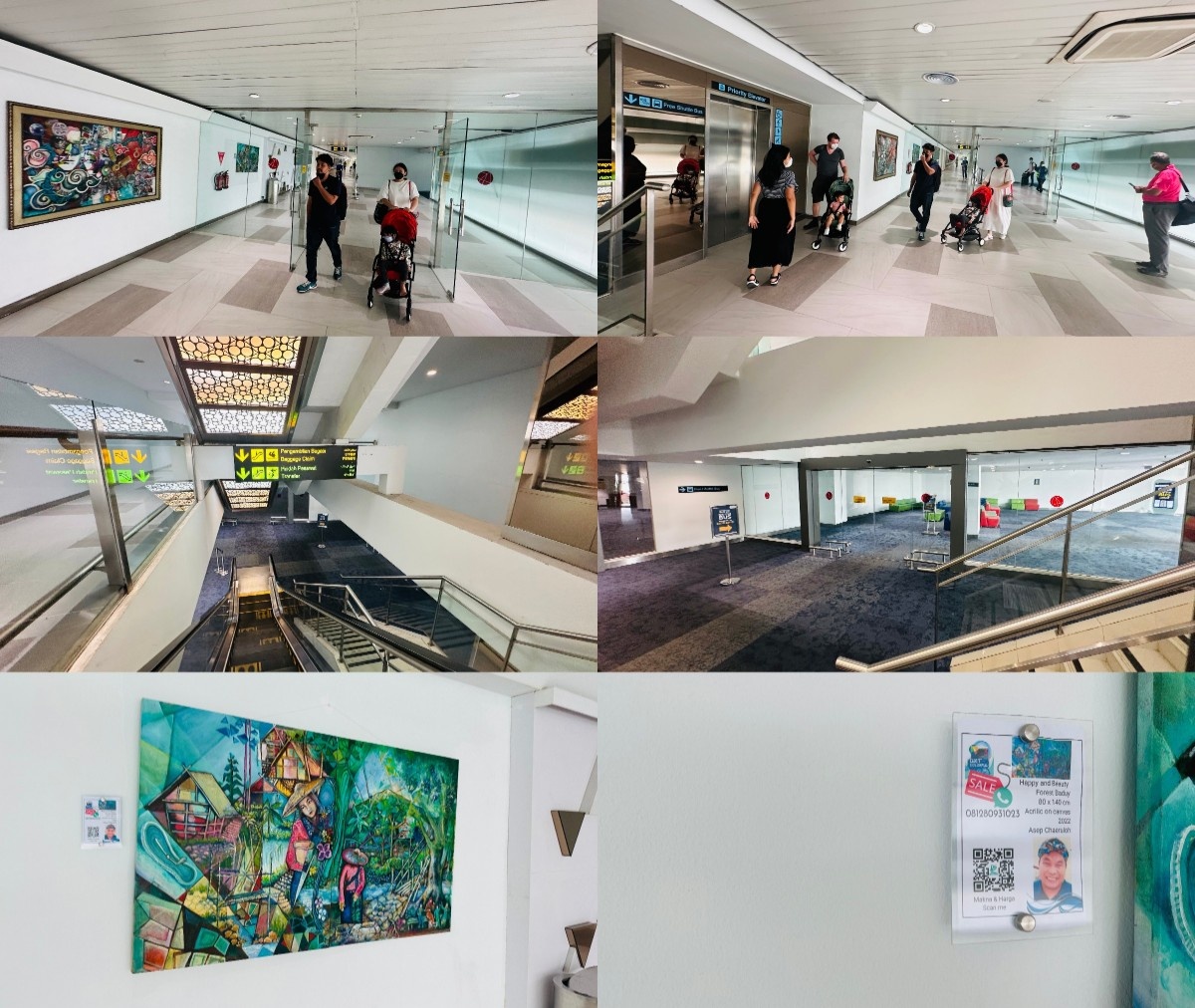
Especially eye-catching was this one of a traditional dancer, carrying a baby in her womb, with all manner of flowers and rivers and silks flowing in and out of her dress. Just as striking was the Vietnamese(?) village girl in the rice fields you see above, conical hat on her head, house built on stilts.
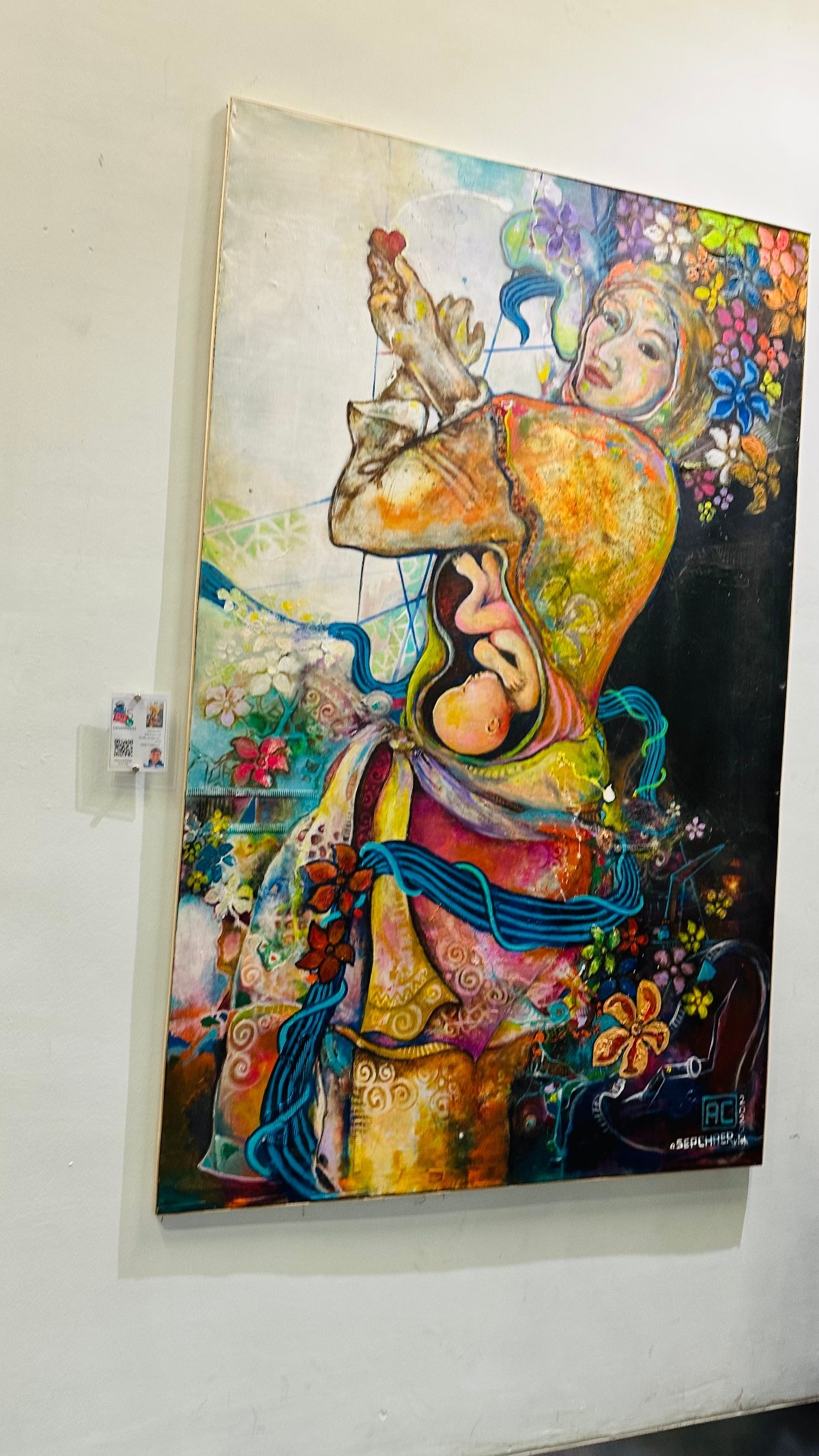
A whole row of these artworks lined up on either side led to the arrivals and transfer corridor, with the obligatory SkyTeam and Skytrax plaques placed behind the desk.
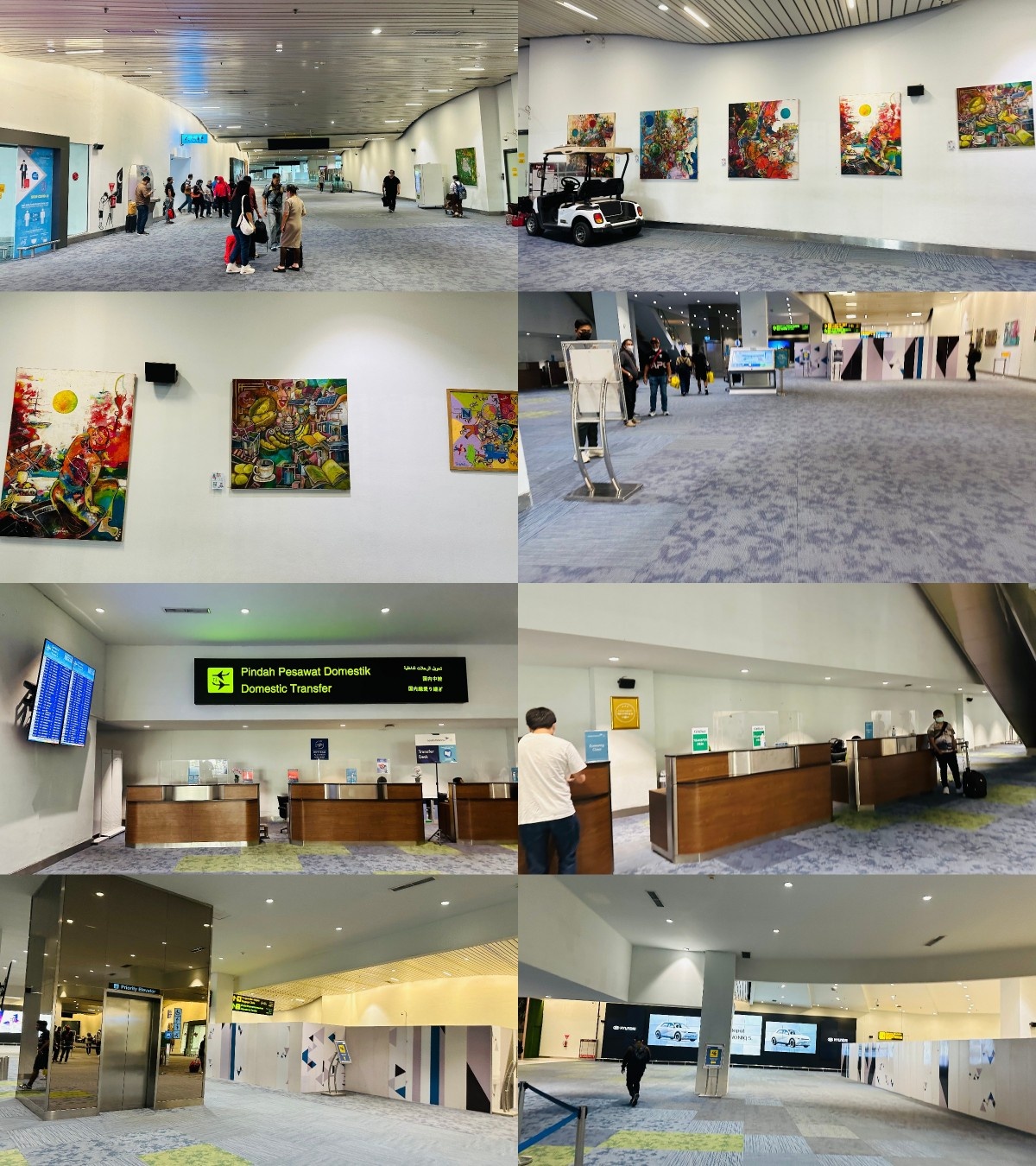
This in turn led to a ‘T3 CGK’ sign in a resplendent lit-up enclosure, surrounded by Hyundai ads for next-generation cars like the Kona, Ioniq 5 and Creta.
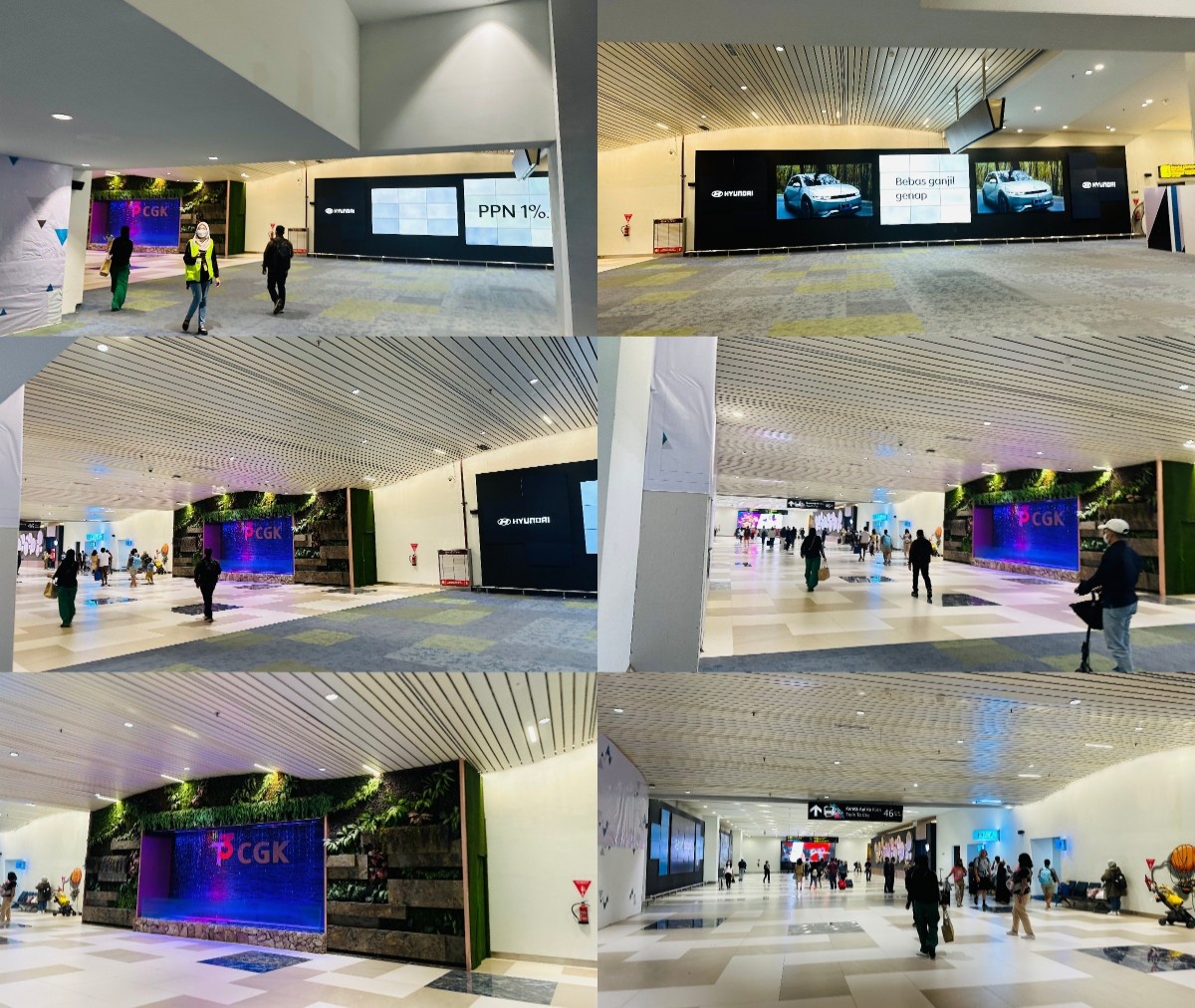
‘Those who love black live colourful lives’, said Hyundai — and indeed there was no better colour for the wall on the right side, itself filled as it was with a bunch of cultural circular creations.
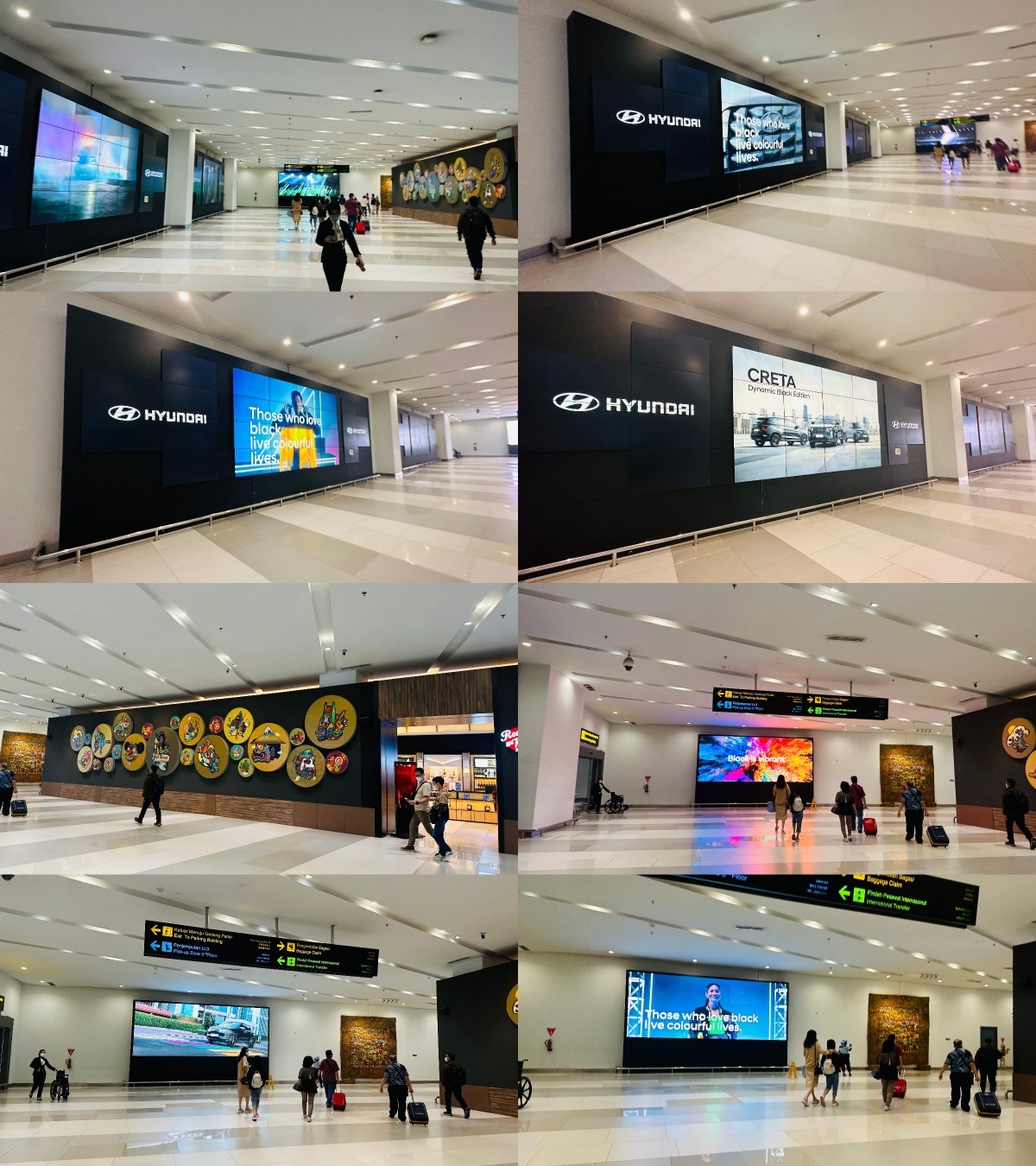
One final thing before winding up the main part of this instalment (not counting the extensive photo essay in the Travelling Bonus below): a bunch of memorabilia from my two flights on Garuda Indonesia, carefully put together for posterity!
